Welcome!
I’m an architectural photographer.
On my van-life travels through the British Isles I’m building up a word and photo-hoard of material culture that celebrates our built heritage and contributes to a sense of place.
My van is my time-machine, it gives me fresh perspectives on our remarkable places, shared here on a weekly basis.📸🚐🏛
Your email might cut off this digest. You can go online to view it all.
Photo-hoard
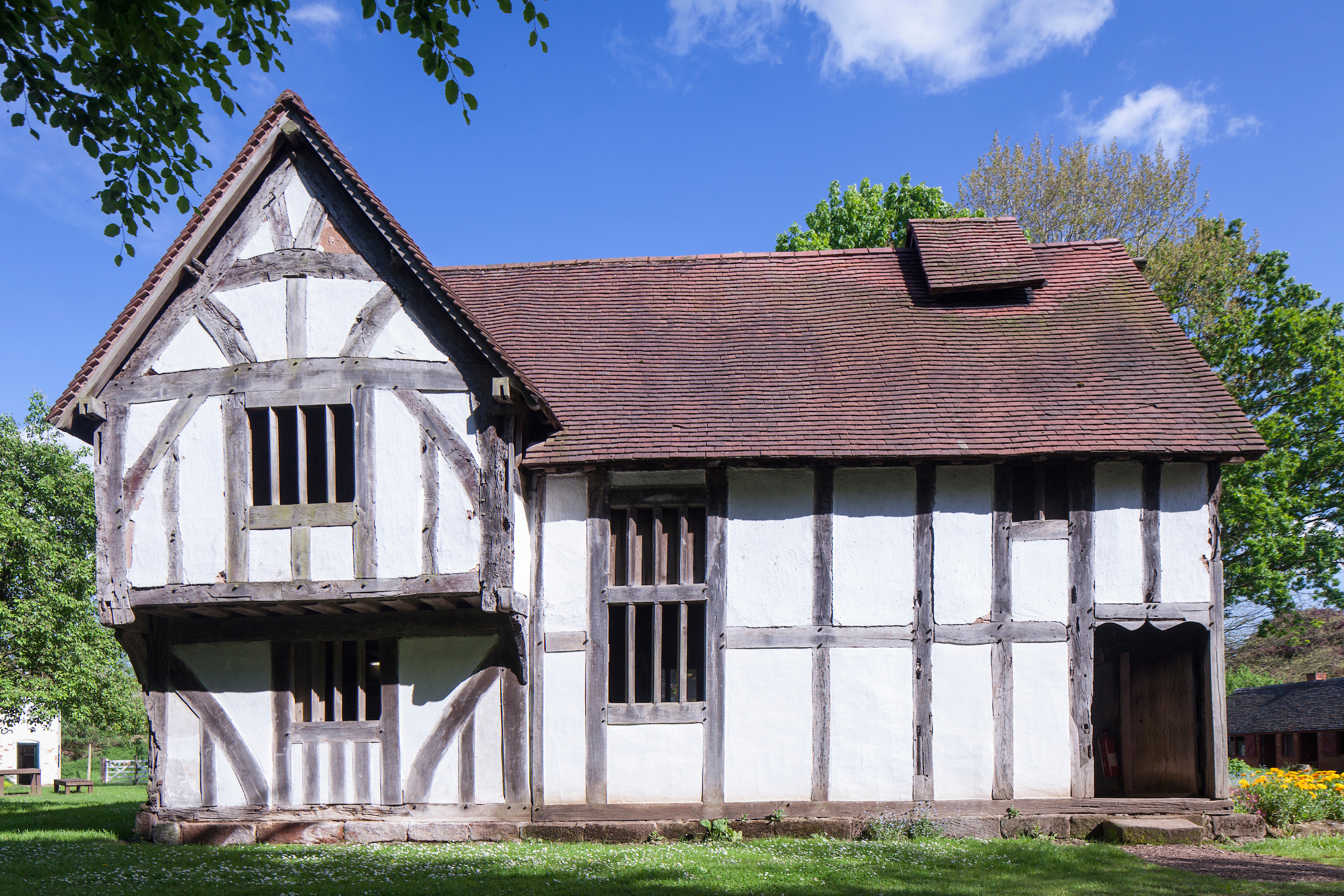
Home | Avoncroft Museum of Historic Buildings
Avoncroft Museum is home to over 30 historic buildings and structures which have been rescued and re-built in rural Worcestershire.
Words
"I preferred the Gothic pine cones... I would stroke the pine cones. They would bristle. They were attempting to persuade me to do something. In the tenderness of their shells, in their geometric giddiness, I sensed the rudiments of architecture whose demon has accompanied me all my life."
Observations
All photos shot on iPhone.
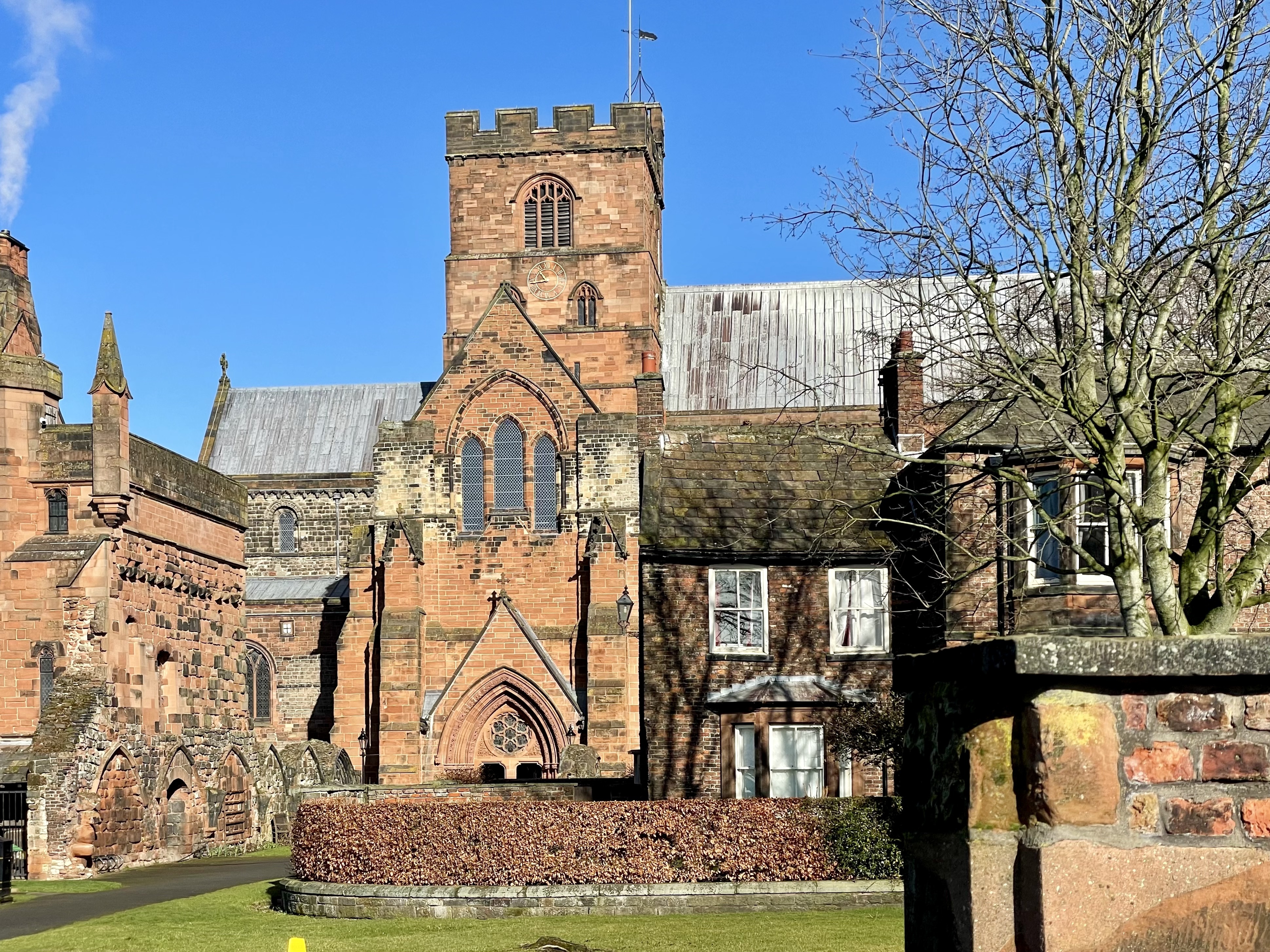
I get up at 0445 and head up to Carlisle through hovering patches of frozen mist to photograph the cathedral at sunrise. The light is blue. During the final mile into the city I watch the blue turn to purple and then to pink. The sky is apricot when I run up to the cathedral precinct and watch the first golden light creep along the chancel and aisles.
As the day passes, I work my way around the close photographing the cathedral from various angles articulating the relationship with the precinct buildings. Outside the south aisle I meet a lady in her 80’s who tells me that her husband was a stonemason at the cathedral and this is where she first met him. Inside James the head verger is shrouding the high altar in readiness for lent - but he kindly takes it off again for the photography. He also adds a touch of incense to the choir and it’s not too long before fingers of light hover over the cathedra and lecturn.
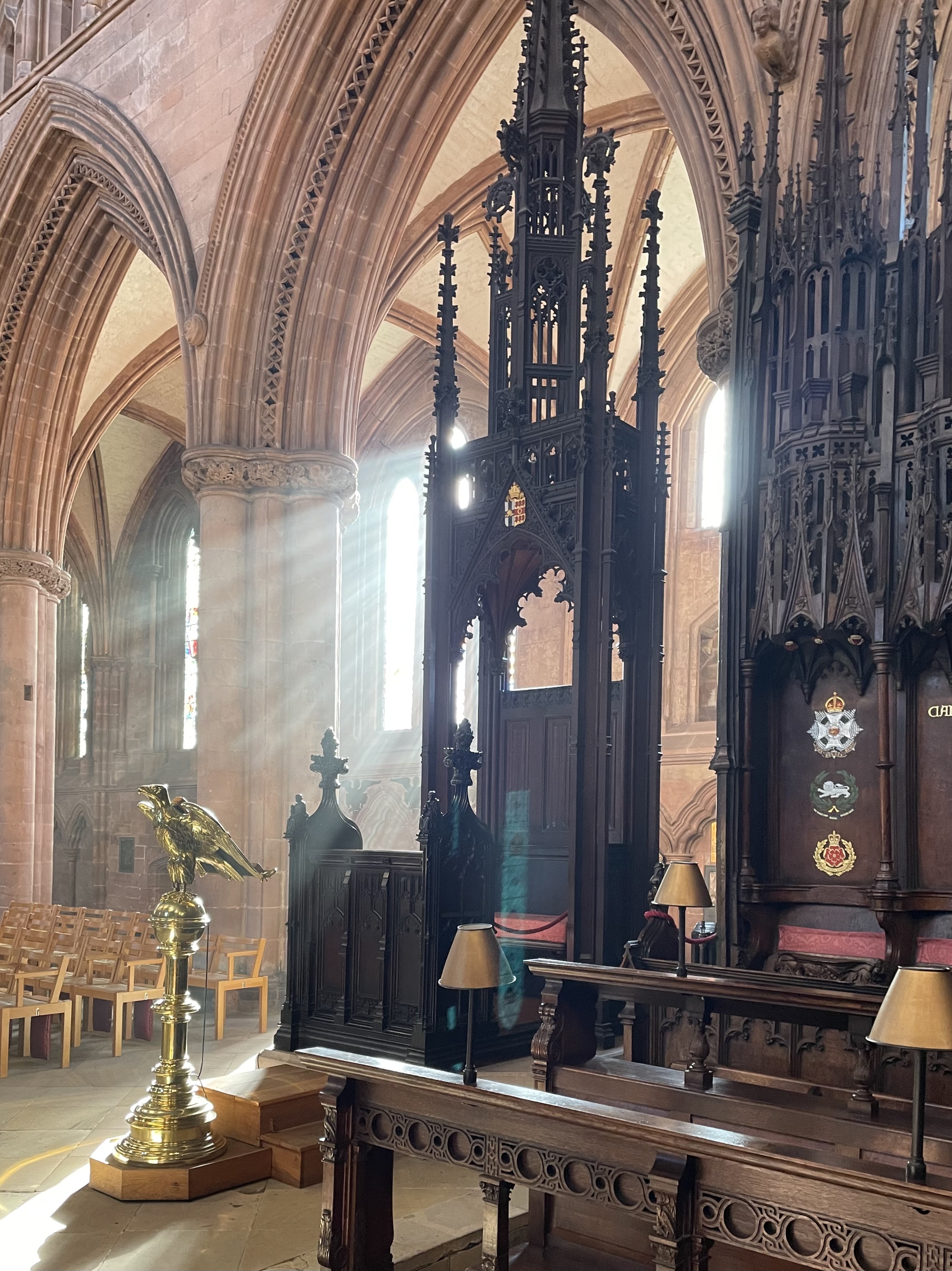
Exhausted from the early start I head into the new Fratry for sustenance. I ask the server if she can do me a poached egg on toast. She replies: “I can do you an egg mayonnaise sandwich.” I’m reminded of a few weeks ago when I call ahead to mum whilst travelling from a shoot in Poynton:
Me: “Hi mum, I’m calling in.”
Mum: “ Do you want something to eat?”
Me: “ A poached egg on toast would be nice.”
Mum: “ I’ll do you a sausage butty.”
Nothing more is said.
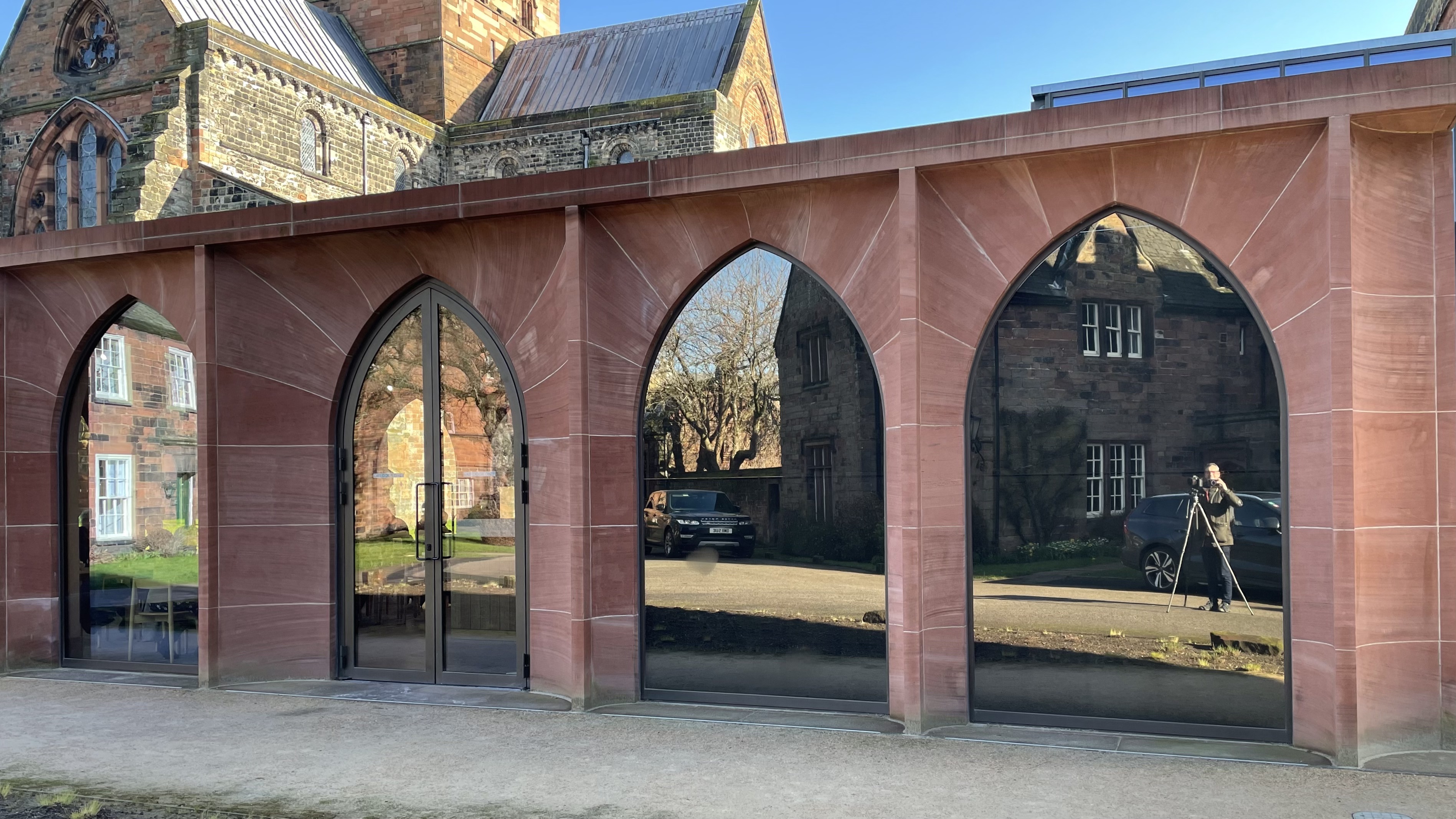
I’m booked into camp site on a farm a couple of miles south of Carlisle and I need to check in before returning to the cathedral. Margaret the farmer tells me that the sheep are in lamb and I might hear her wandering backwards and forwards in the night. I’m lodged next to the sheep shed. I can see them now through the window of my van with their heads lined up through the grate eating hay. Later, Margaret takes me inside the birthing shed and shows me the newborns. A ewe in the corner is licking her lips and stamping her cloven hooves ready to give birth.
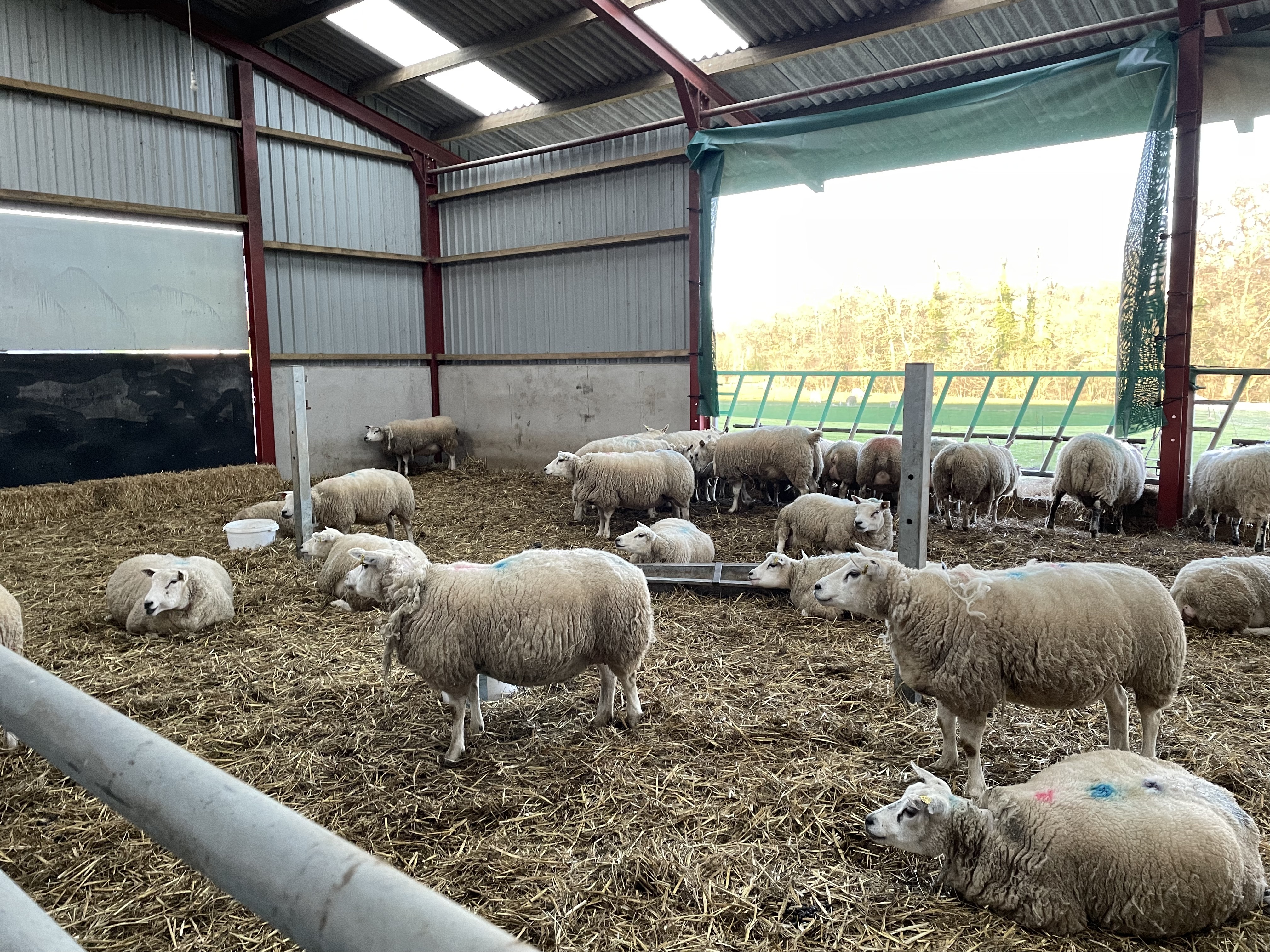
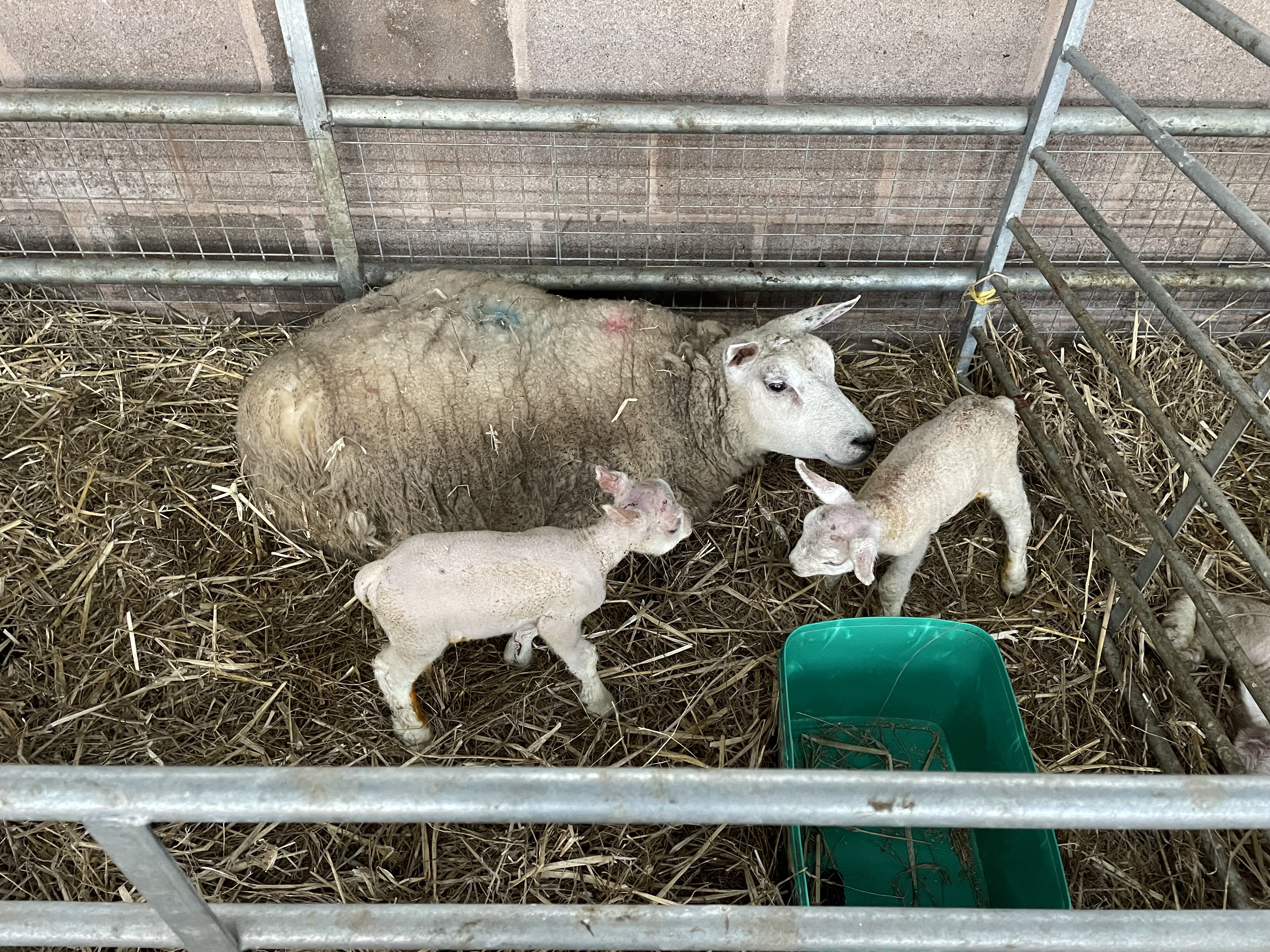
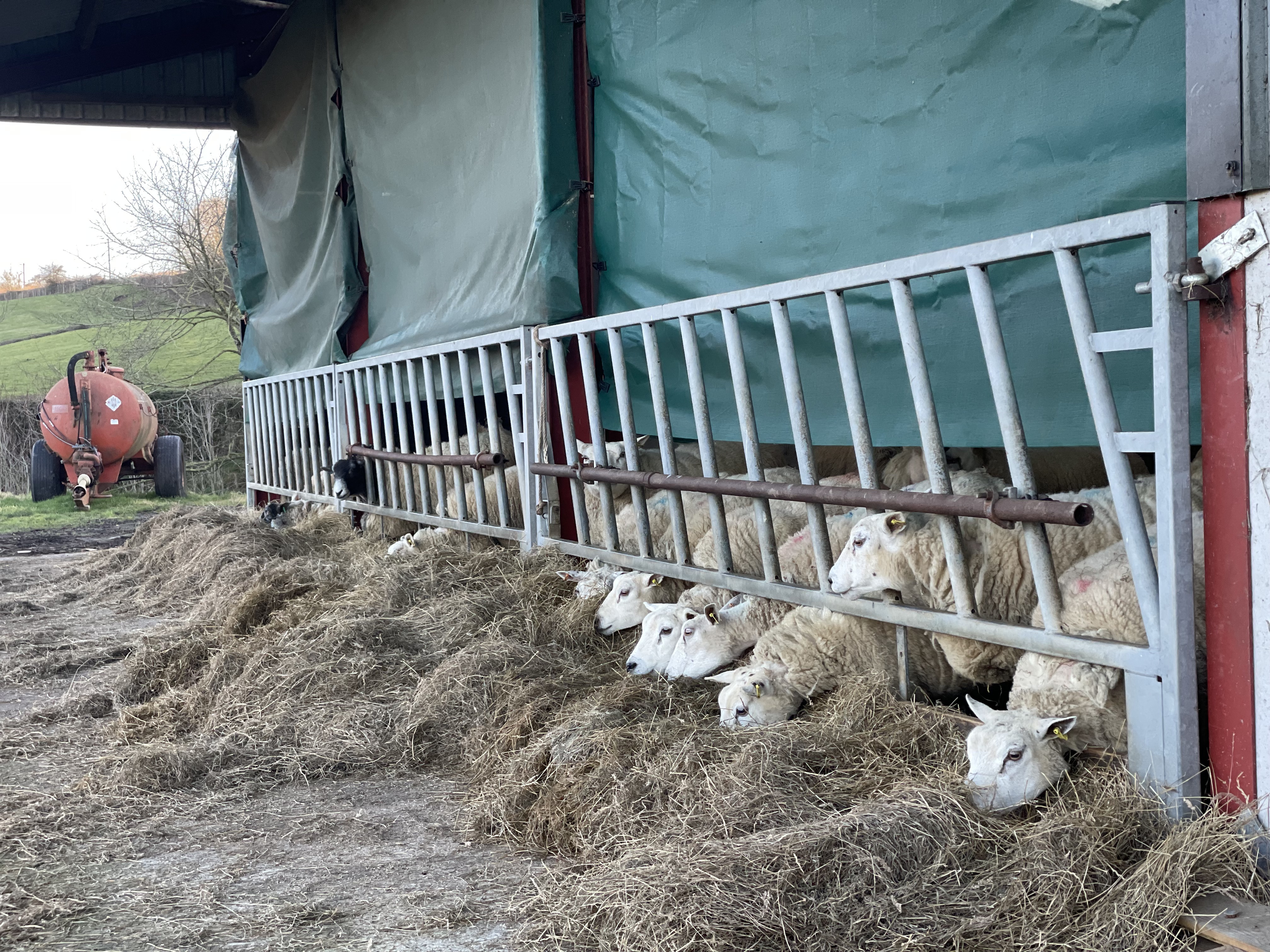
The farm has 12 cats and the van is inundated with felines of every pedigree and colour. One pads down on my faux fur and persists in winding its way under my hand. Later, they slow down my attempt to hook up the van by ratting the cable as I unravel it. I soon discover that it’s a clever ploy: whilst I’m trying to shoo the cable ratters, the rag doll has entered the van and is dining on left over porridge.
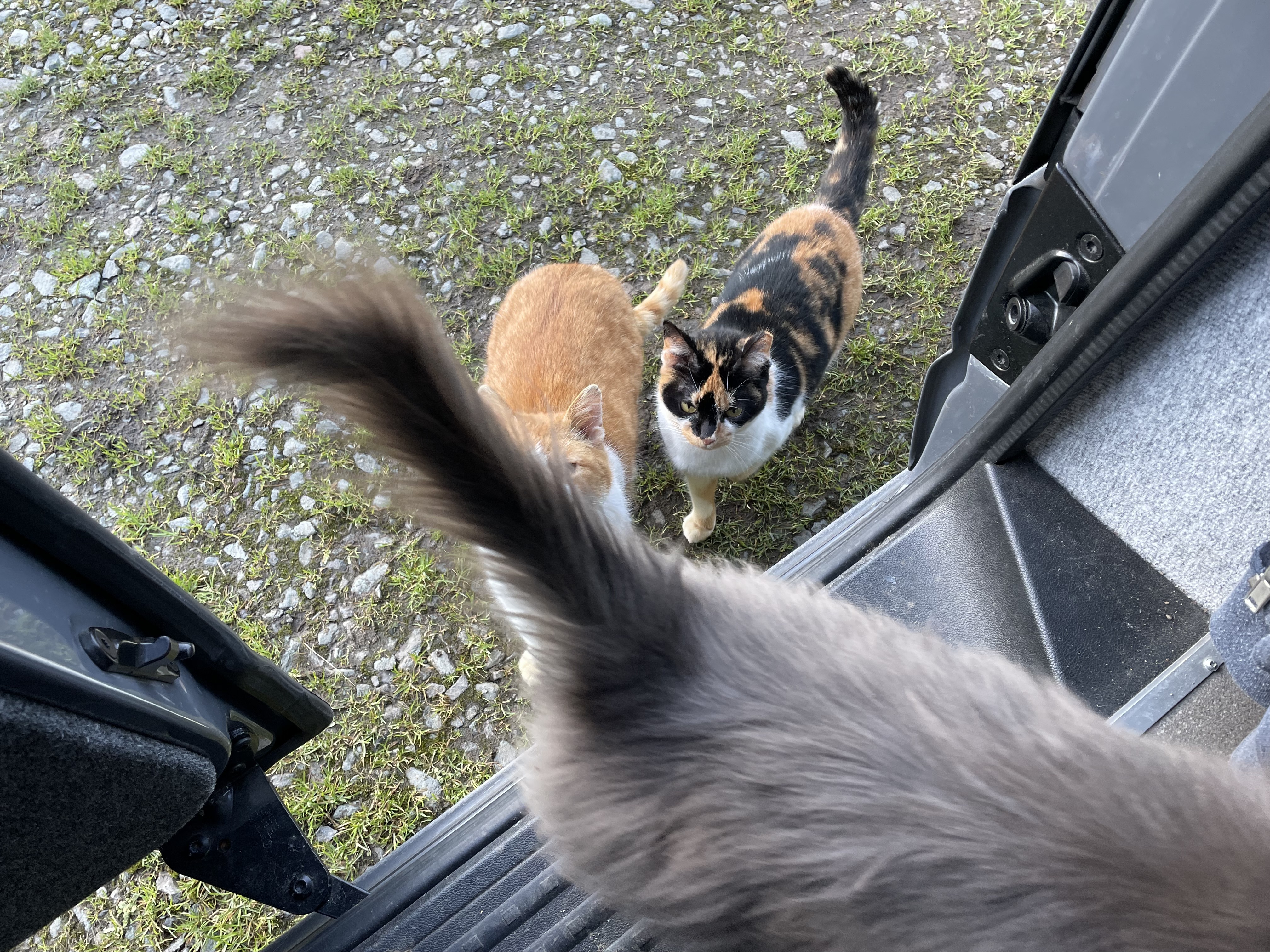
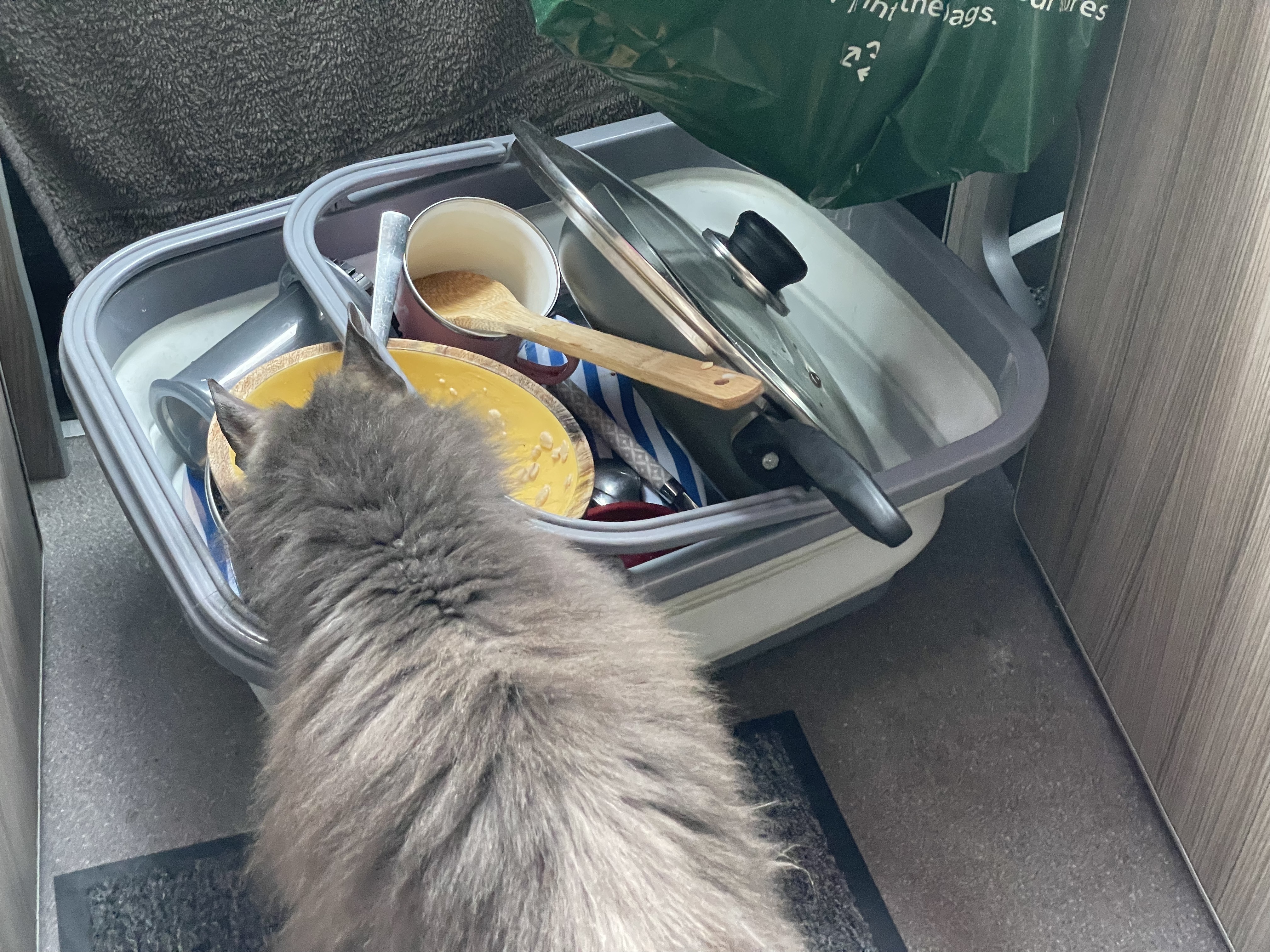
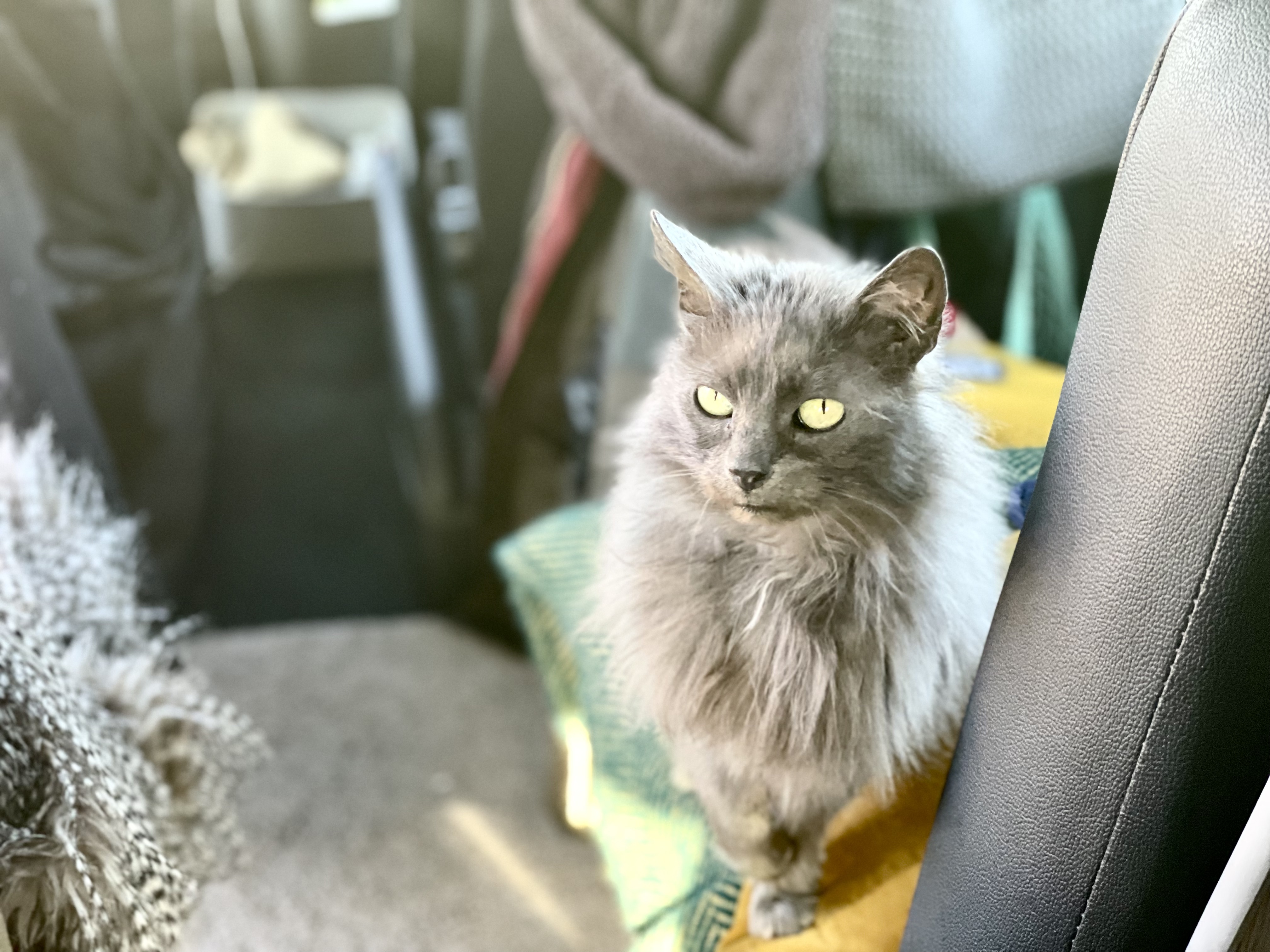
The farmer tells me to visit the church in Wreay (pronounced 'rea', as in Chris Rea), a few hundred yards from here. It was built by a woman called Sarah Losh in 1840, who funded the cost on the proviso that she could design it. I call in to the church on the way back to Carlisle. St Mary’s, Wreay is one of the most refreshing churches that I’ve come across. Every building has its time and this building’s time is now. I imagine when it was first built that architectural buffs might have seen the church as an act of naivety. For me this place is prescient: it has themes and portents ahead of its time. It’s as if Sarah Losh has mastered the art of time travel and, through this building, fashioned a message that’s relevant to us.
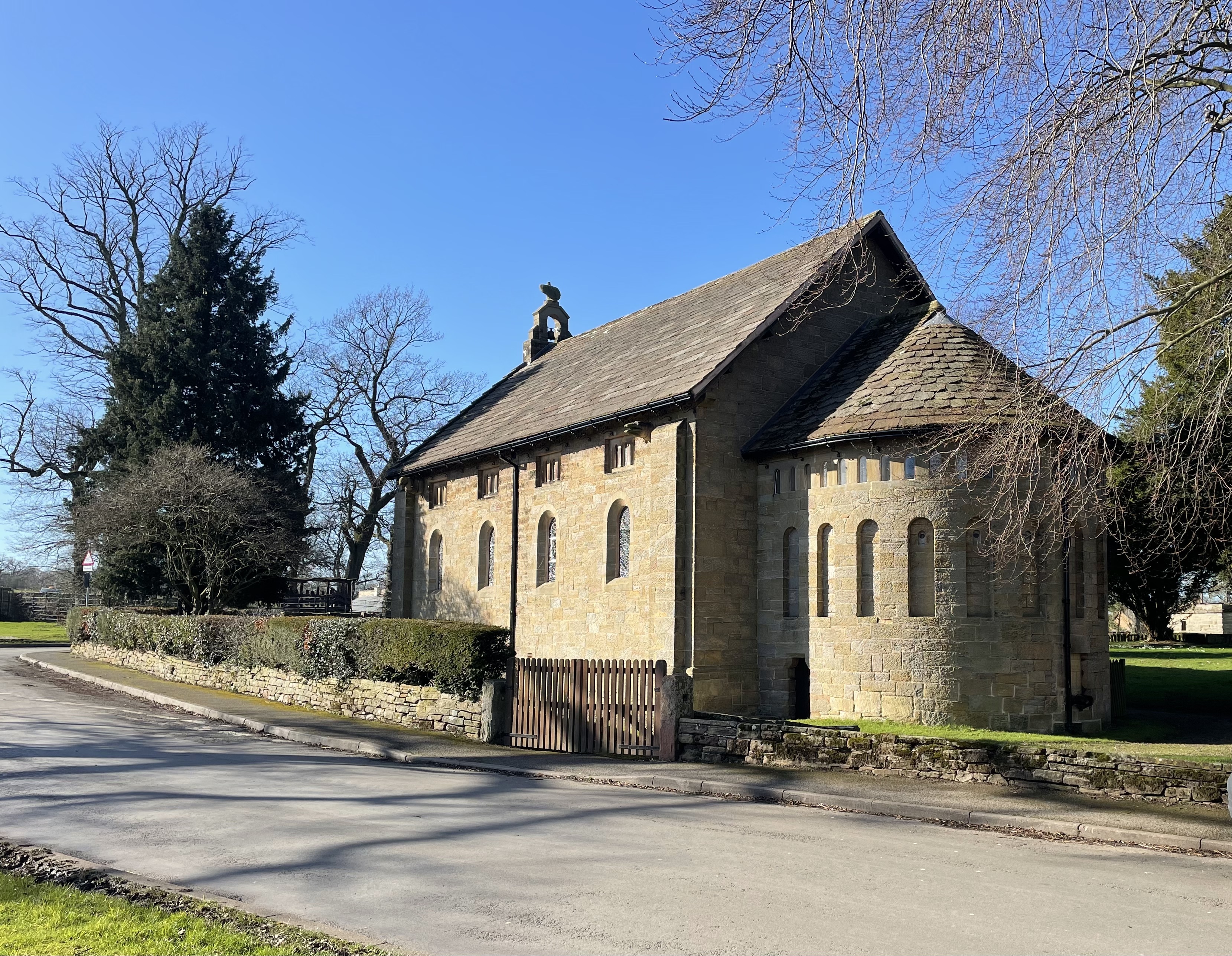
Simon Jenkins, in his book Thousand Best Churches, says of Wreay: “Unlike almost all the works in this book, Wreay appears to have been the creation of a single original mind. Sarah Losh was an individual genius, an architectural Charlotte Bronte. The Arts and Crafts Movement took half a century to catch up with her. “
I head back out to the cathedral car park and bump into a homeless chap who’s drinking a bottle of Newcastle Brown. He asks about the camera and says that photography has helped him through rehab. He tells me that he’s from Warwick. I mention that I’ve stayed in the camper van site in the middle of Warwick Racecourse. He says he once camped out there on the wooded edge for a year. He looks to be in his late 50’s with long silver hair - he has a wiry complexion with sparkling blue, smiling eyes. His hair is backlit with the sunlight. He looks earthy and of this world, textured like the surrounding medieval walls. I want to photograph him but can’t pluck up the courage to ask.
On the way up to the cathedral I’m snared by the light through the arch over Dean Tait’s Lane. It’s strong and contrasty and it zips through the portal with an eye blistering ferocity, pushing out the textures along the setts in the lane. I set the camera up and wait for somebody to walk through to give context. I get the shot and fold up my tripod. As I walk back through the gatehouse, harassed by the light, I notice the silhouette of a woman walking towards me. She looks otherworldly.
“It’s a perfect day for photography.” She says.
“It is, the textures are popping.” I say.
I wait for a response and look behind me, but she’s gone. I think of Sarah Losh. Perhaps this is the place, where she ports into the present.
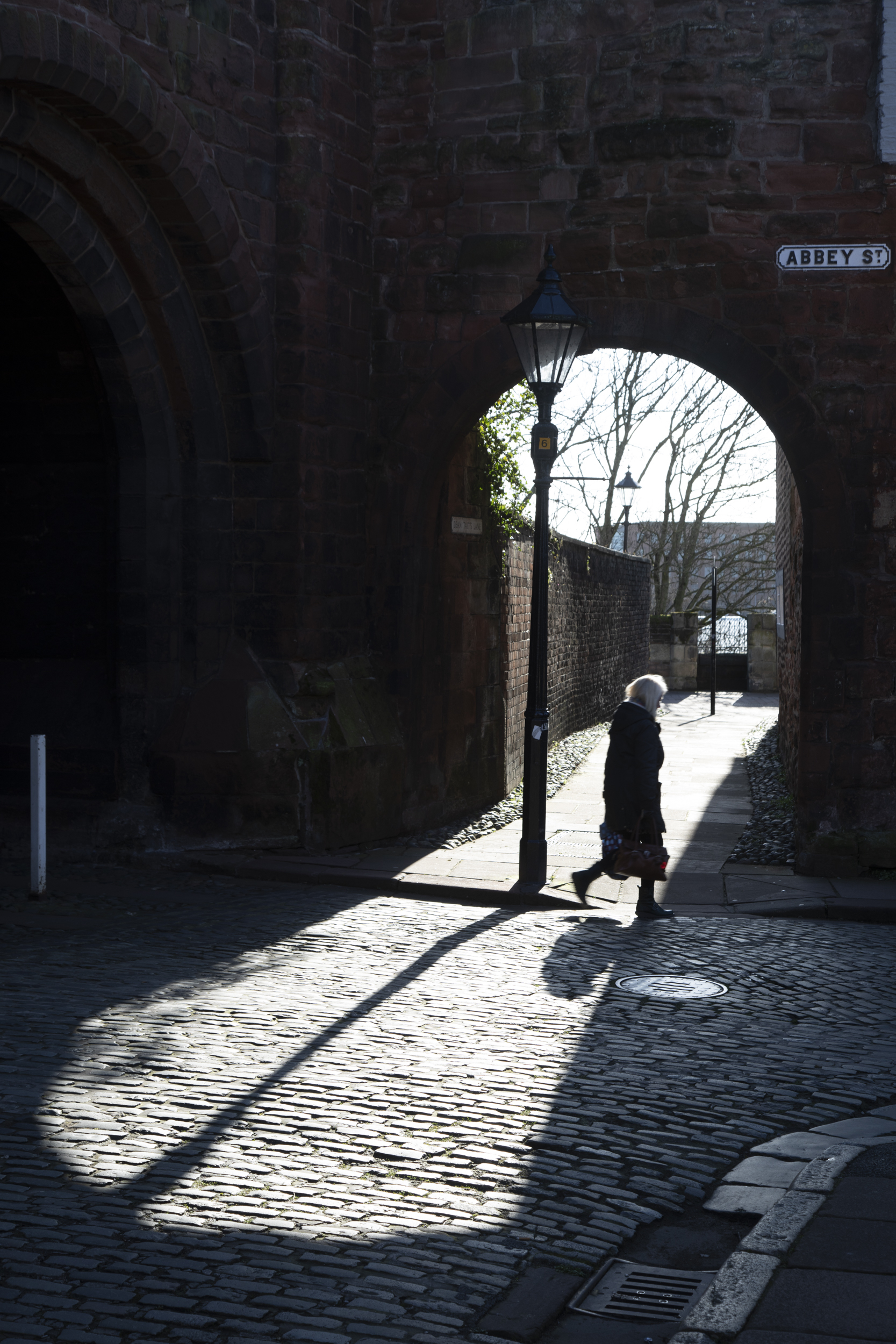
I remember the words by Tonino Griffero:
“The specific existence of the vital qualities of different spaces becomes evident and tangible mostly in the moments of passage from a space to another..”
On winter days like this the gateways throw their light out like a net and those that are caught are subject to fanciful thoughts.
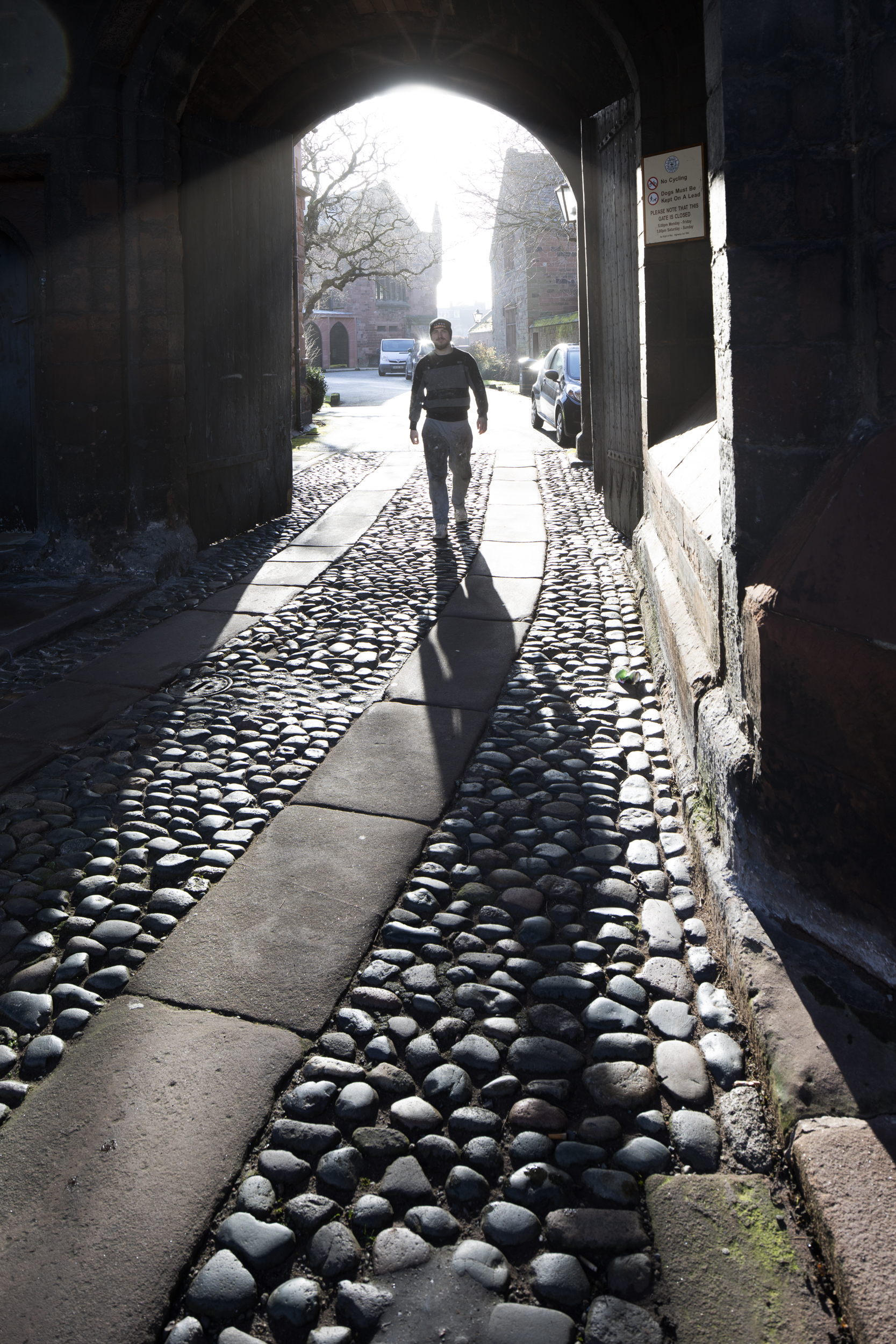
The war in Ukraine has slowed down the day and made it precious: the hustle and bustle of a photographers life; all the human interactions; every blade of grass, every cat and building, every wall and window; the textured surfaces, the sounds and smells, the light nuanced colours, the silver-haired-tent-dwellers and the church-building-time-travellers.
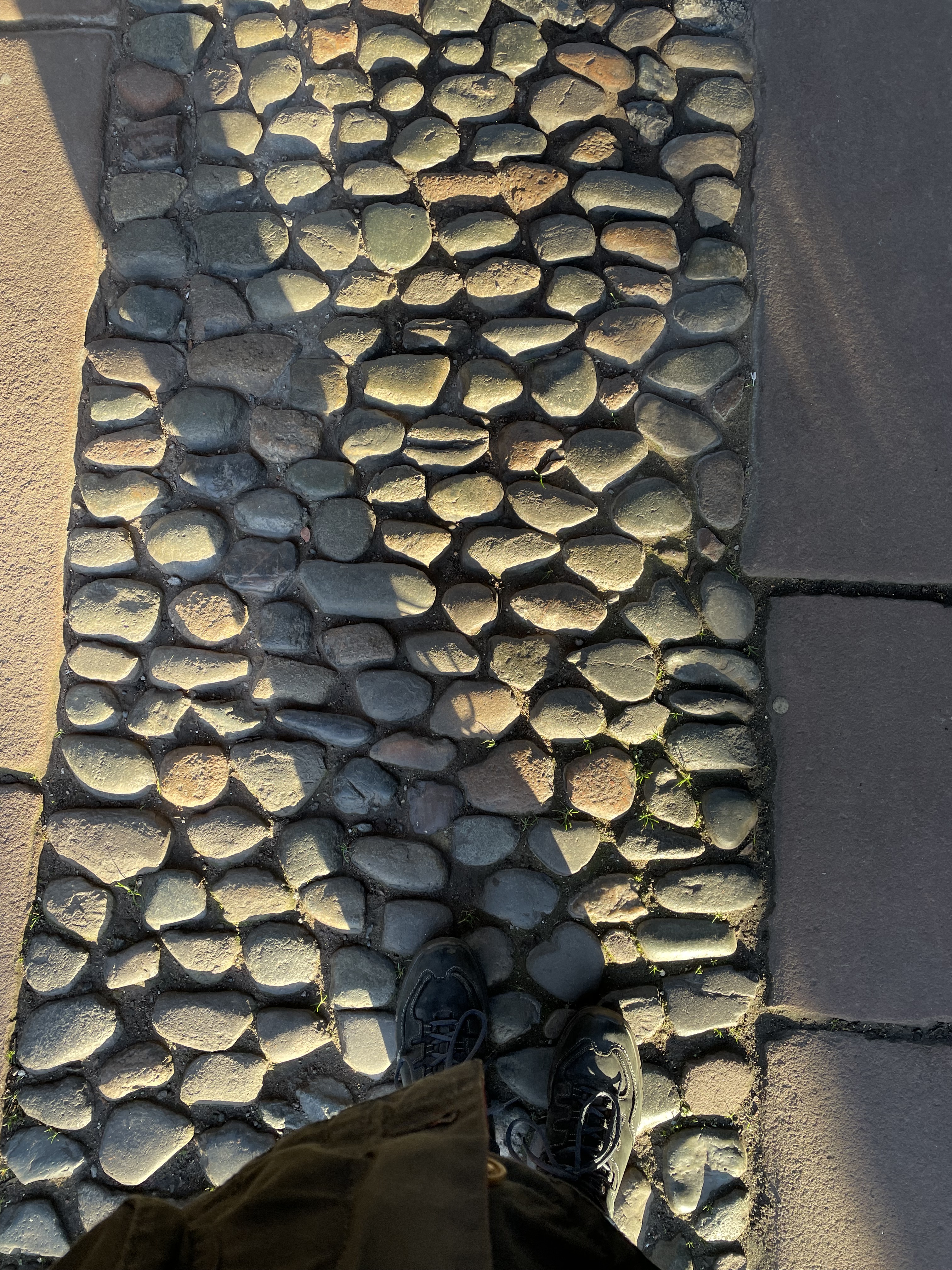
Hotspots
A photo shoot in Carlisle and a divine encounter in Wreay.
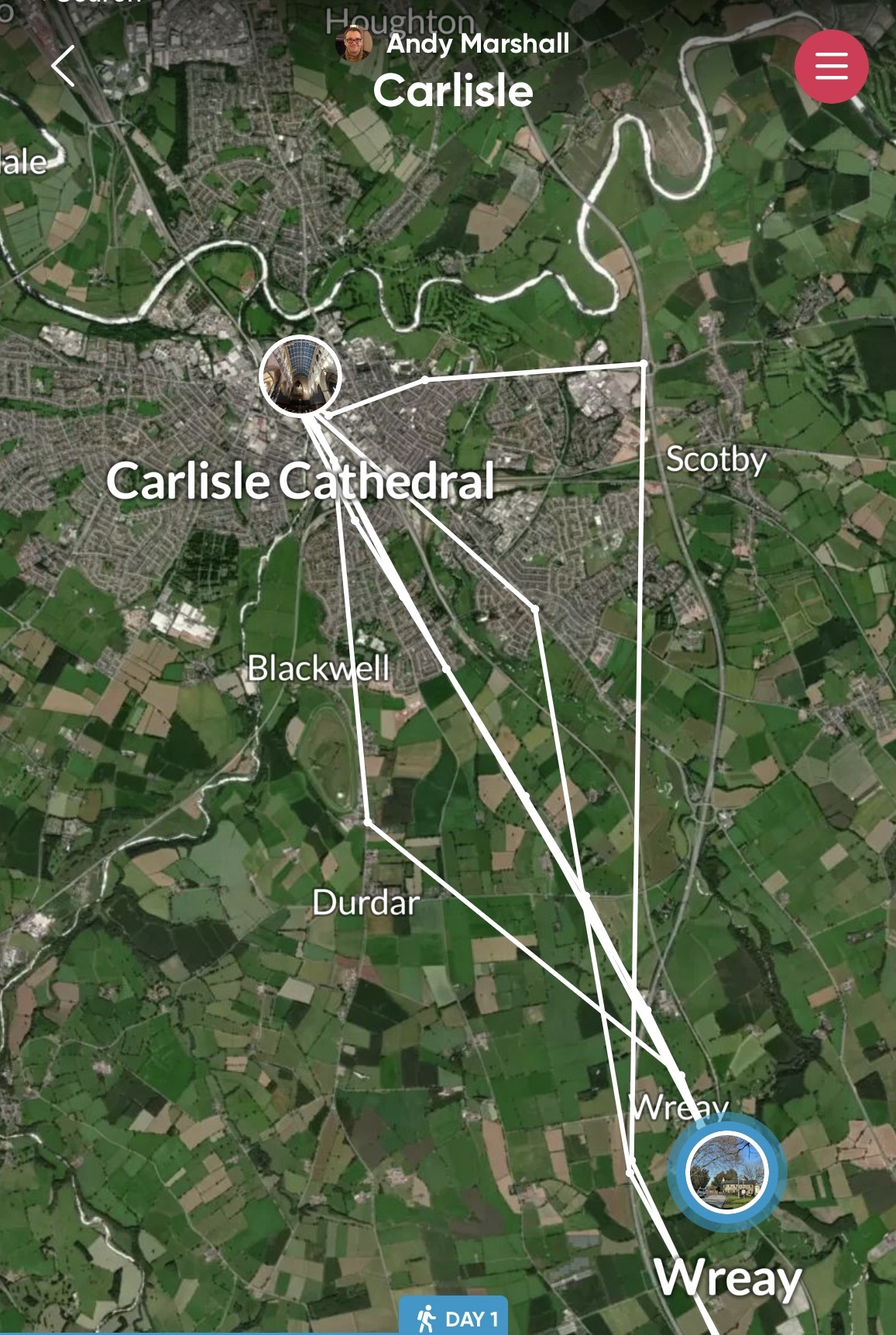
All photos shot on iPhone.
Carlisle Cathedral and Precinct
I'm in Carlisle as part of a commission to photograph the cathedral. The best place to start any visit is in the cathedral precinct which has a cafe at its fulcrum. The precinct displays several hundred years of visible archaeology, with different styles crashing up against the other.
Park up at the south end of the Town Dyke car park (near to the public toilets). The best experience is to walk through Dean Tait's lane and turn right through the gatehouse.
I'll be sharing some of my professional photographs taken at Carlisle in this month's third Patina edition soon.

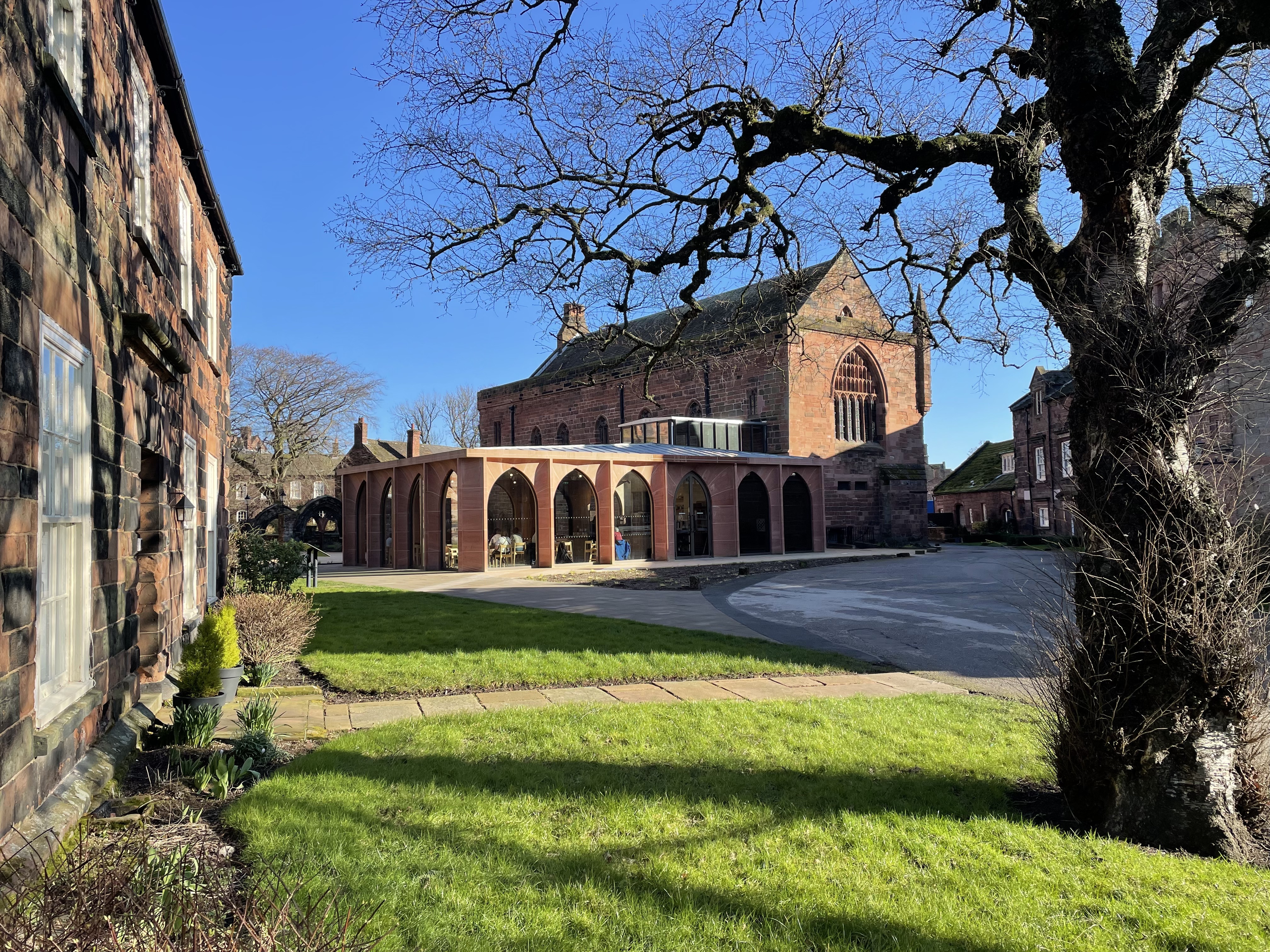
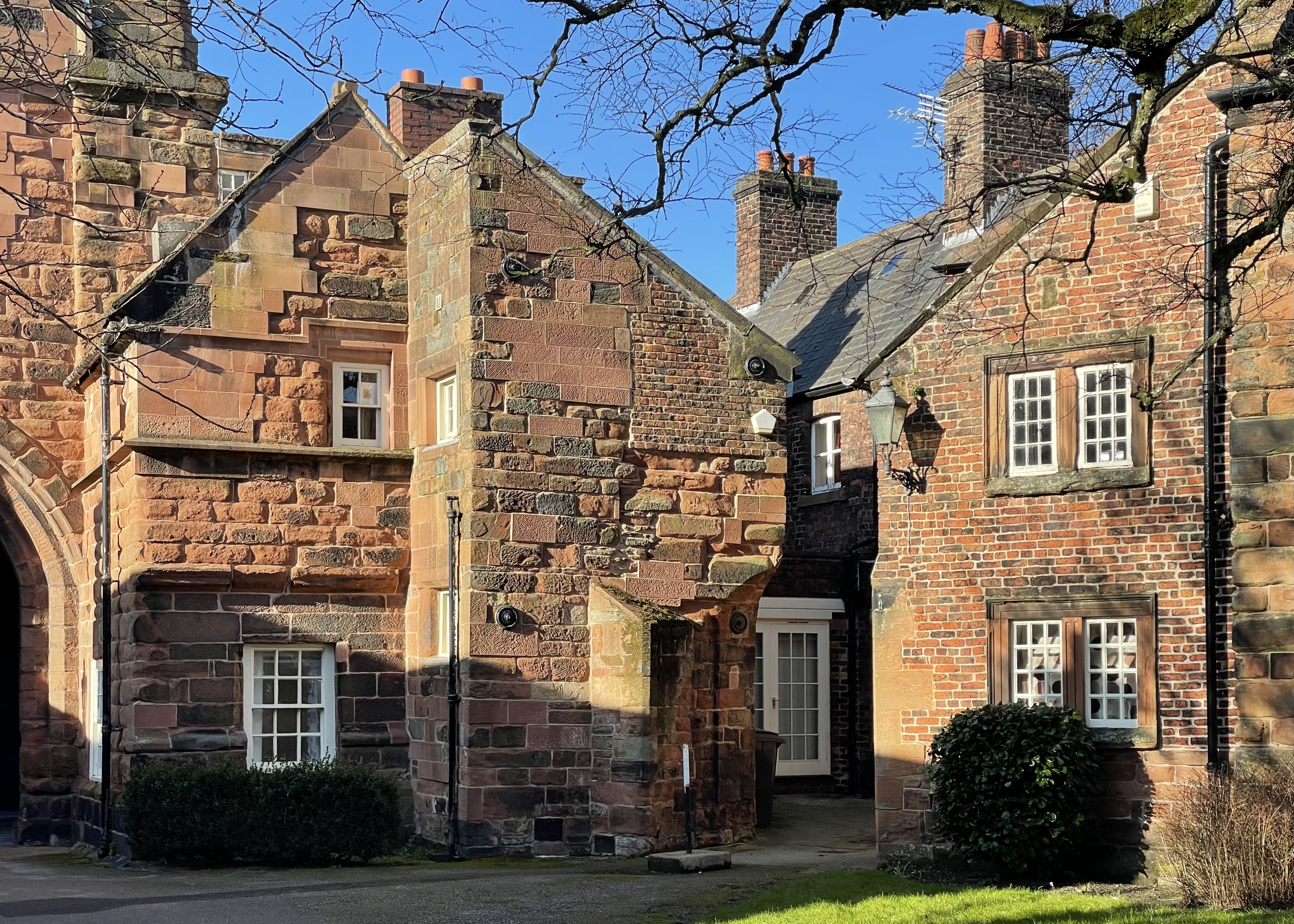
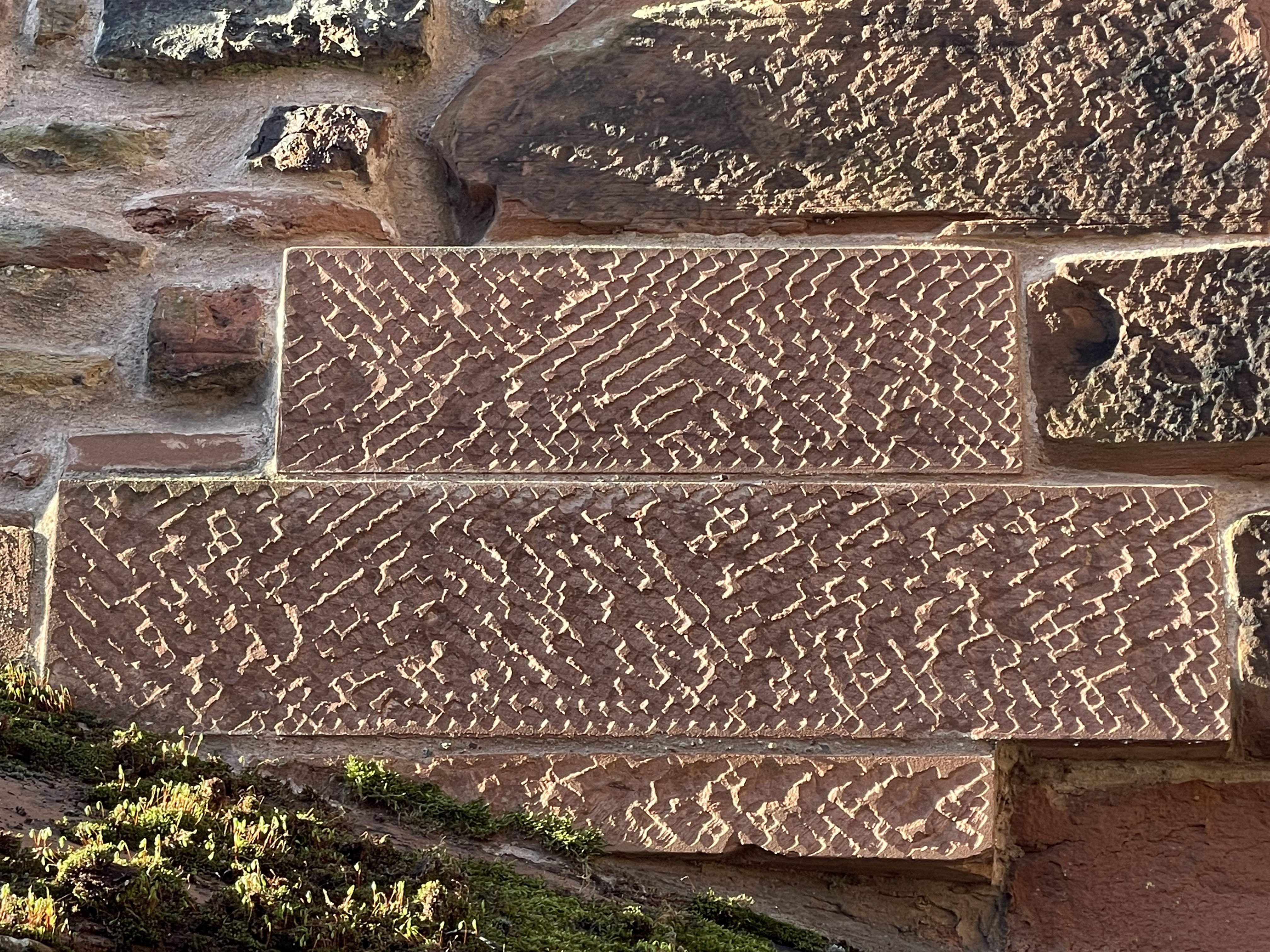
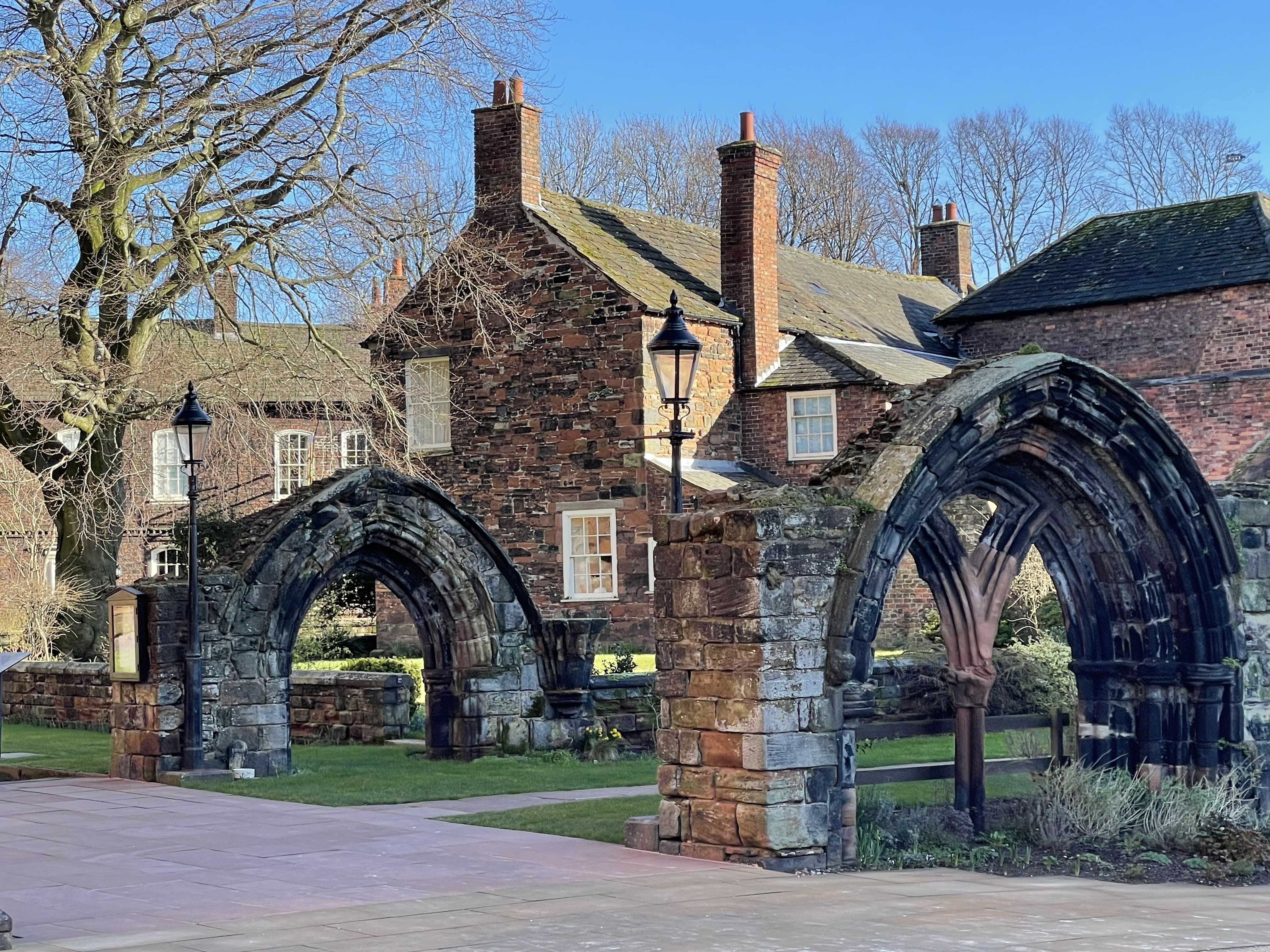
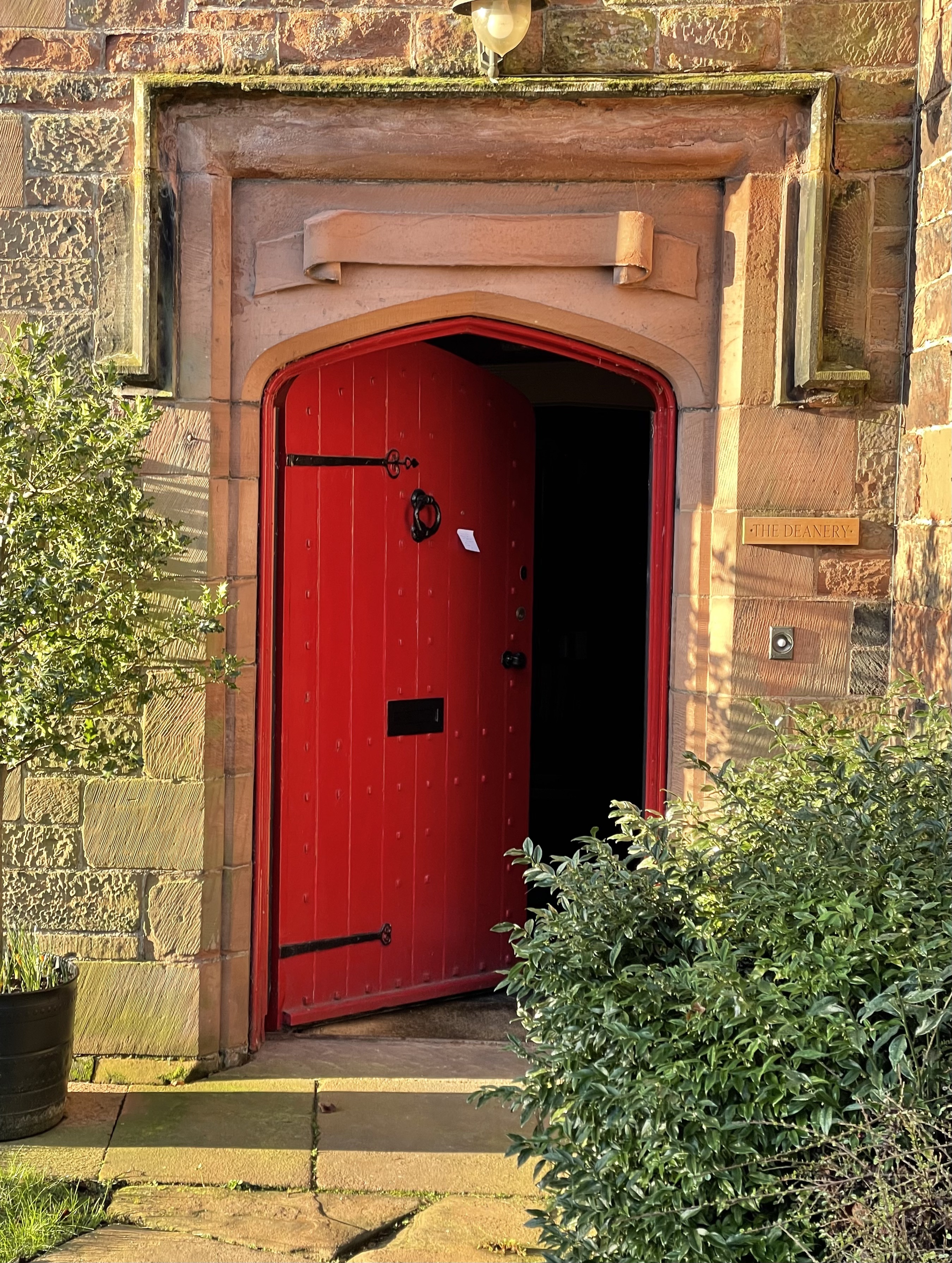
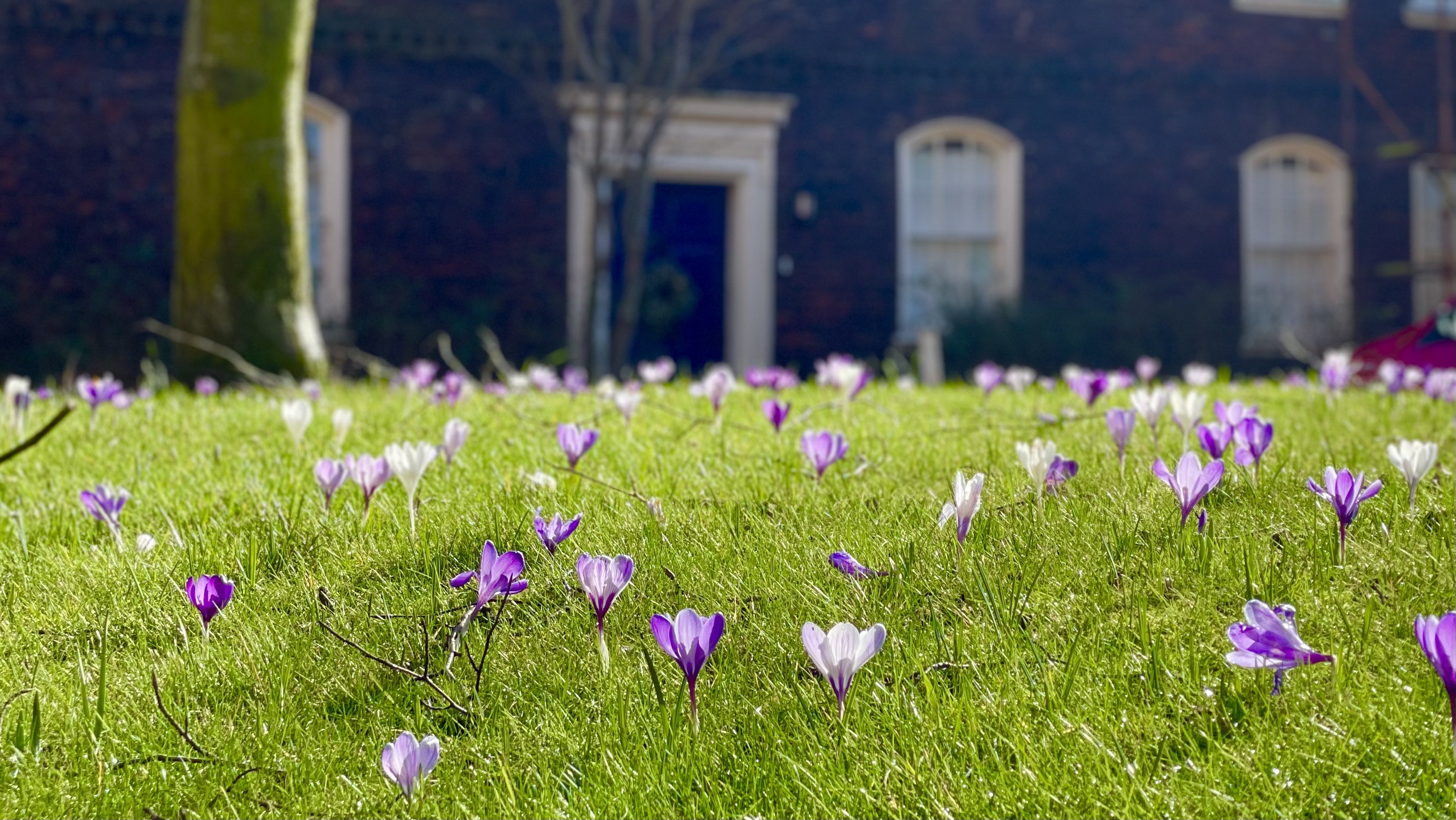
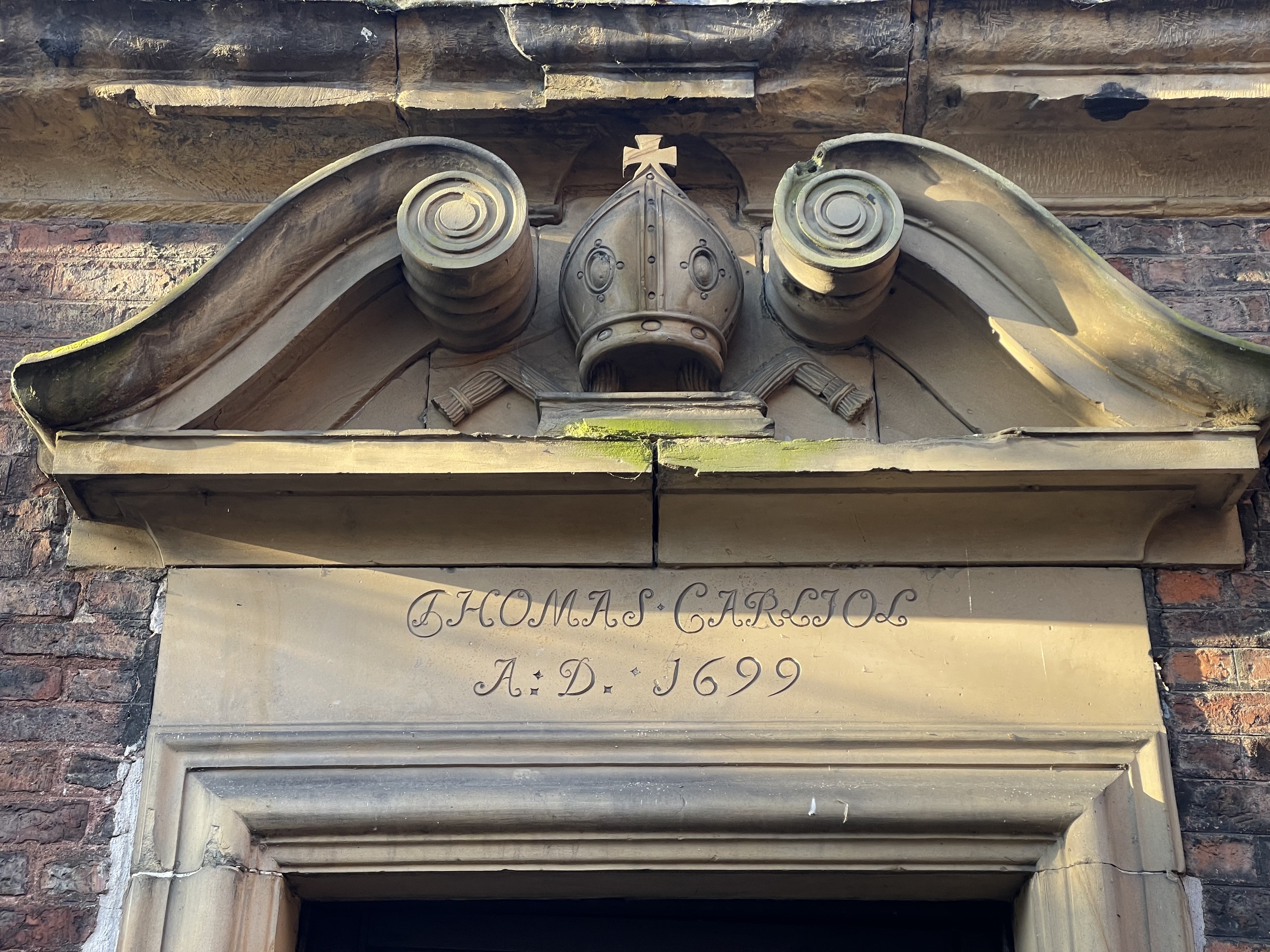
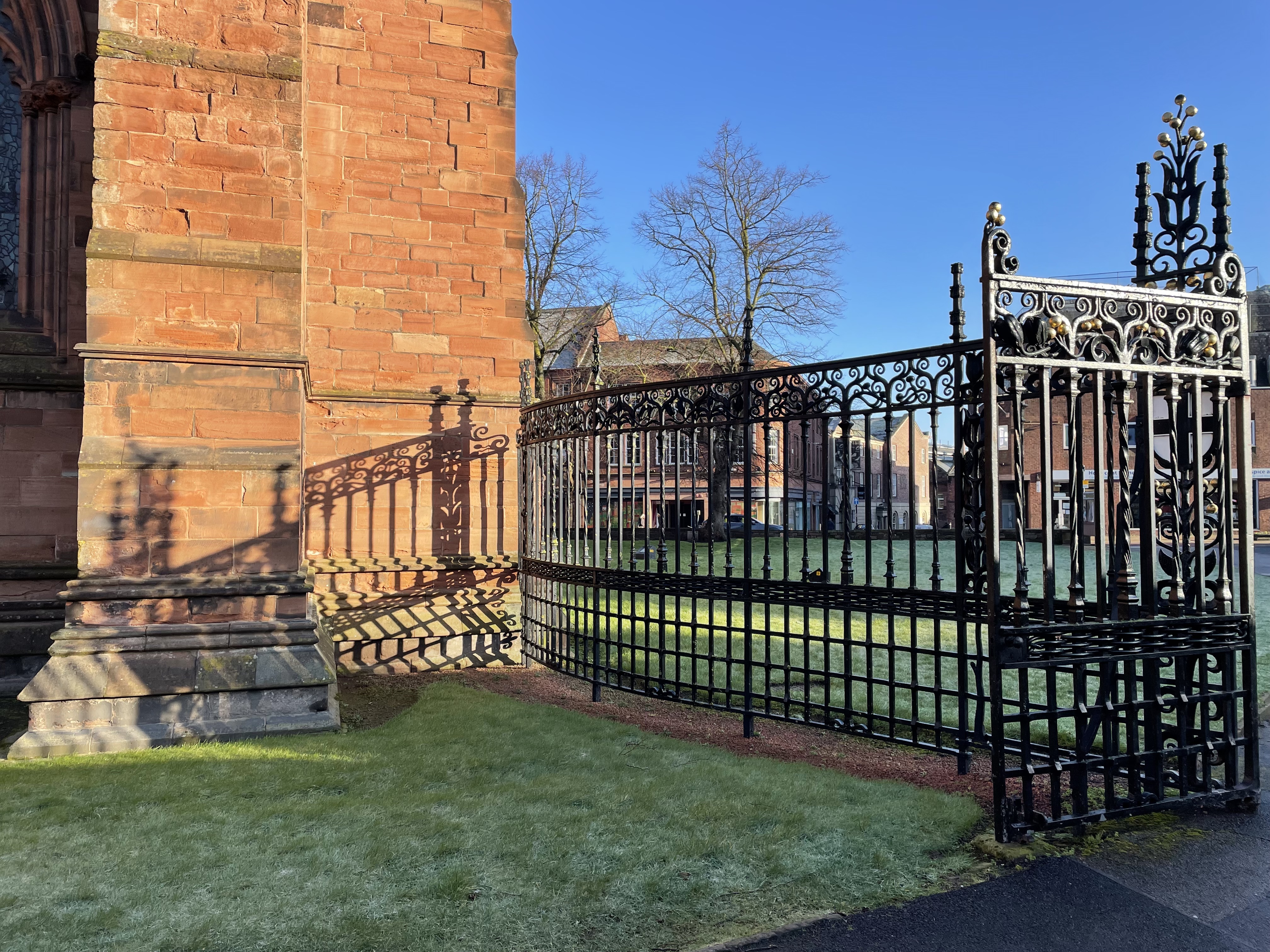
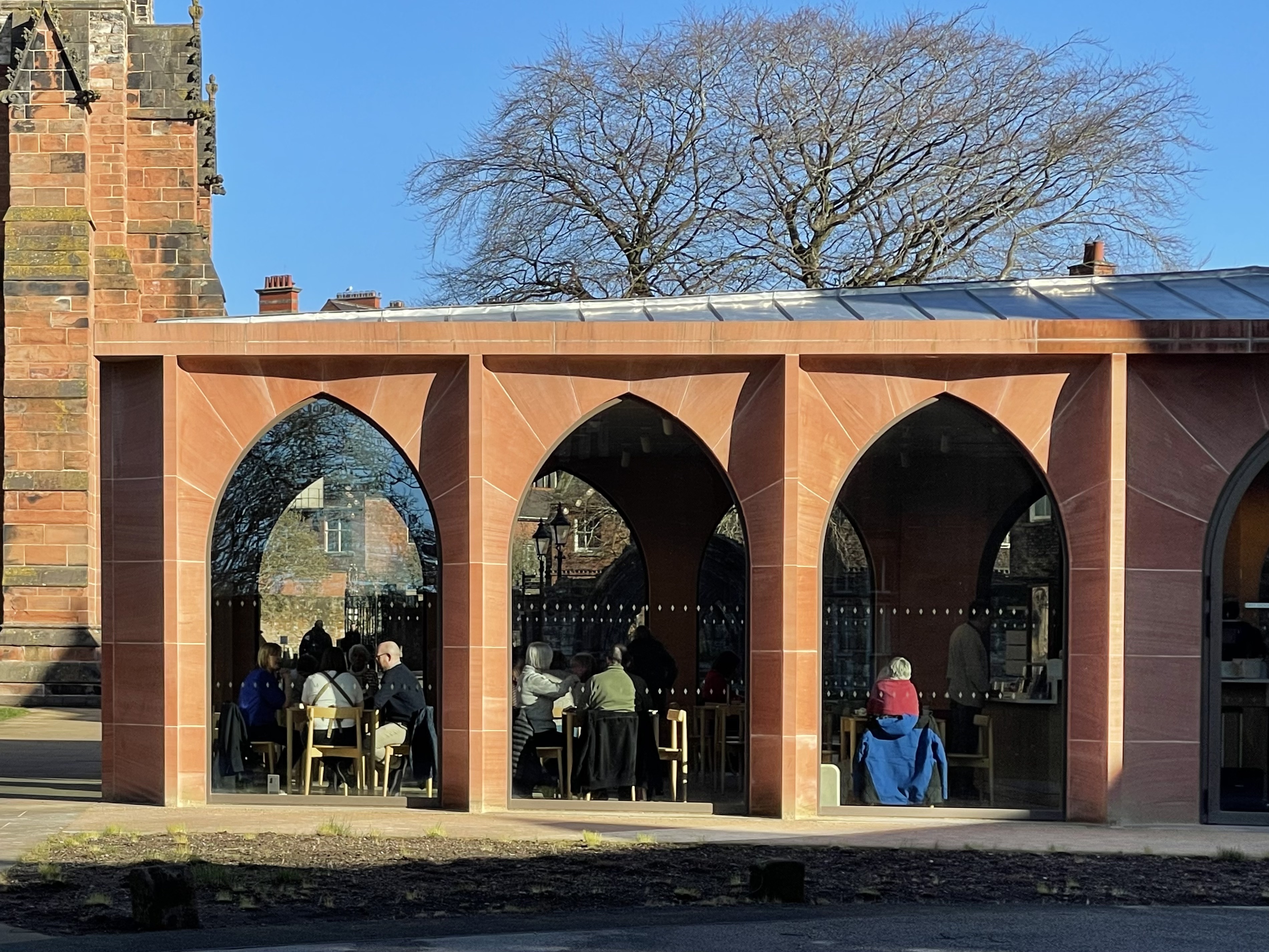
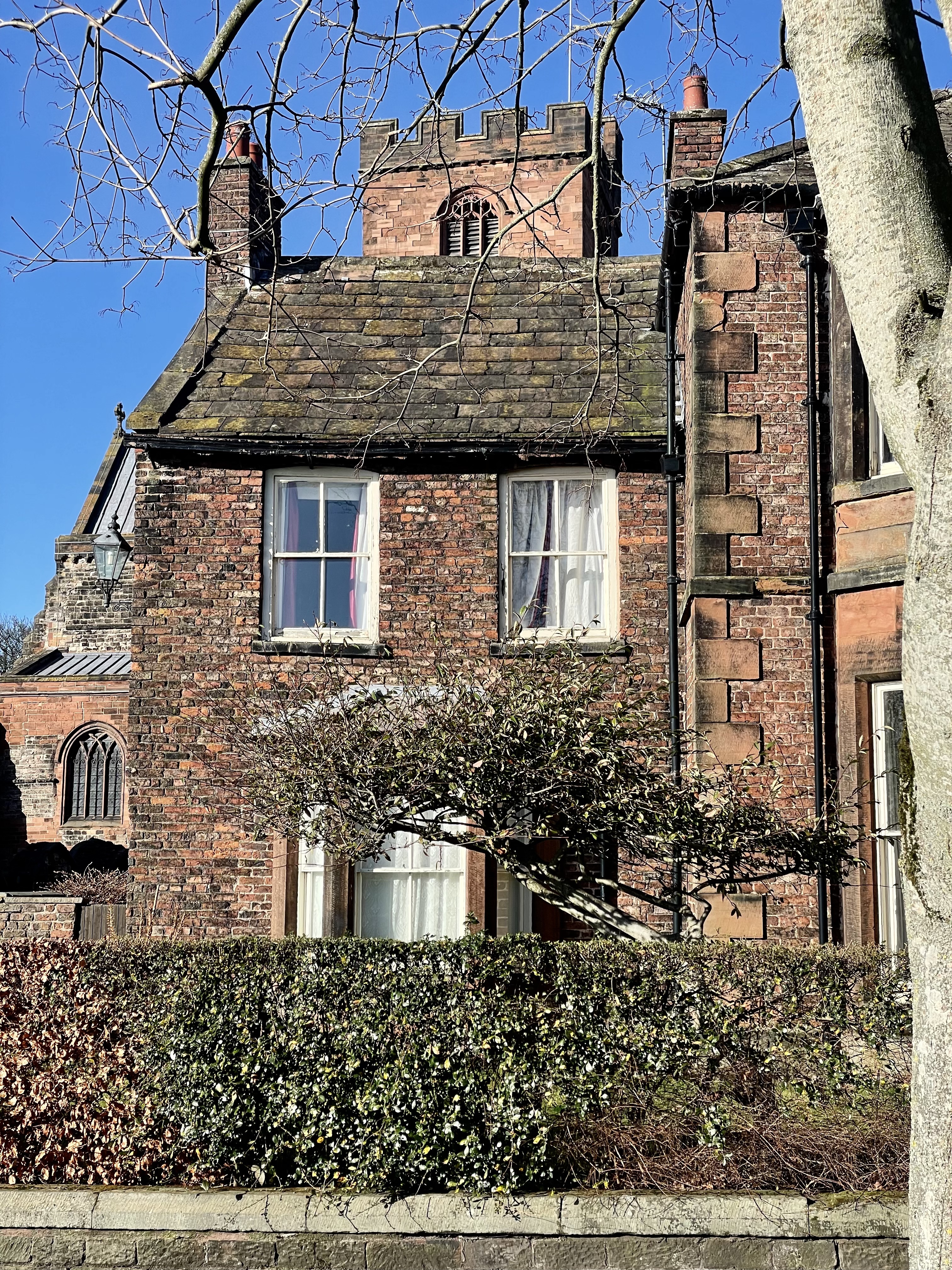

Cathedral Interior
The cathedral interior is all chancel and less nave - the nave having been truncated during the English Civil War. Don't let that put you off - it's a remarkable interior - with a recent lighting scheme that is subtle and effective.
The choir ceiling is by the Victorian designer, Owen Jones.
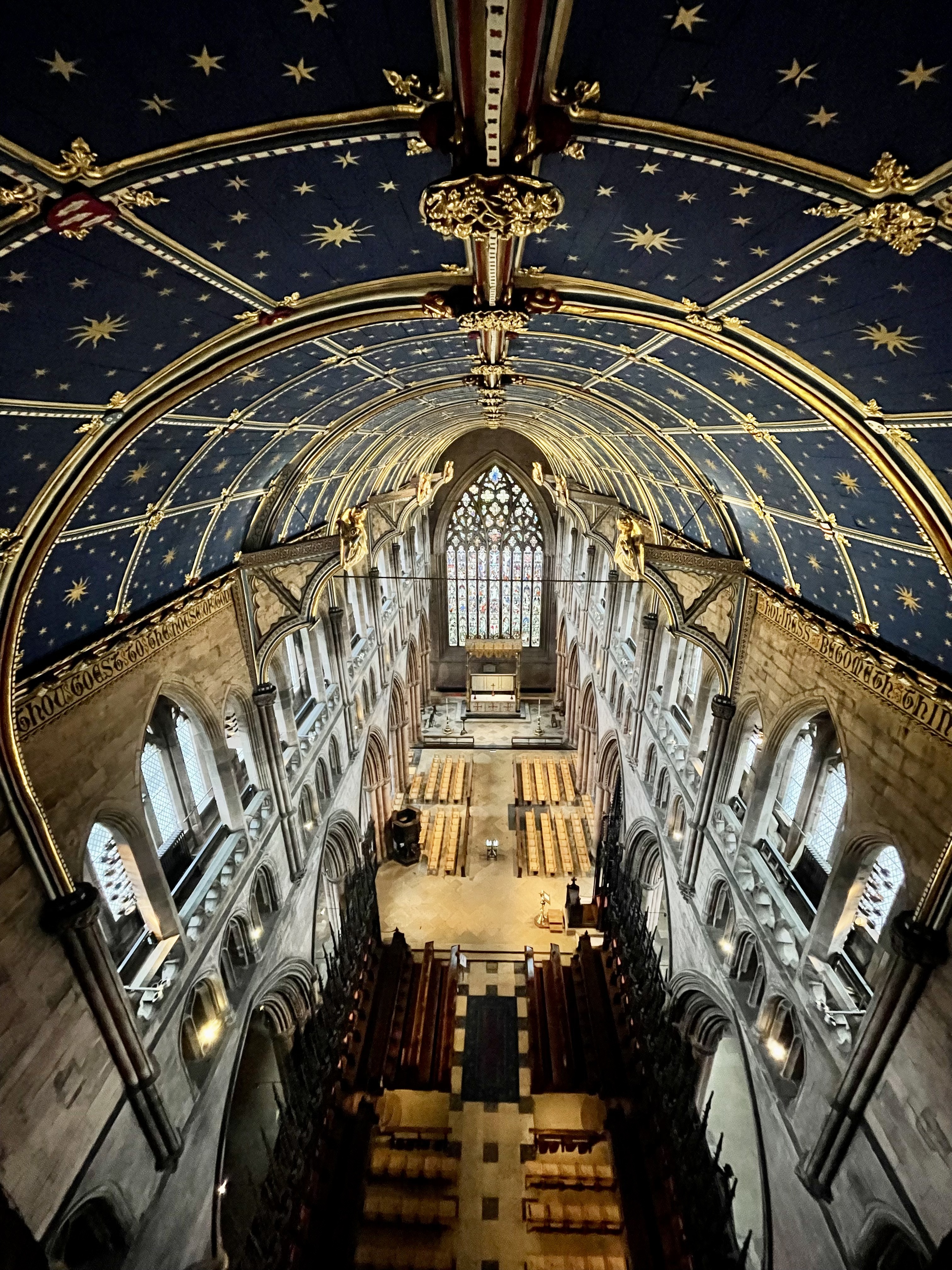
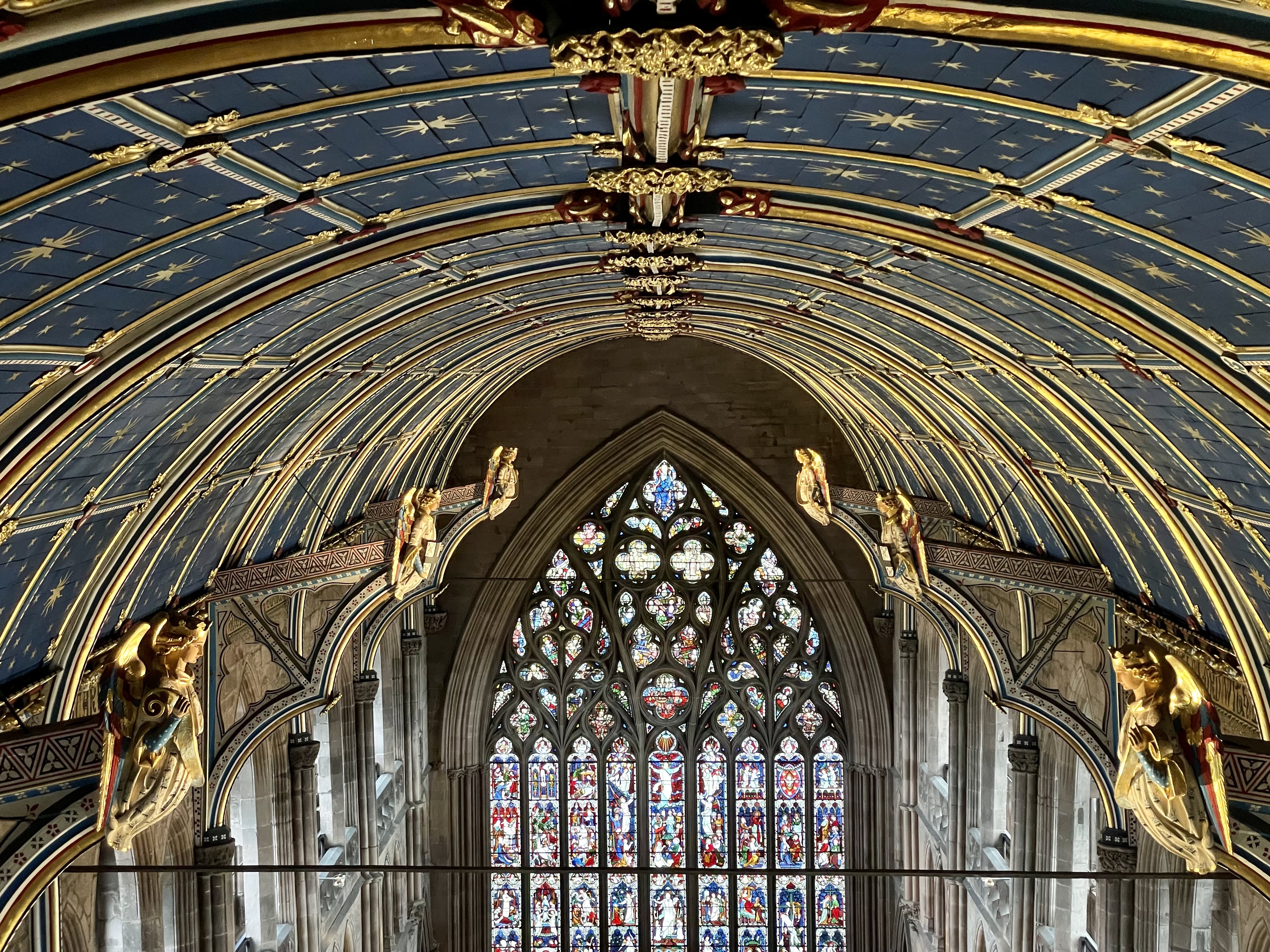
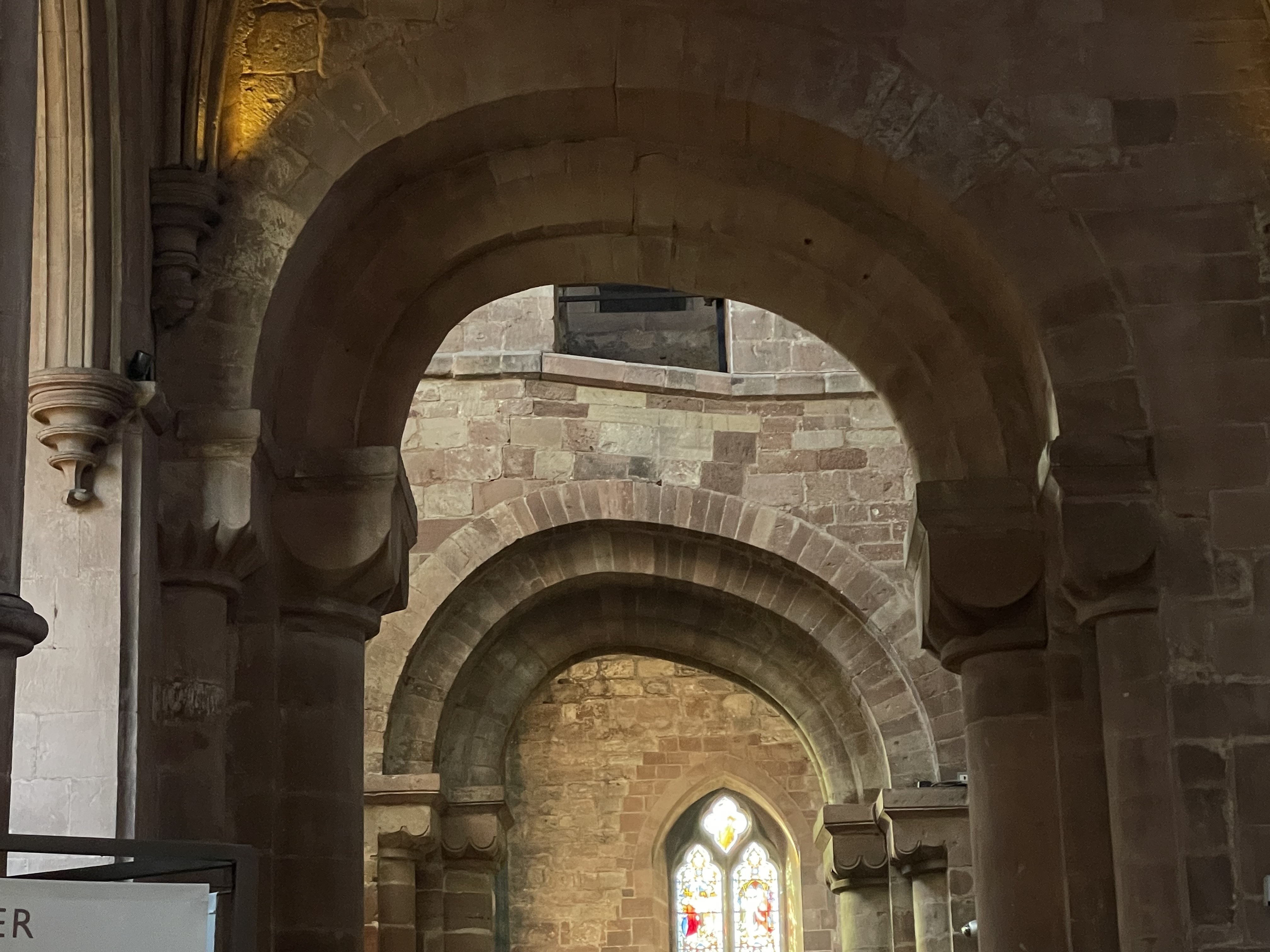
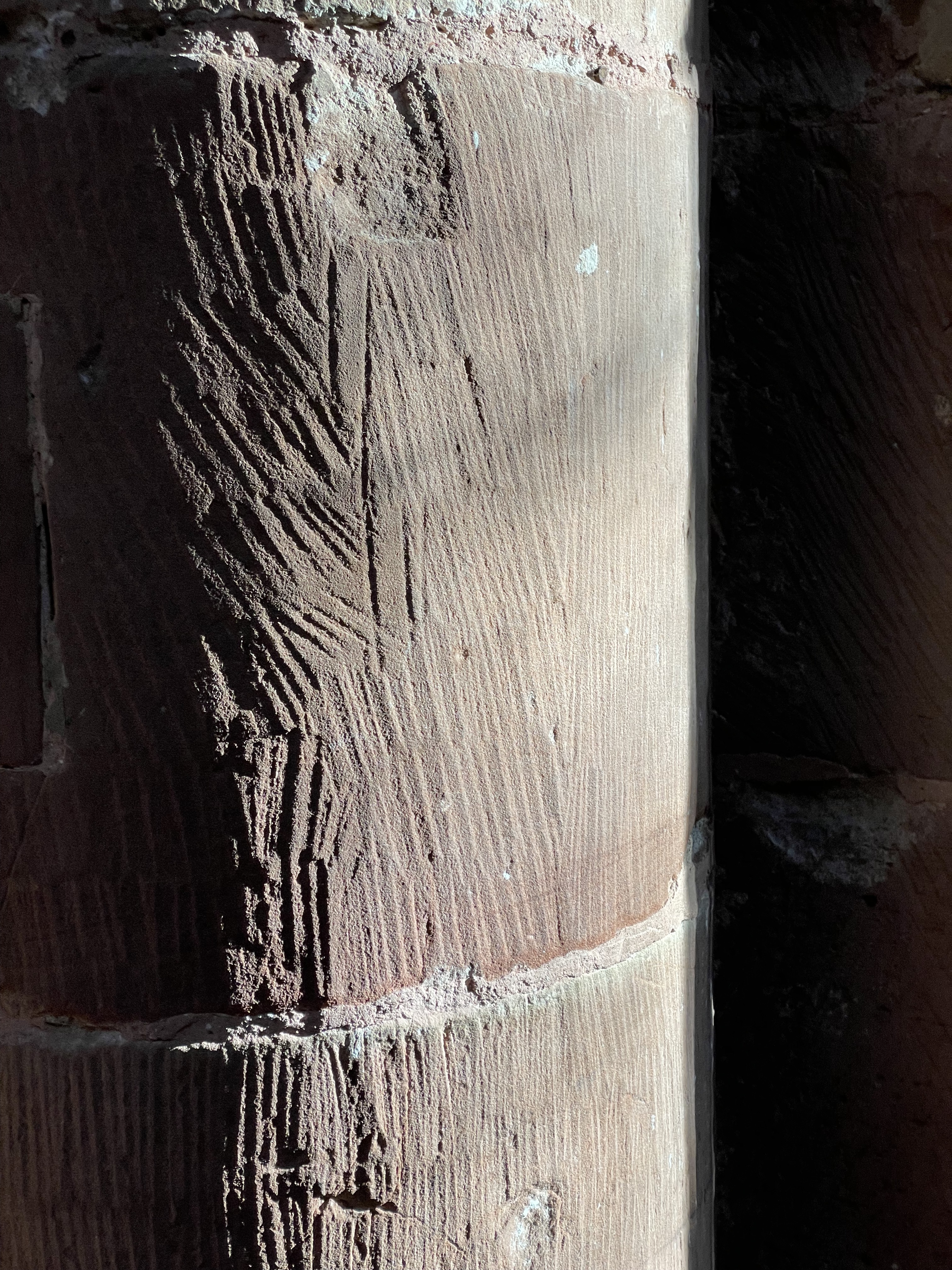
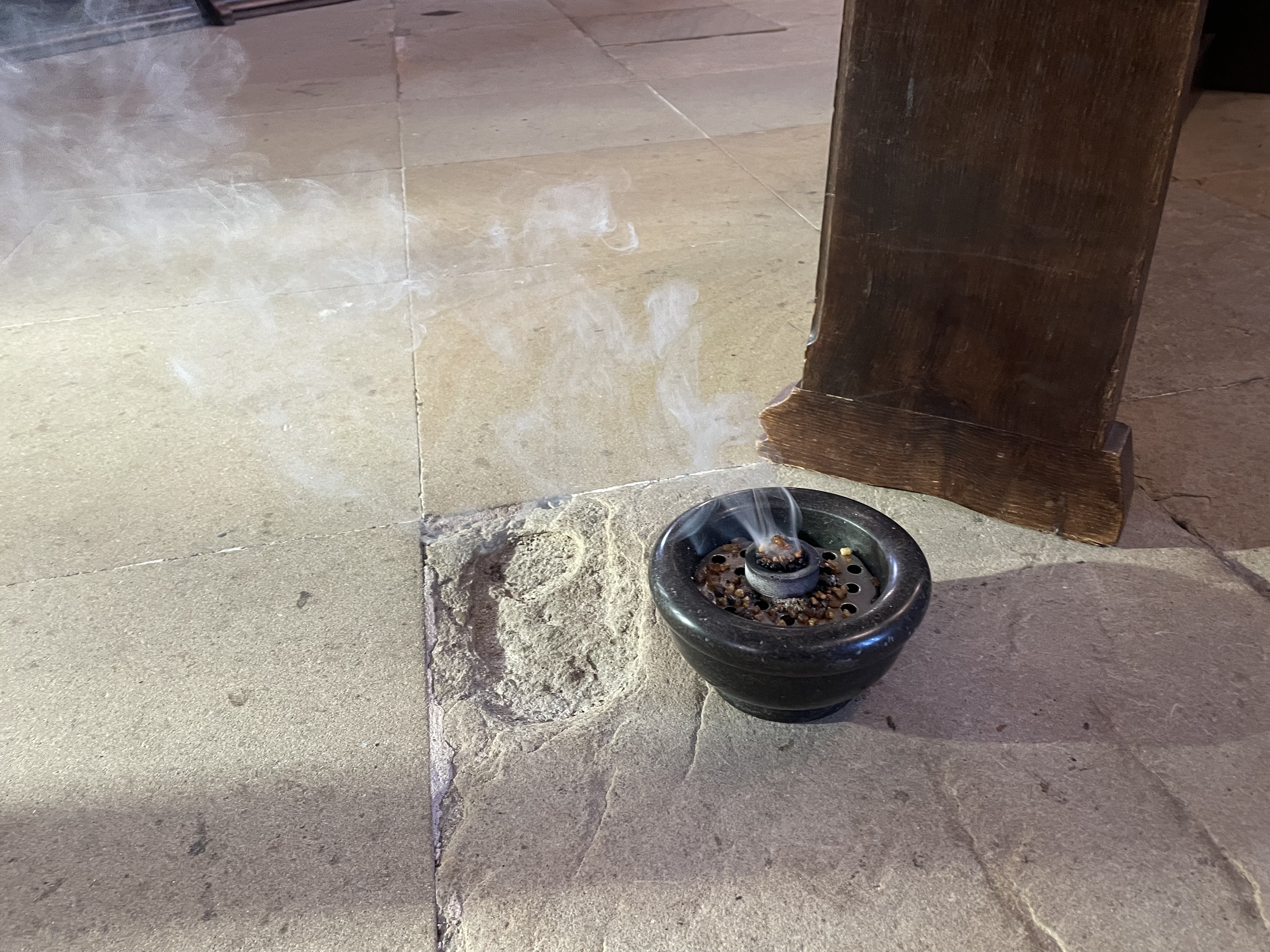
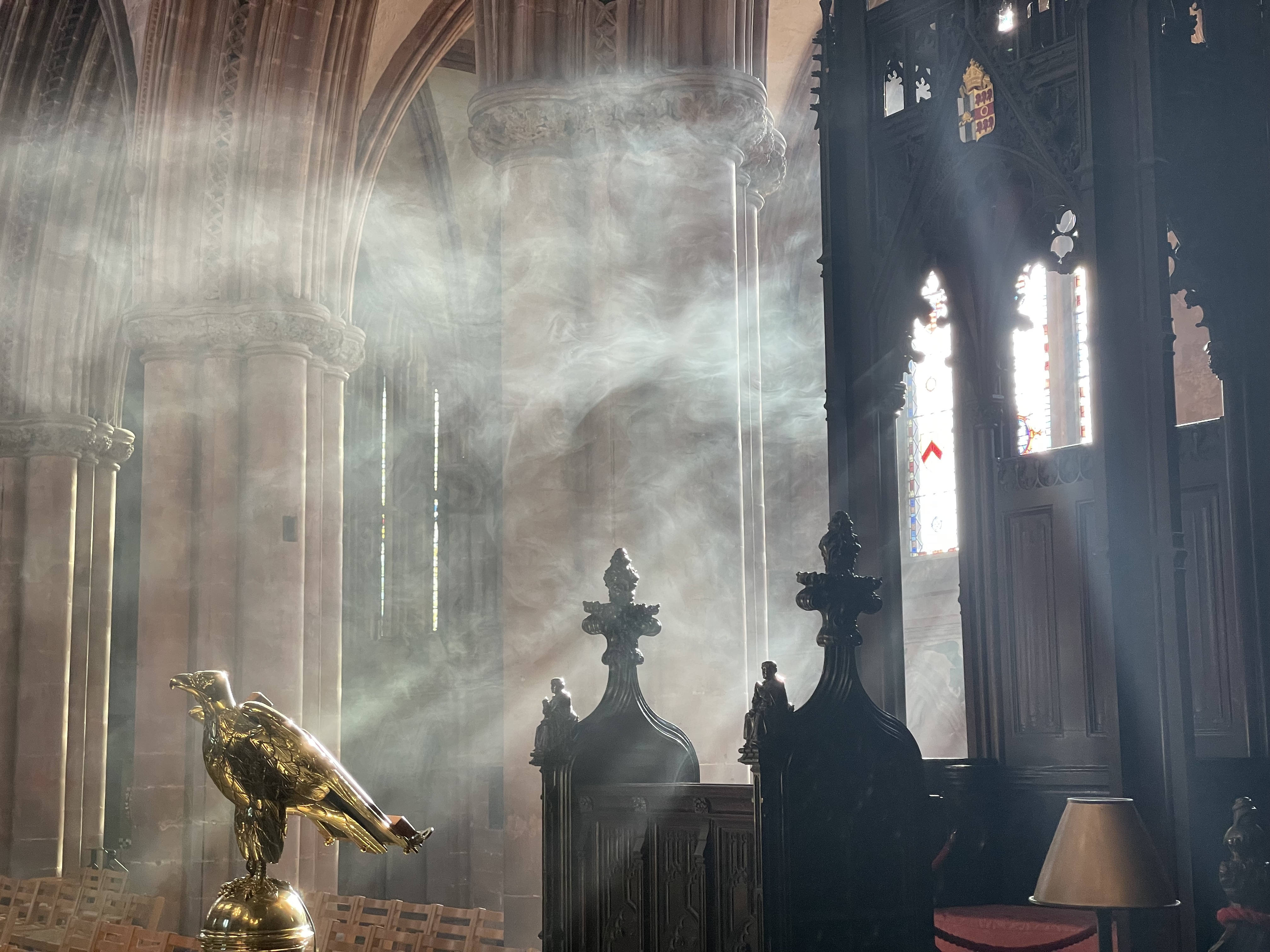
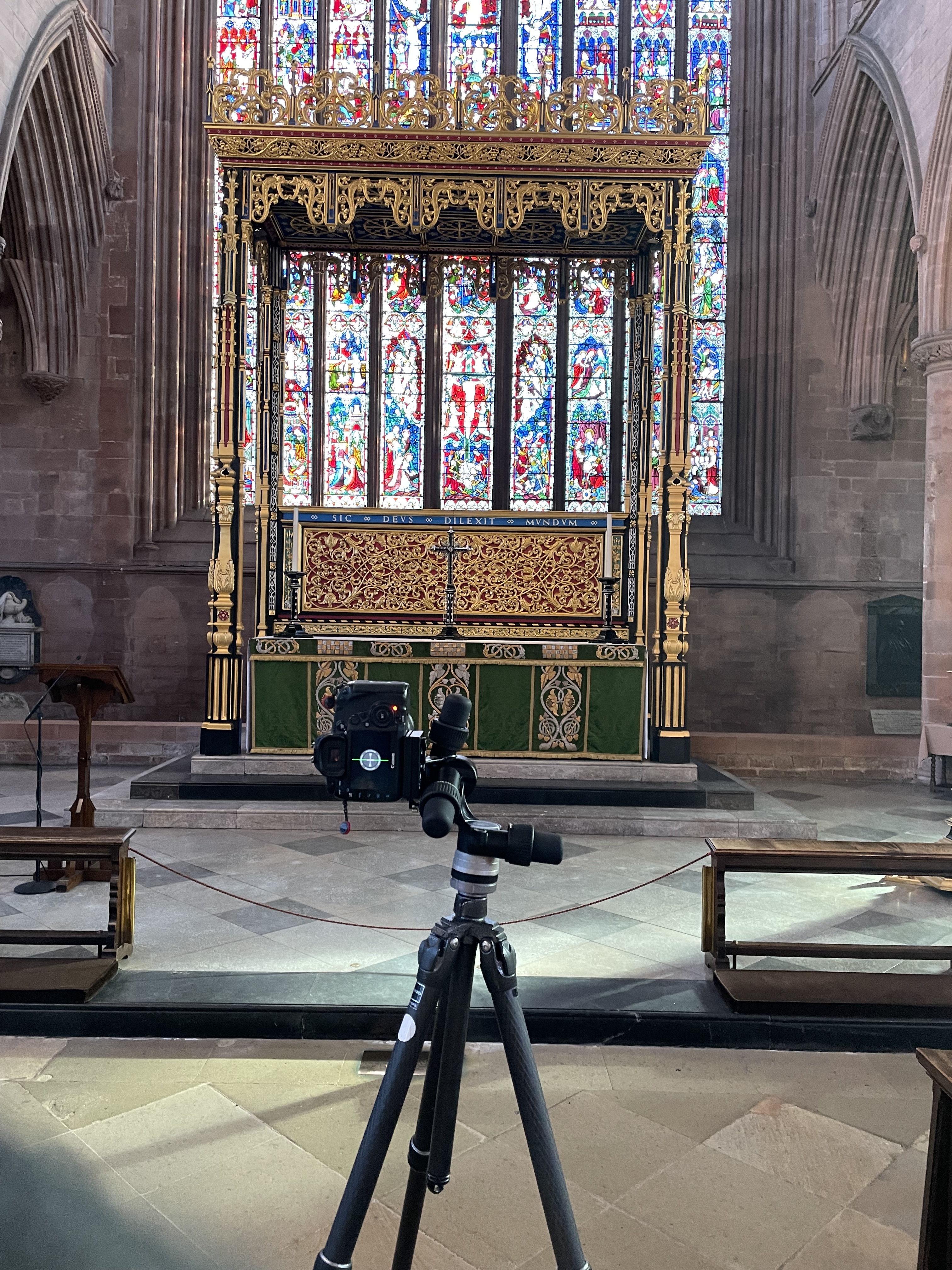
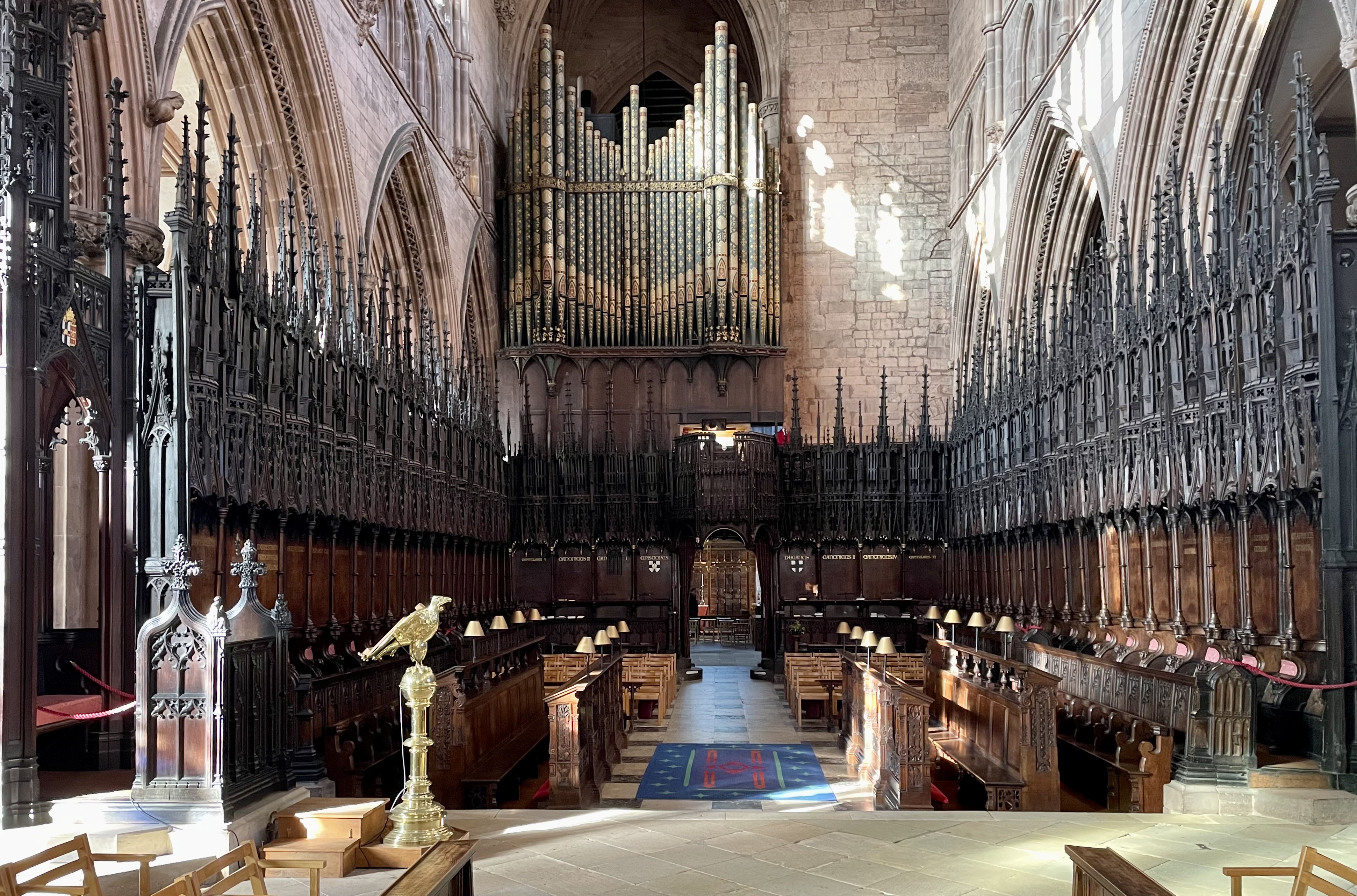
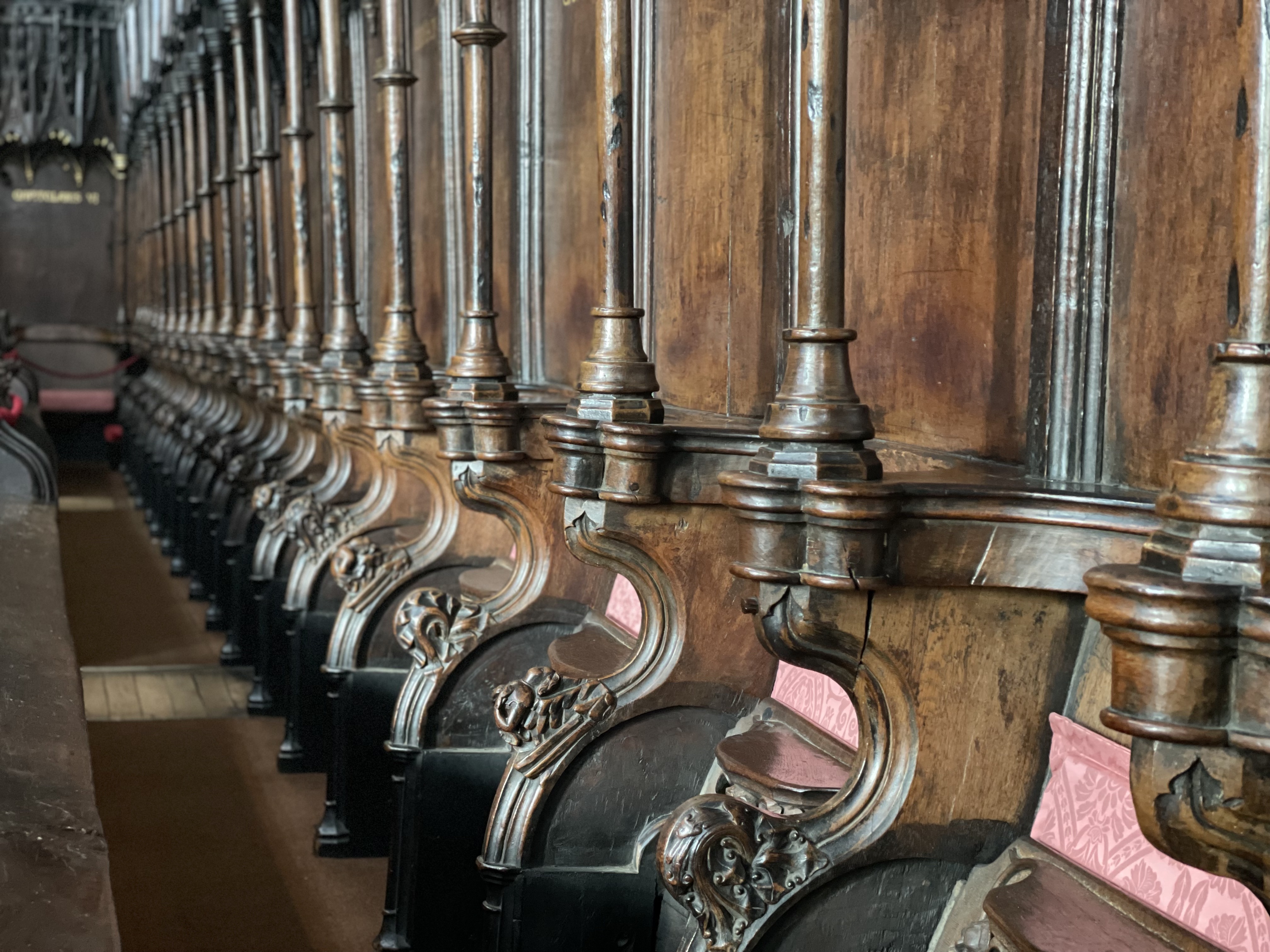
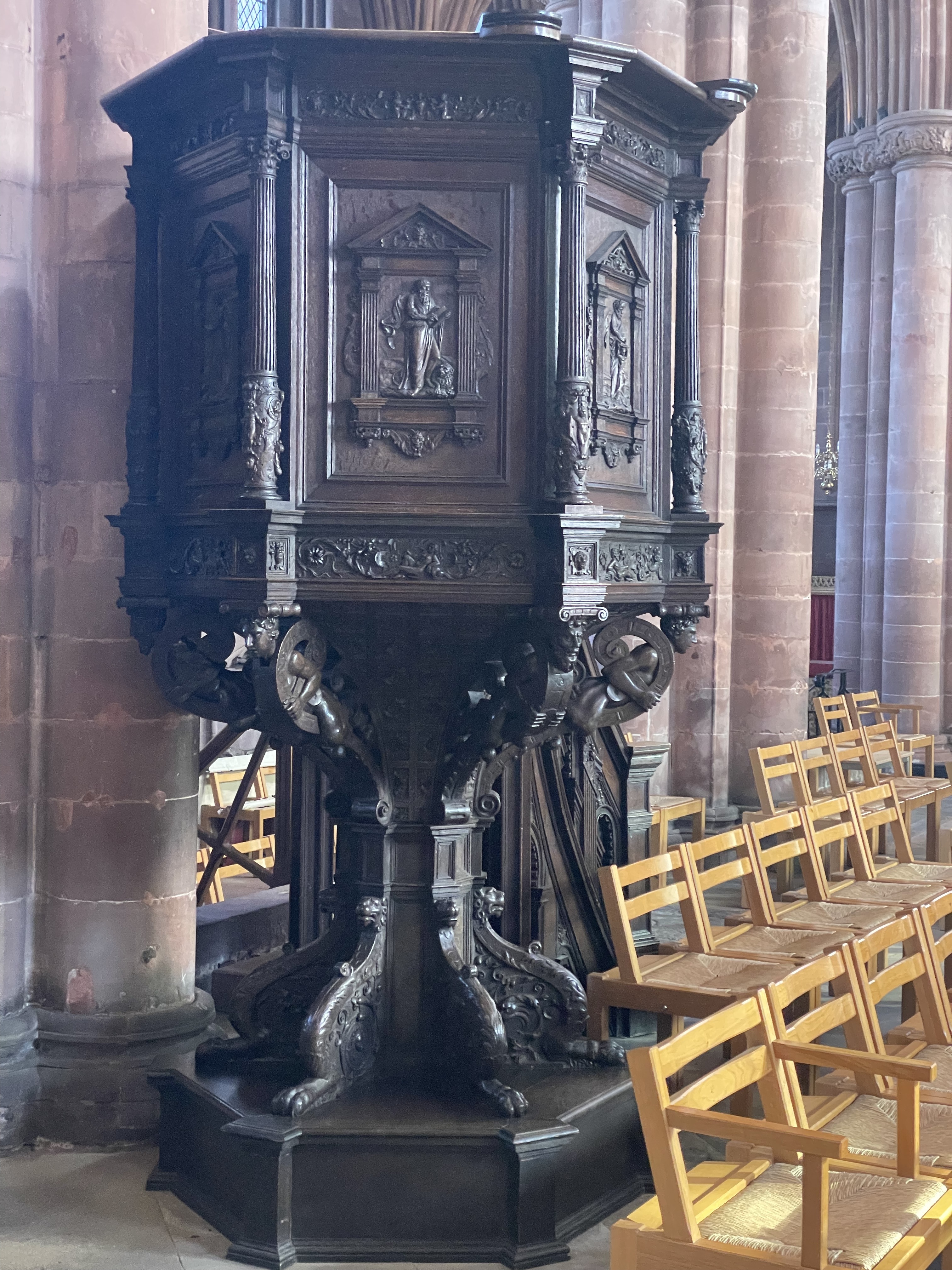
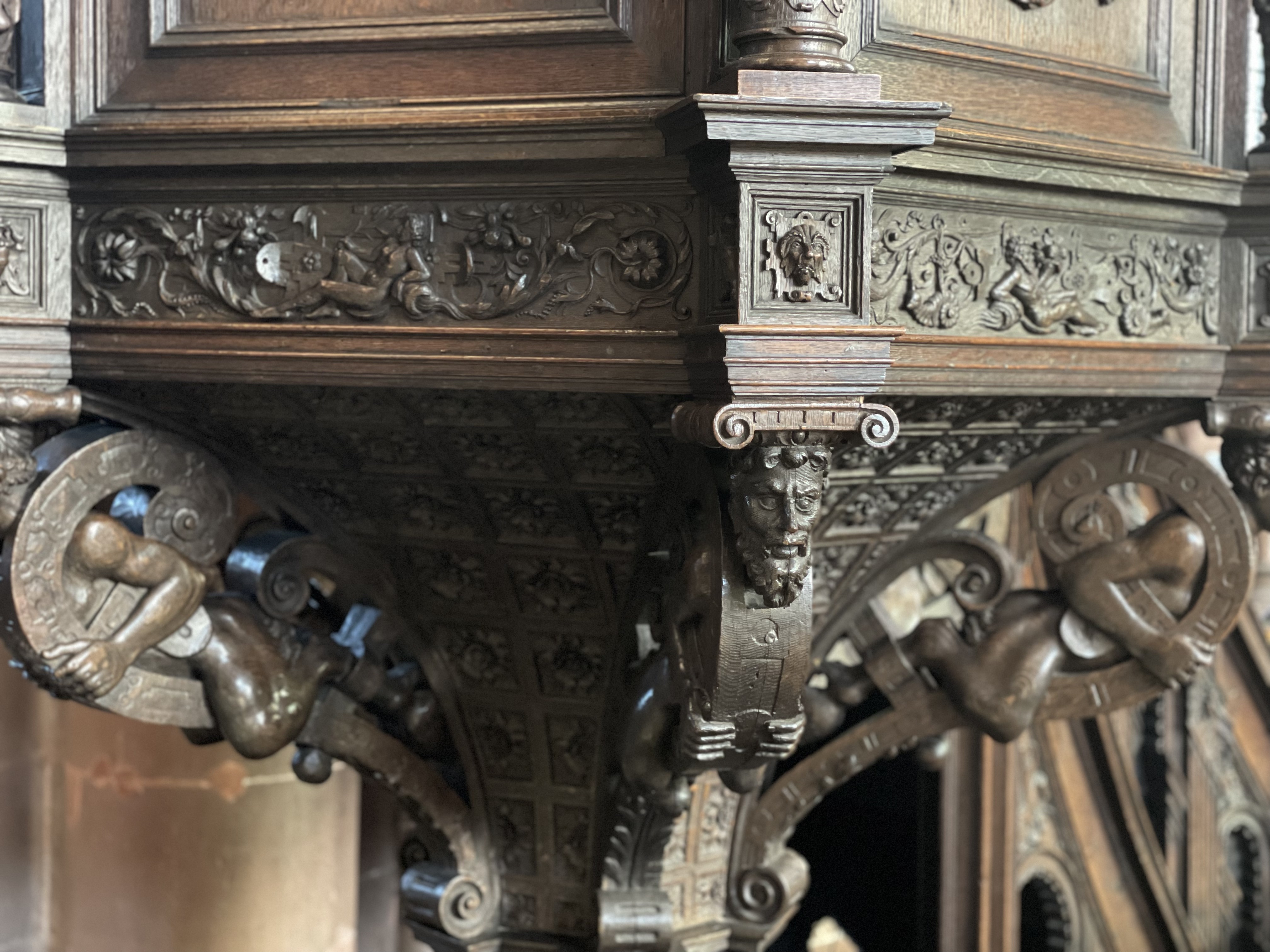
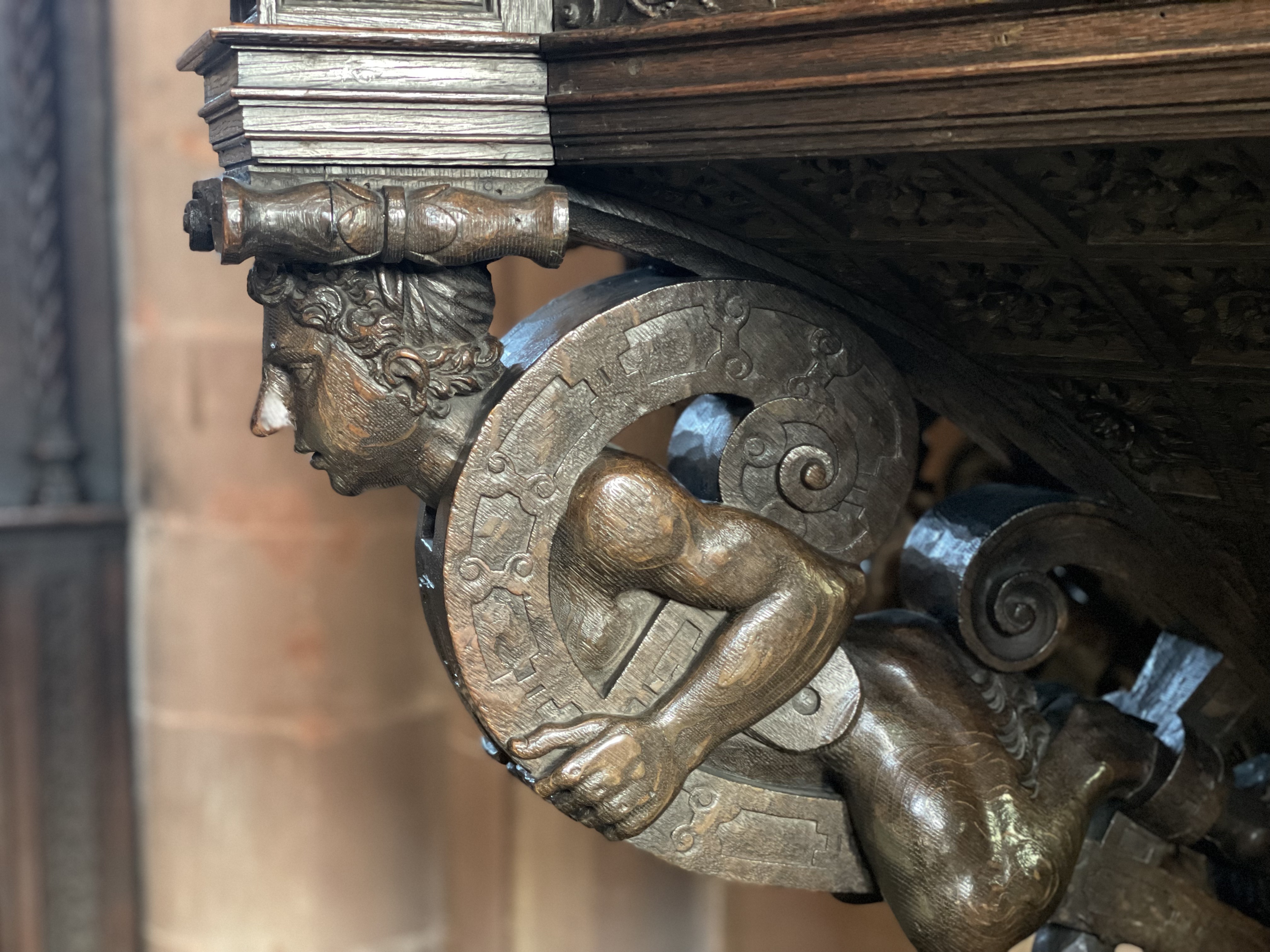
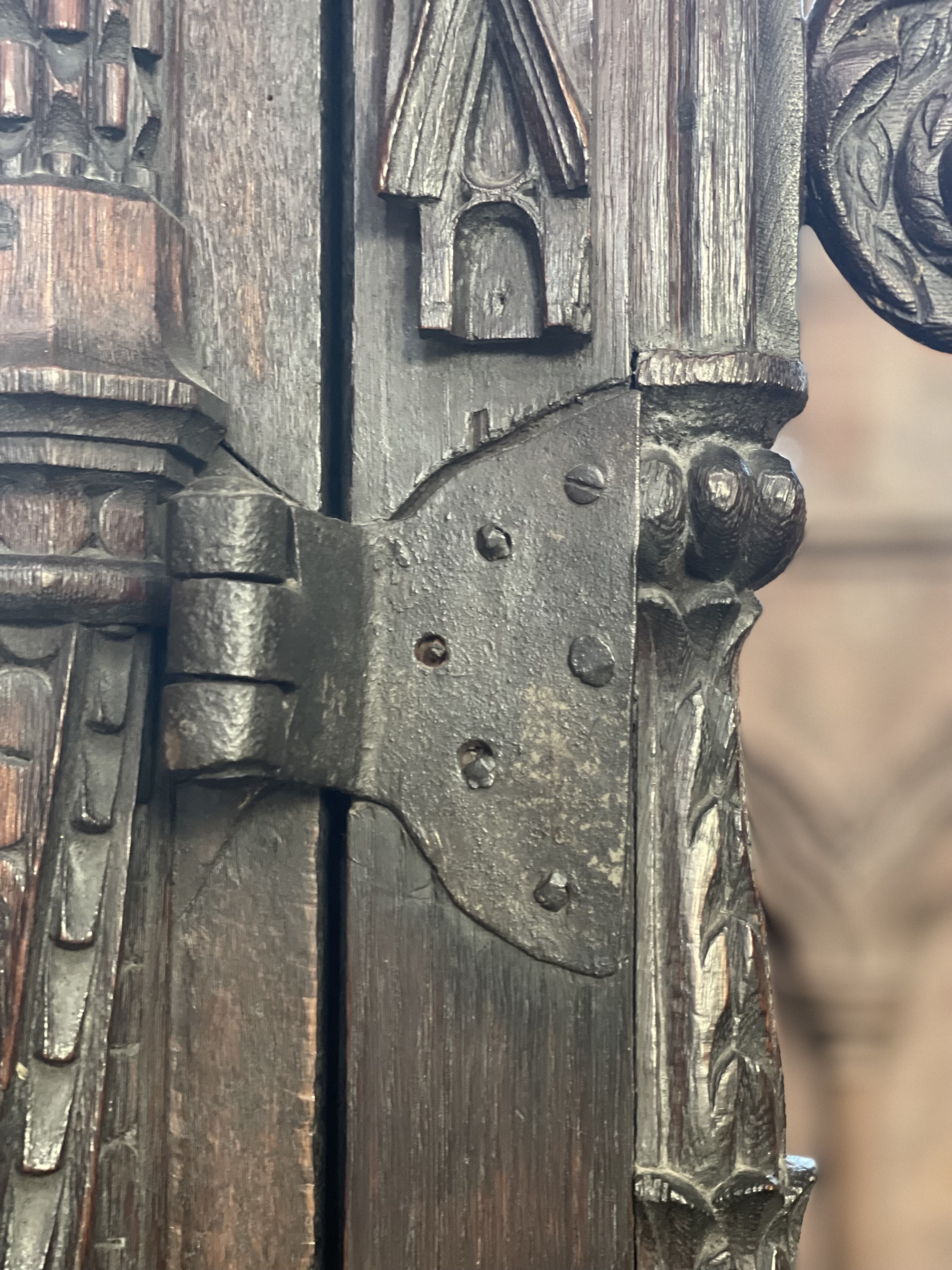
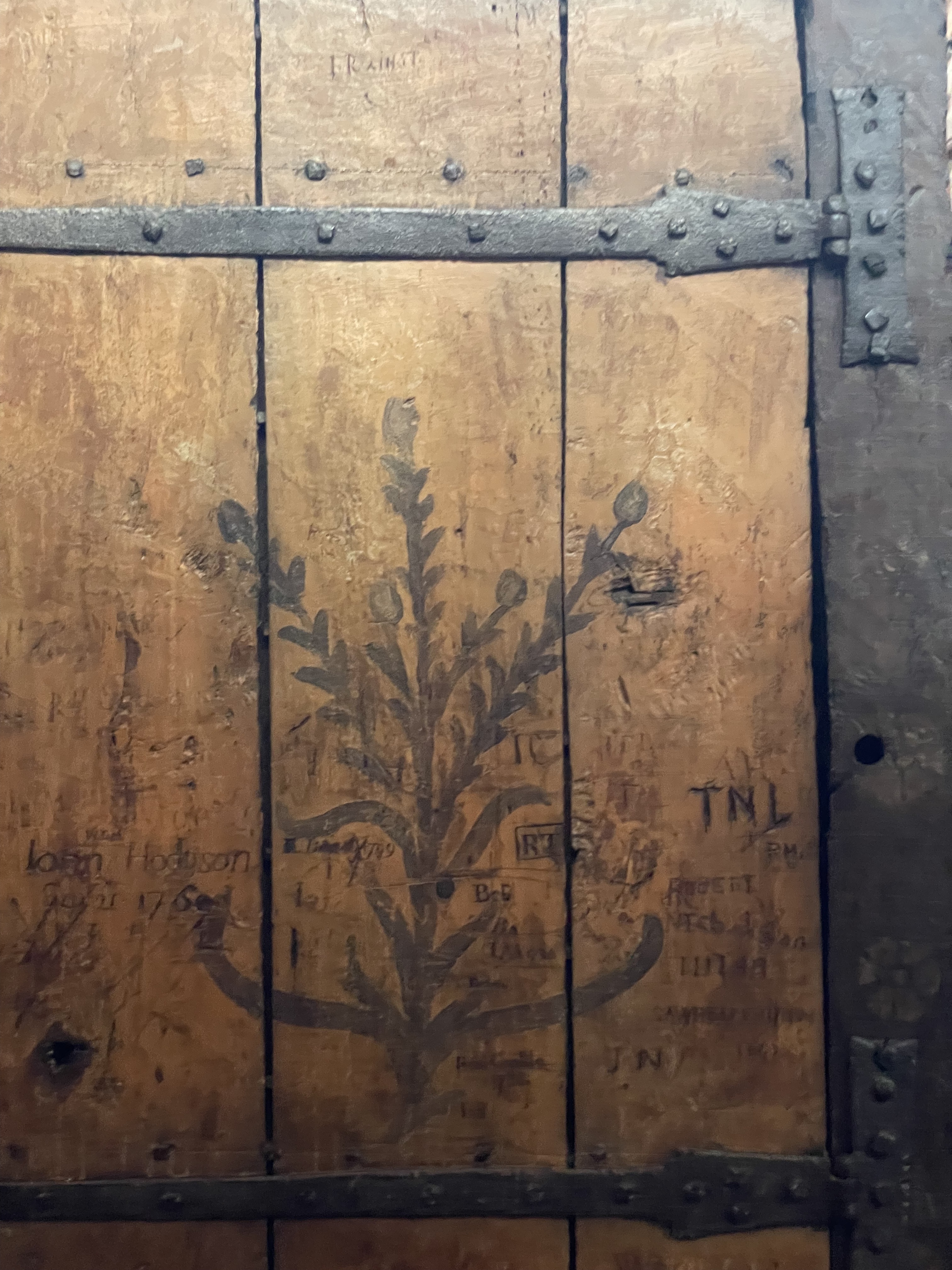
Carlisle City Centre
The city centre is walkable. During lunchtime I took a circular route from the city centre, along The Lanes then to Fisher Street and down Castle Street and through the gardens at Tullie House to Abbey Street and then on to Paternoster Row. I was struck by the amount of surviving metal work - such a rare sight.
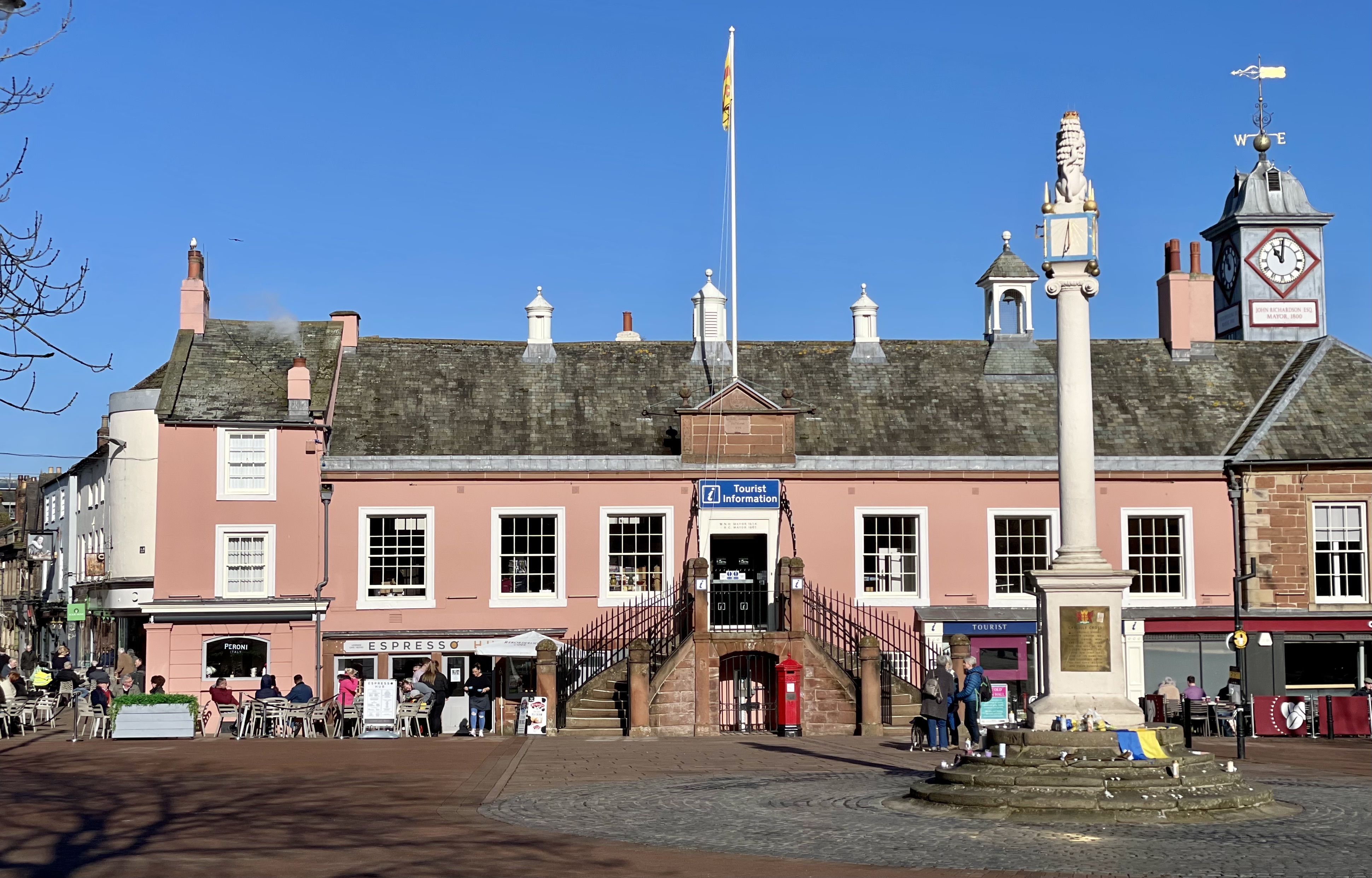
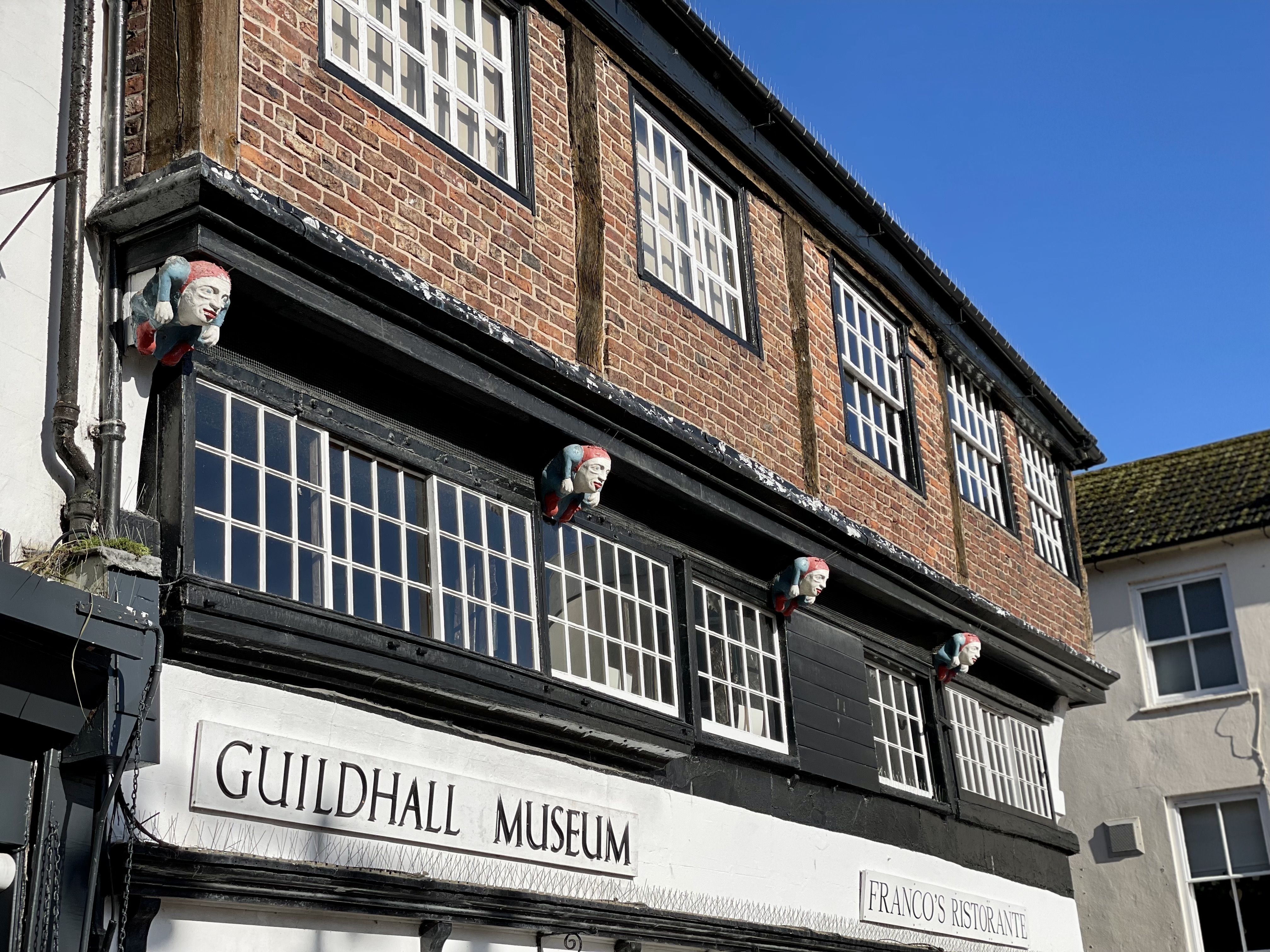
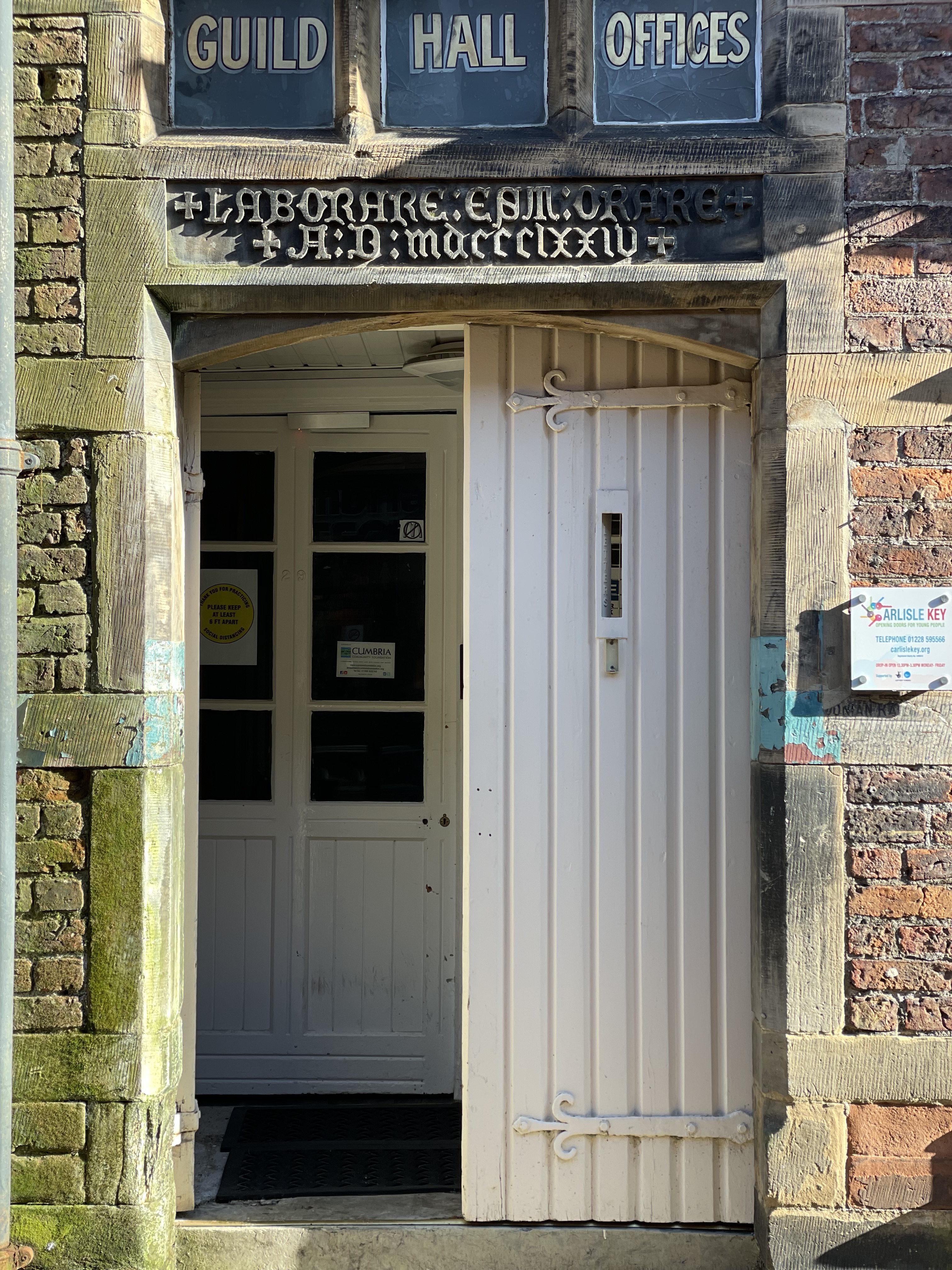
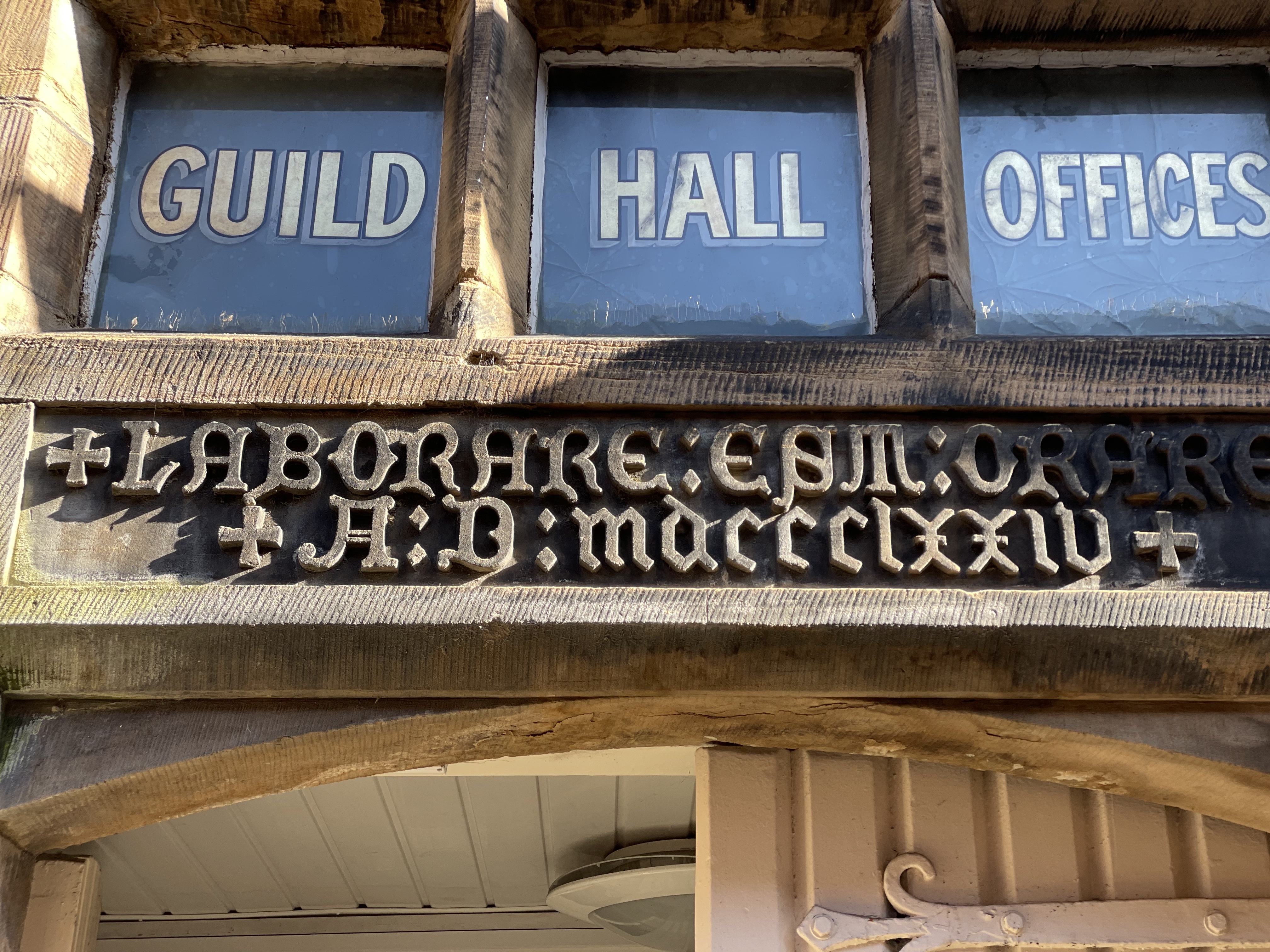
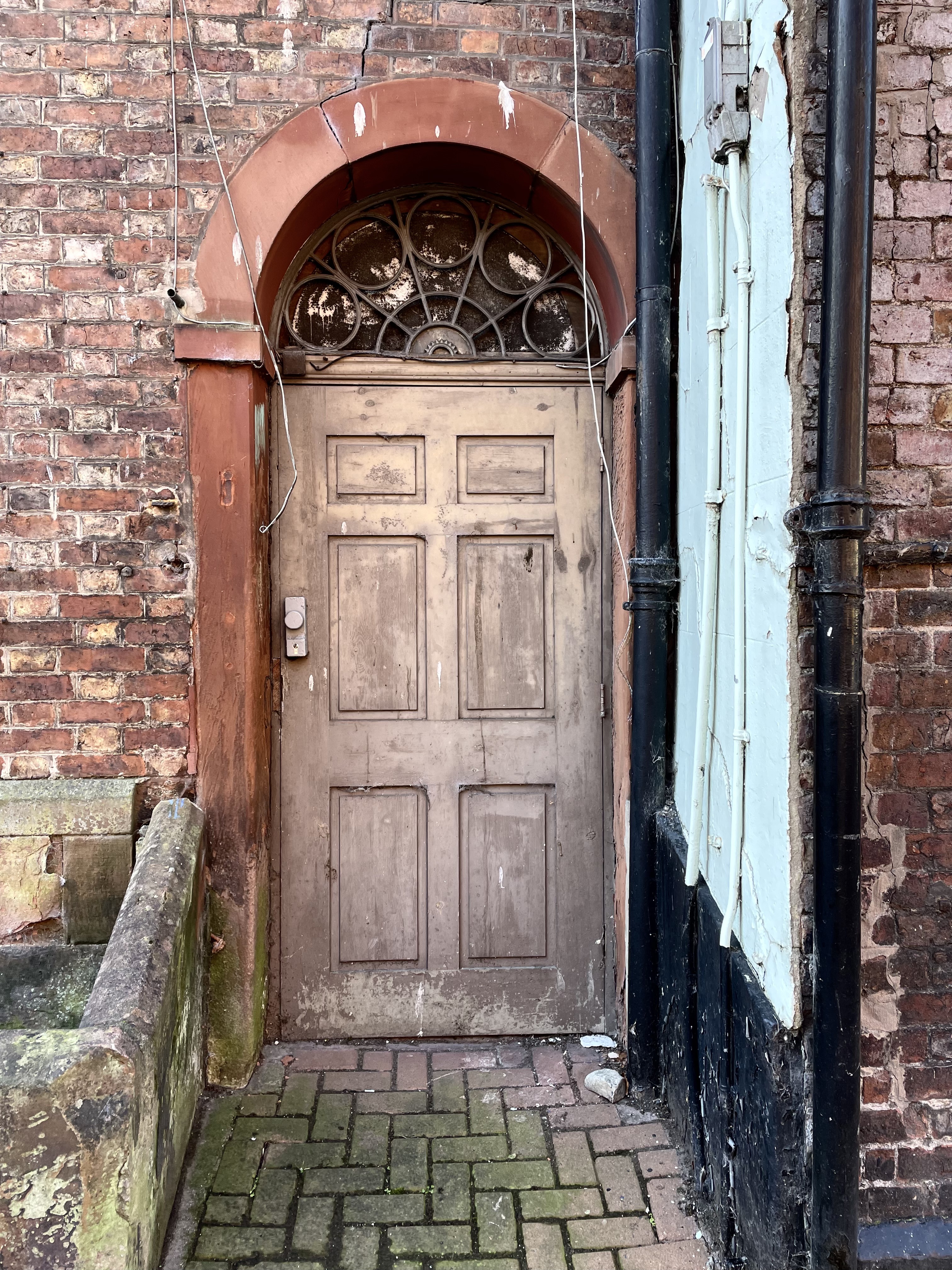
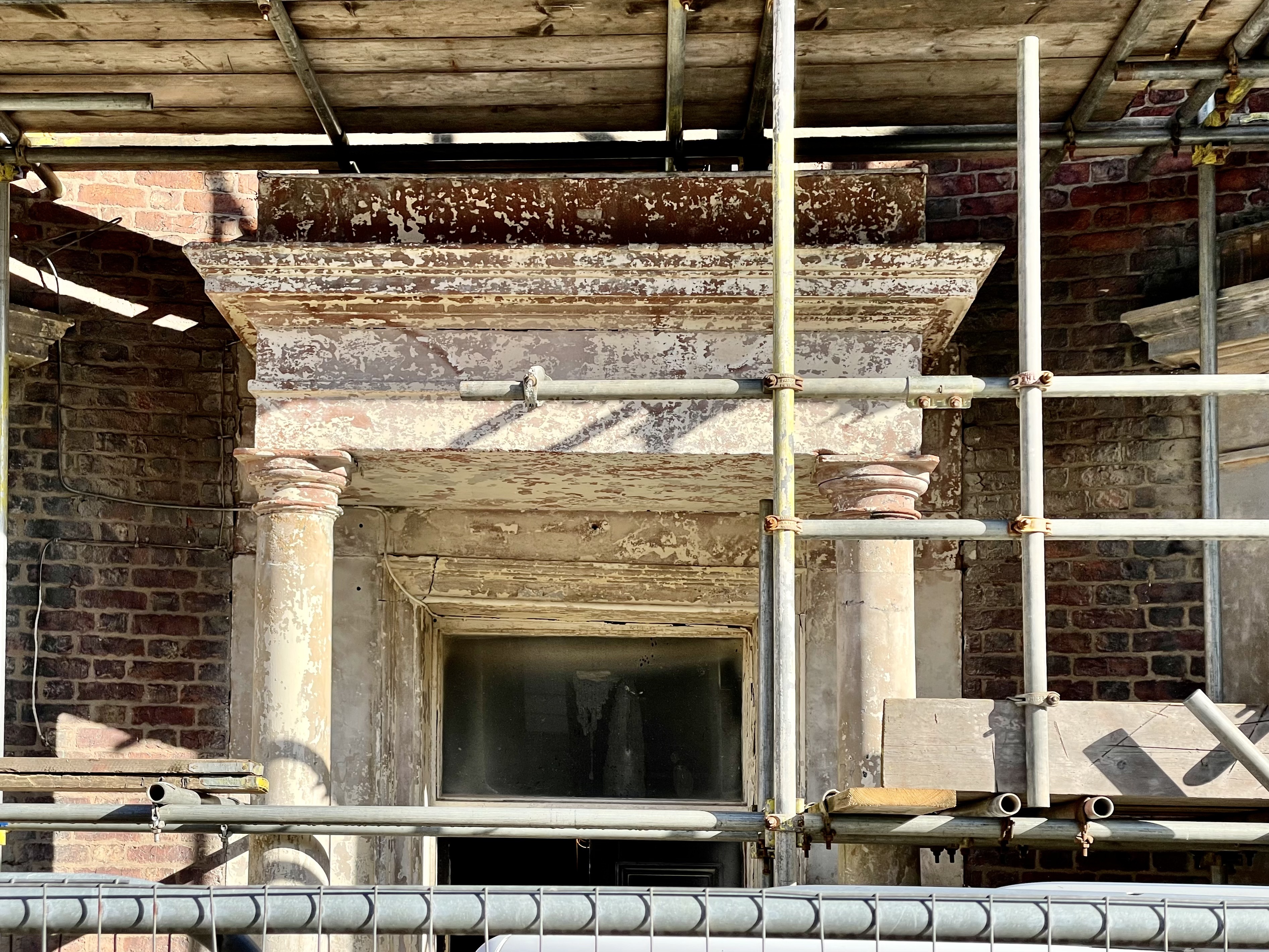
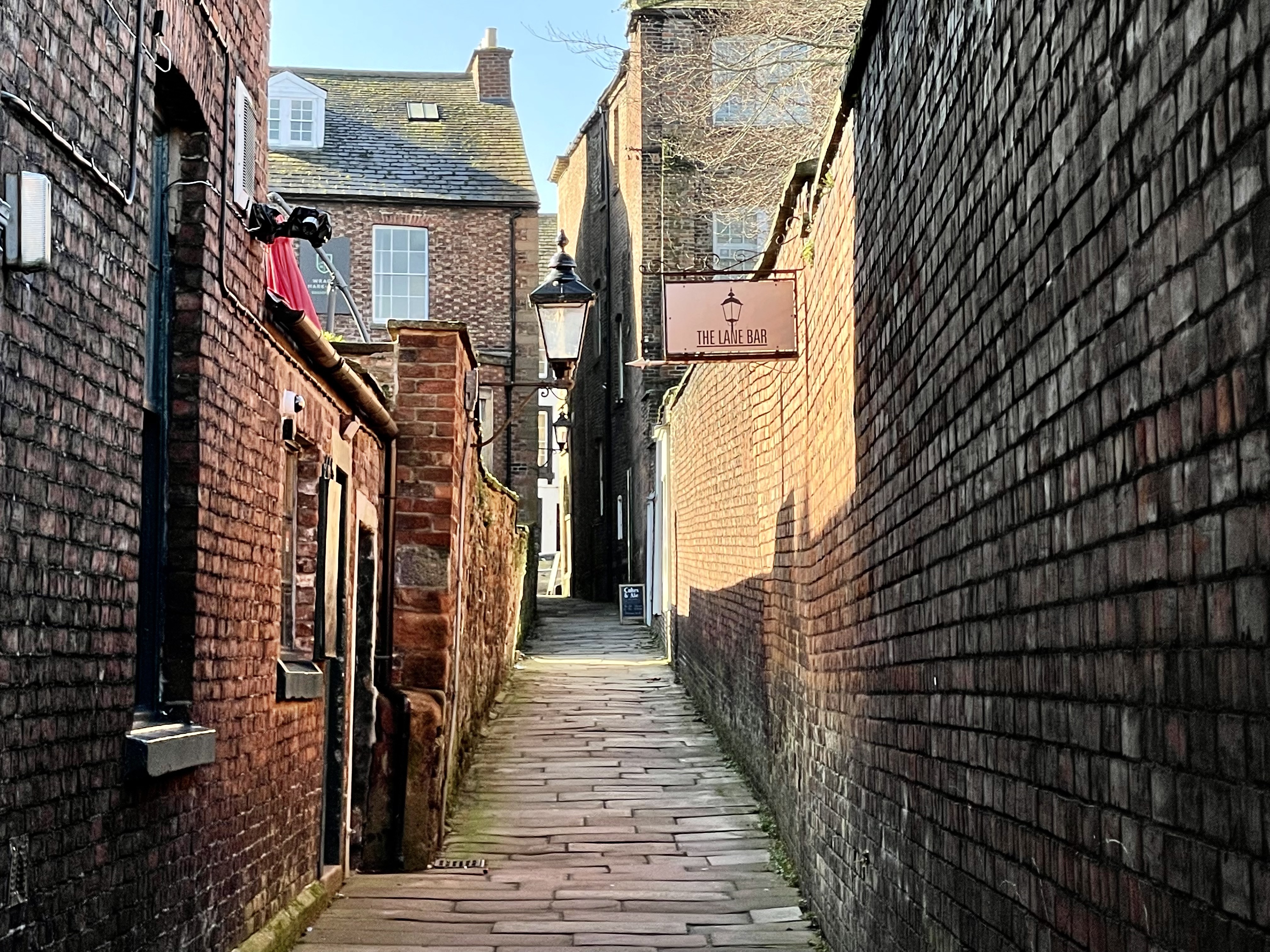
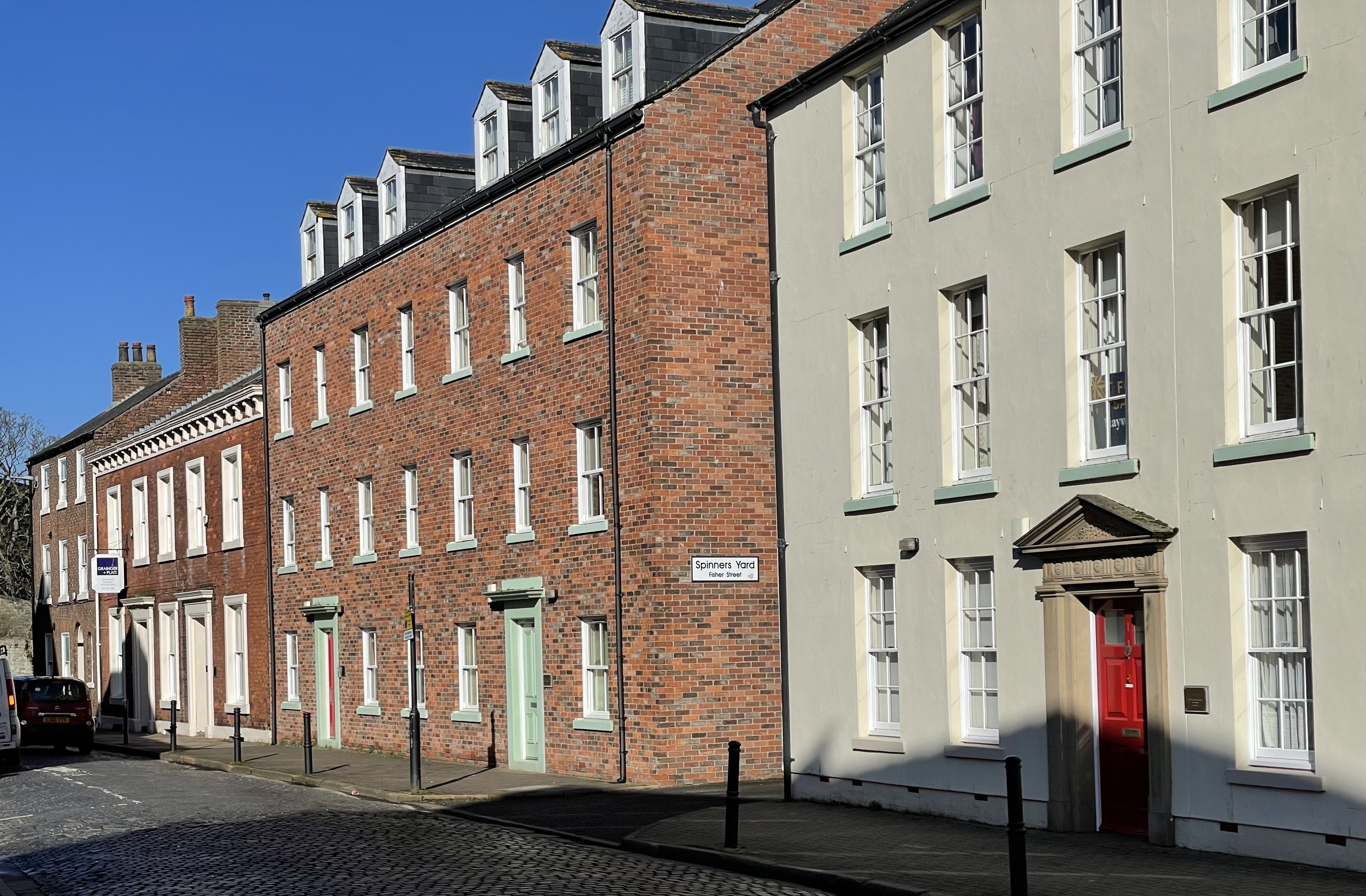

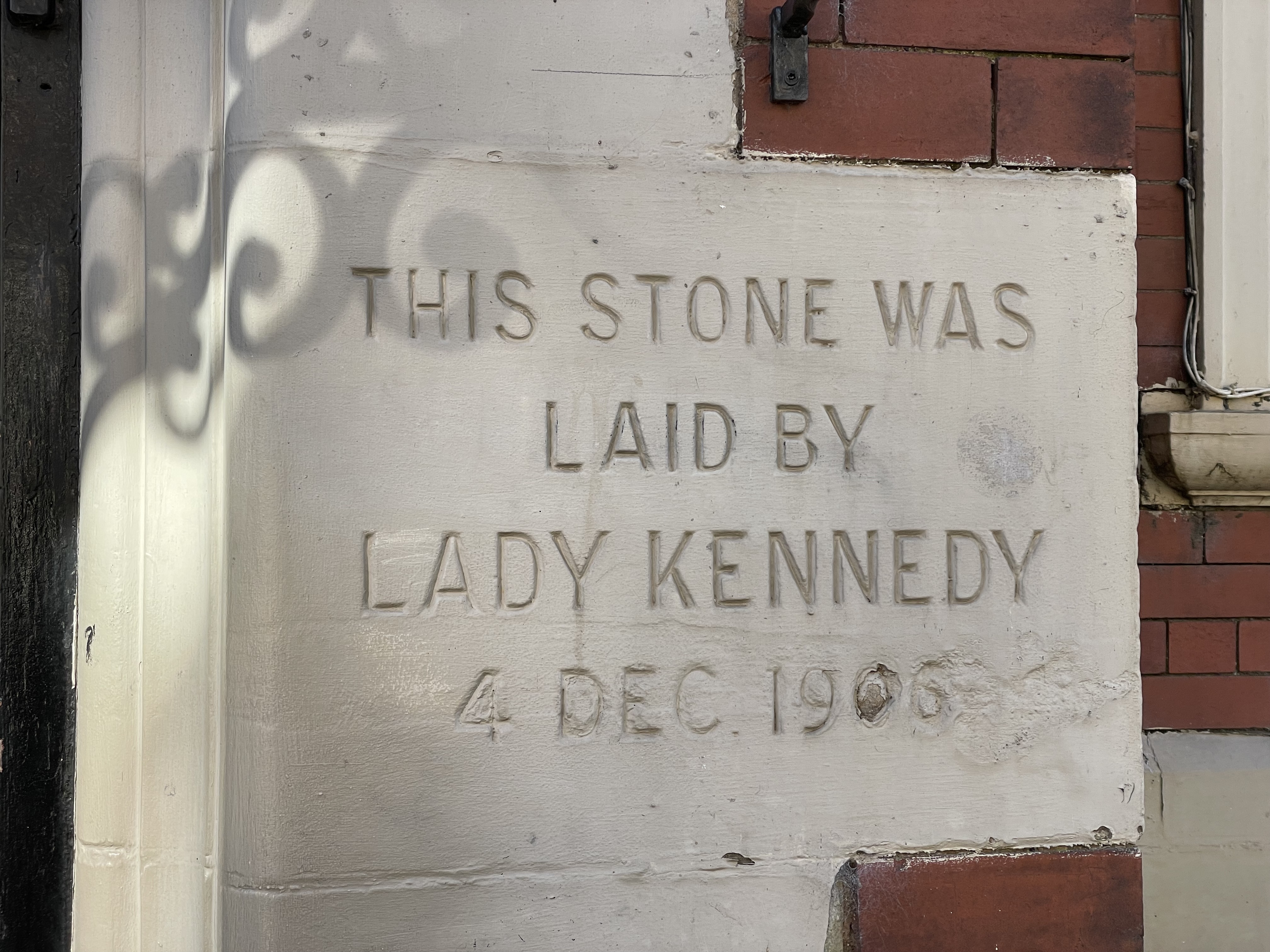
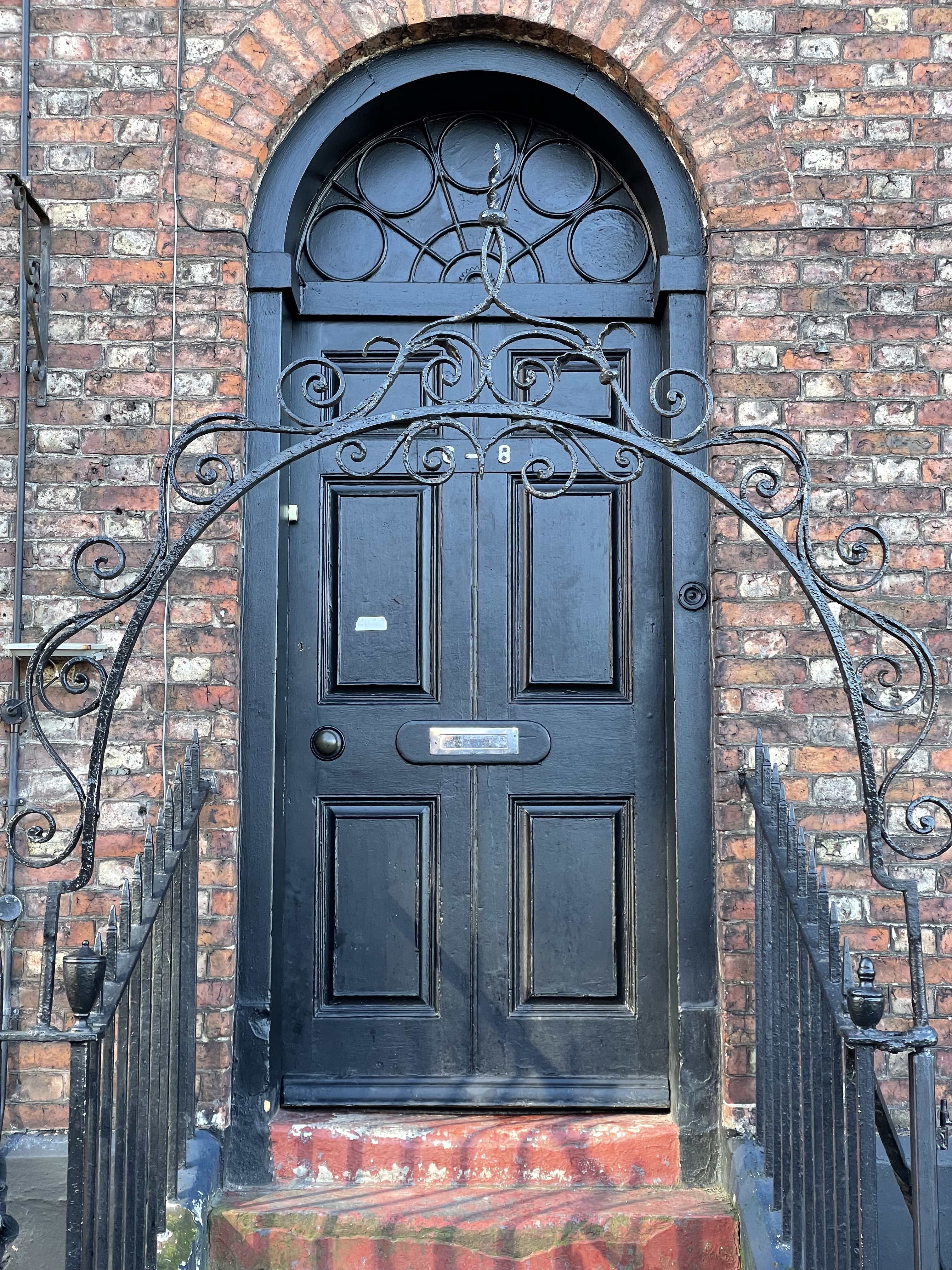
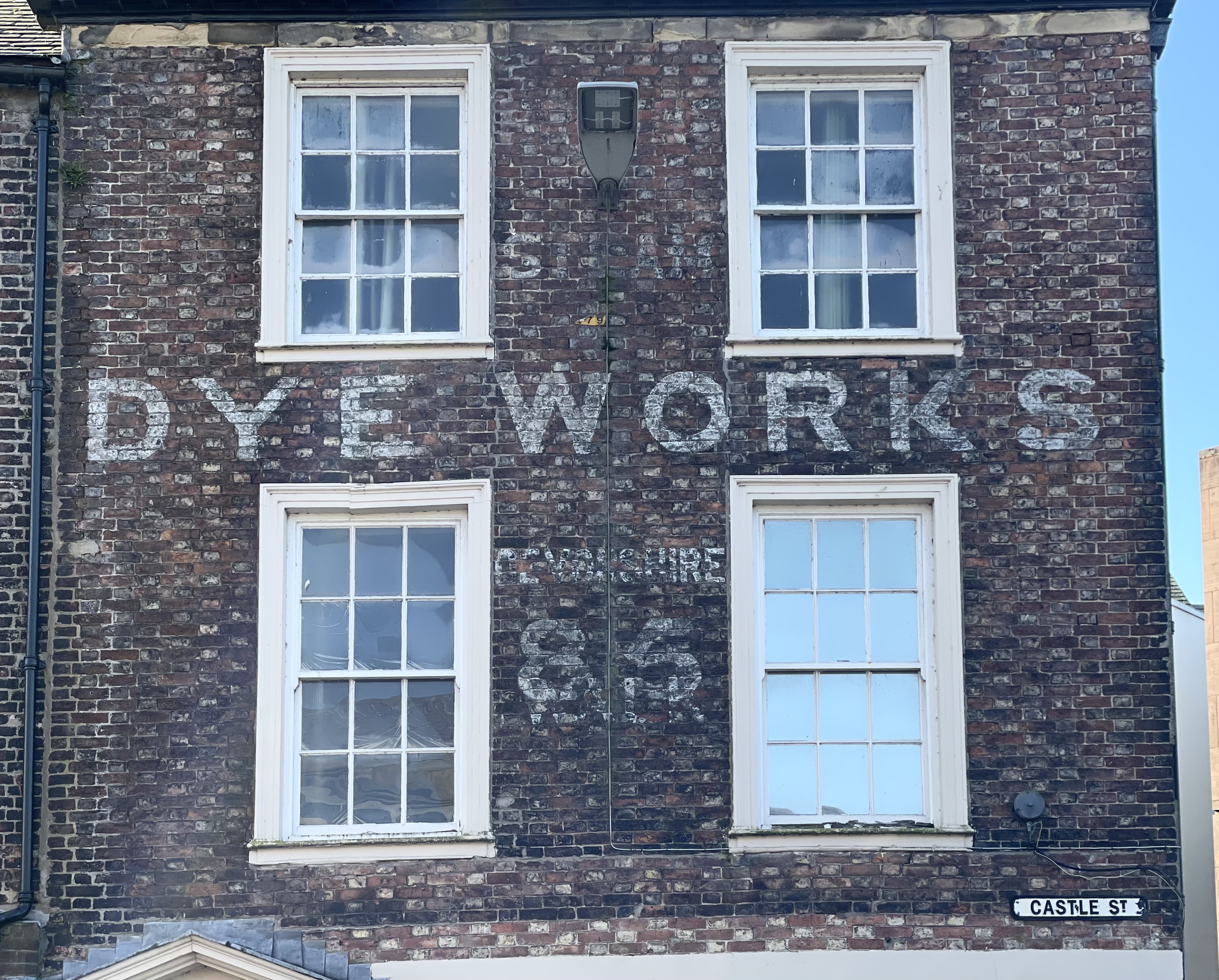
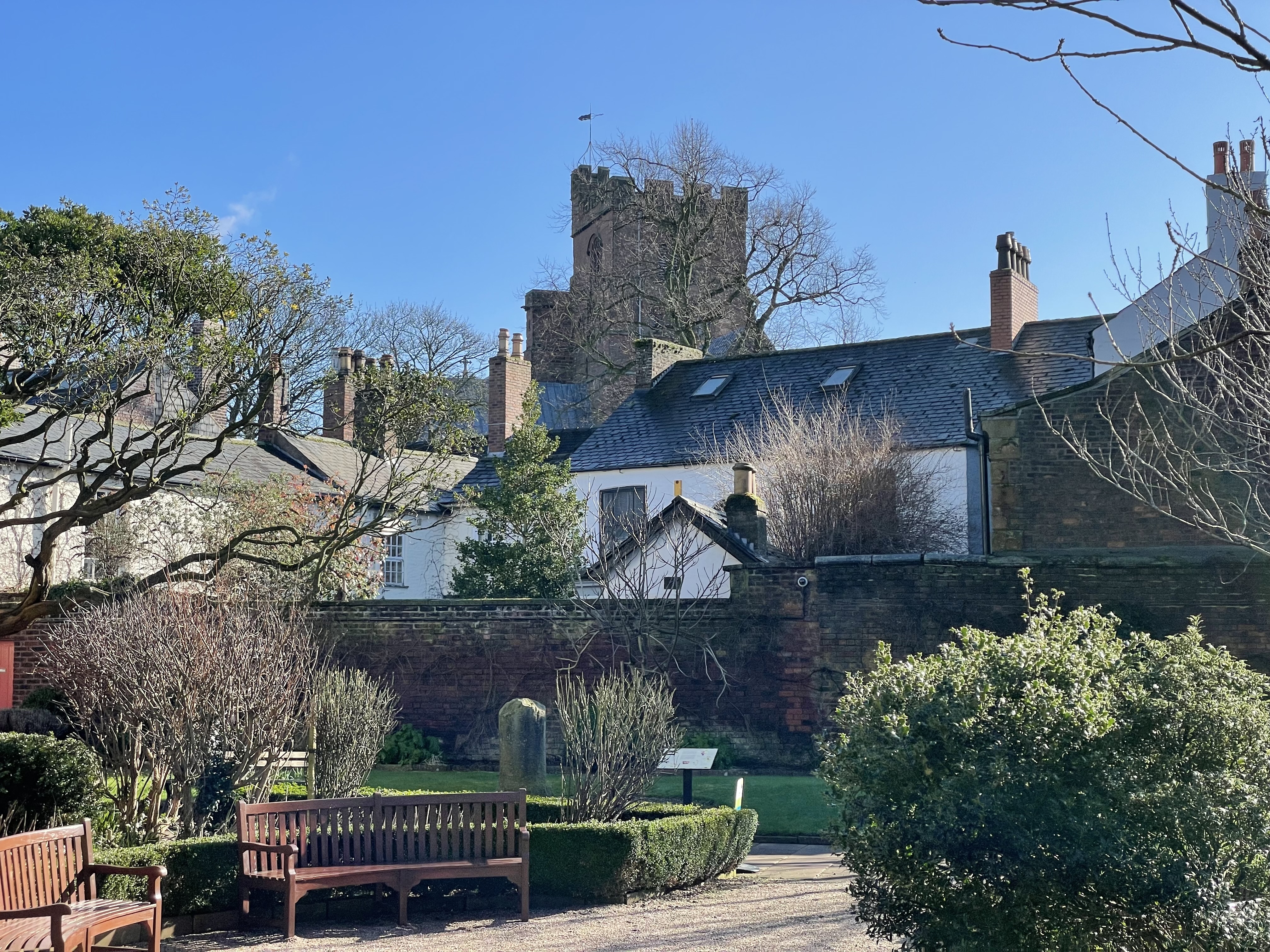
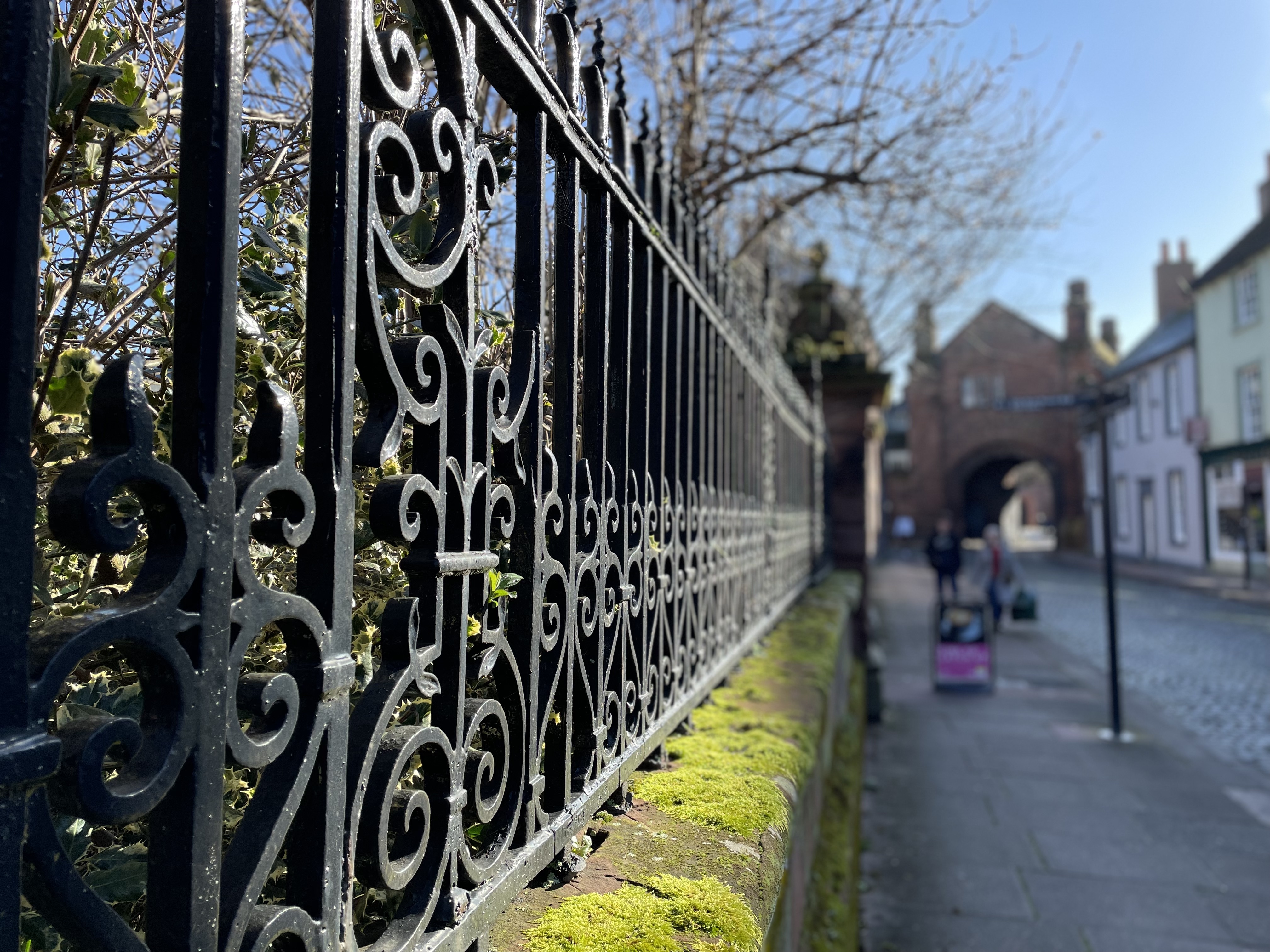
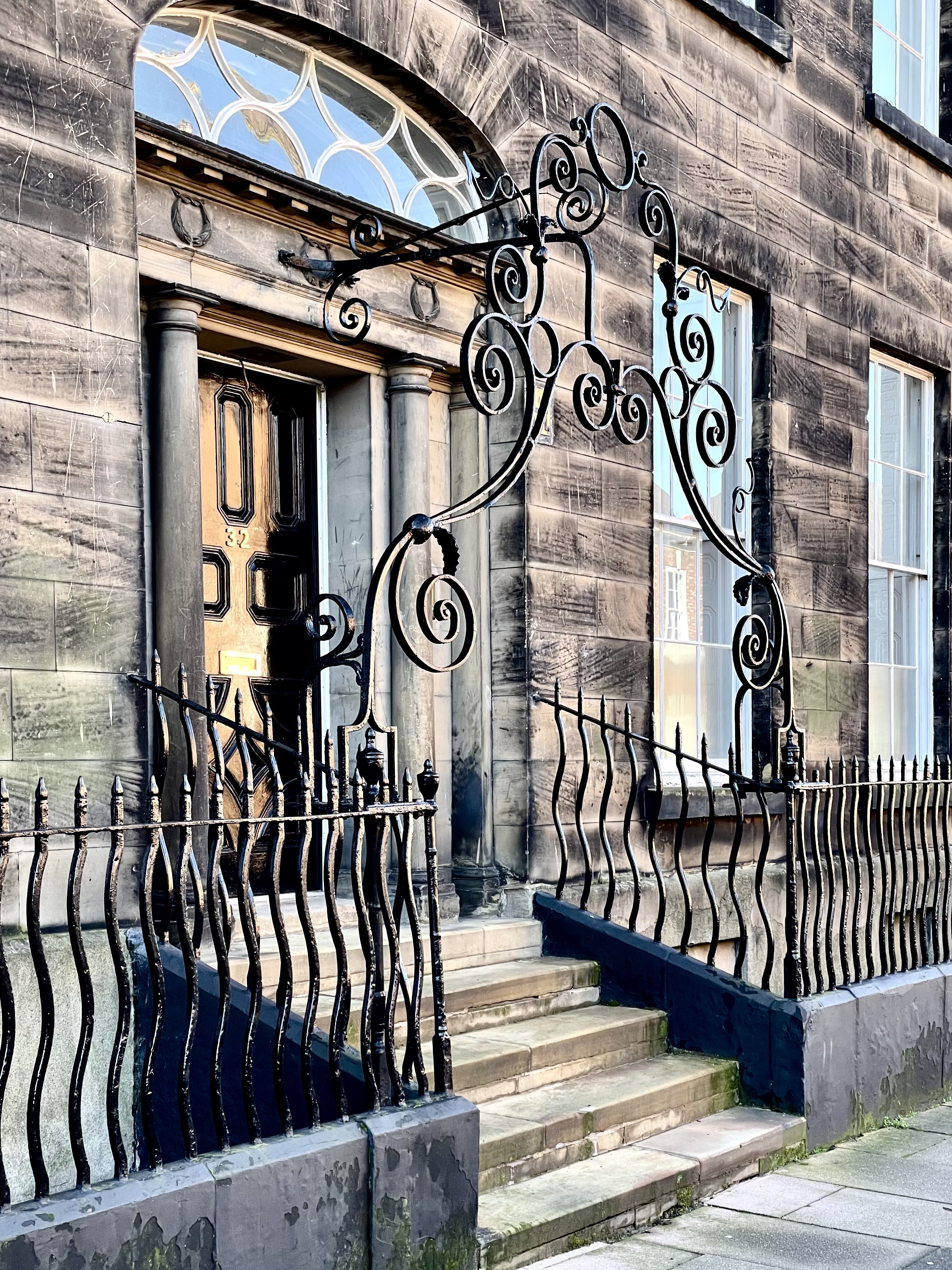
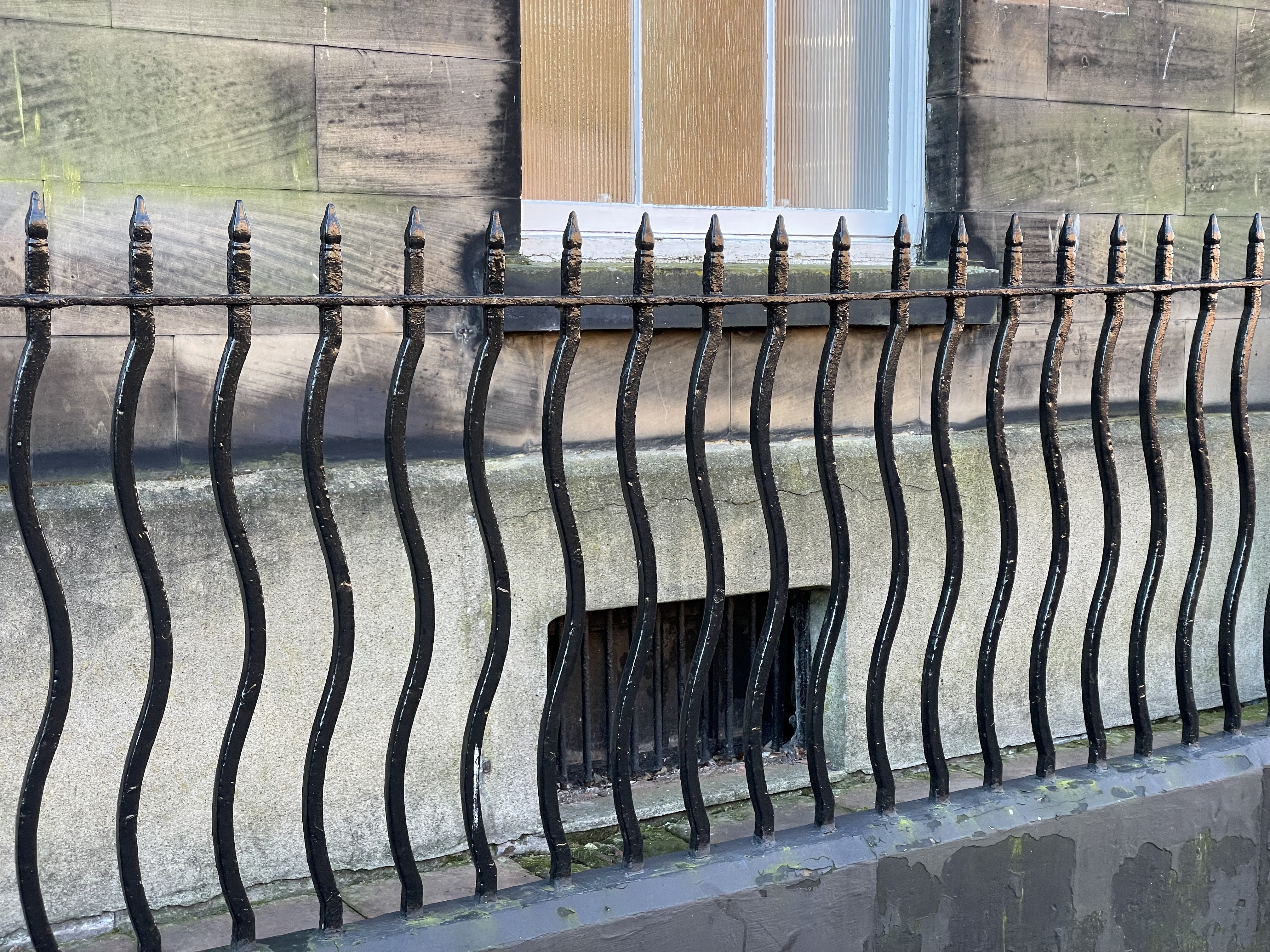
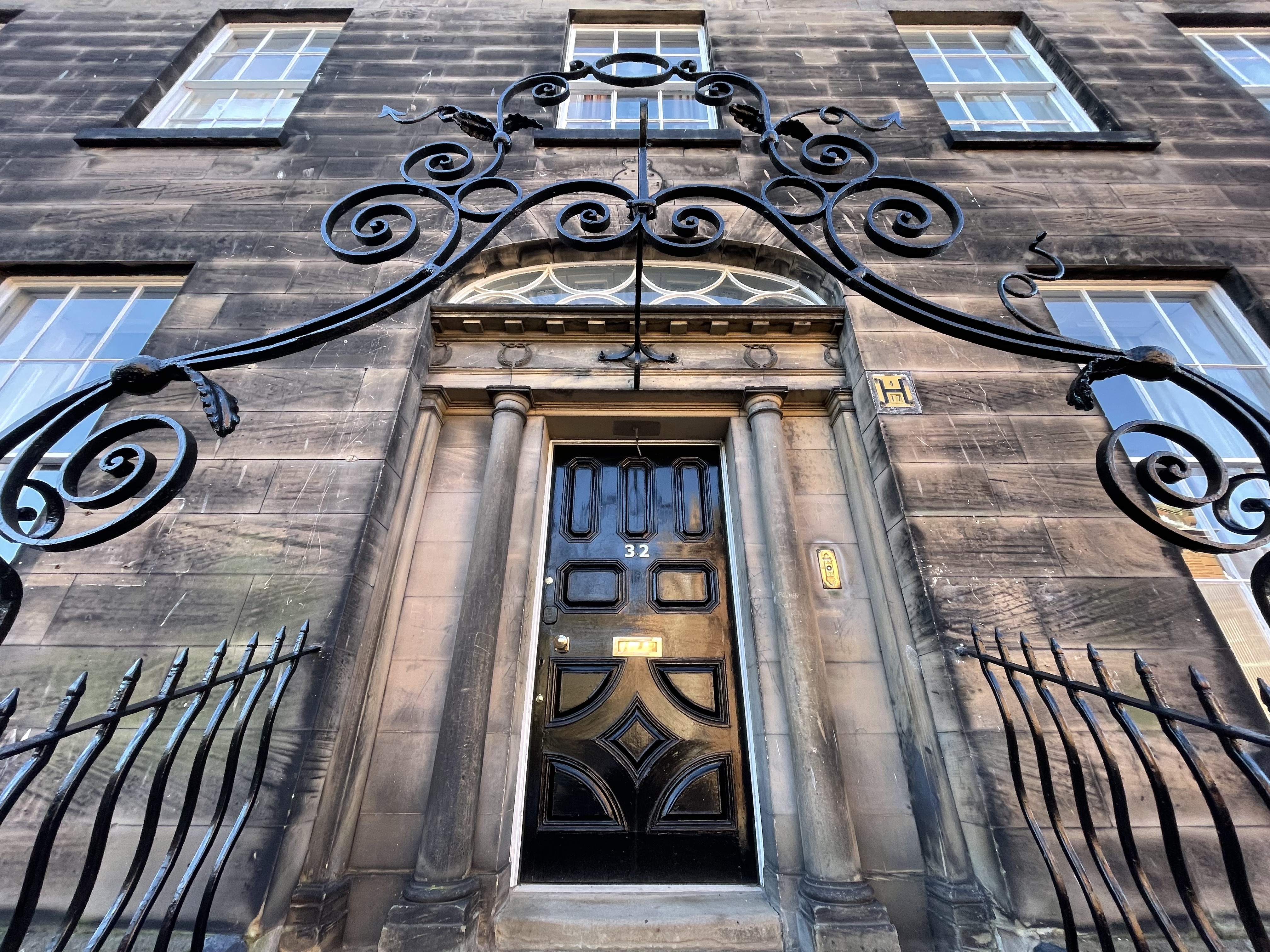
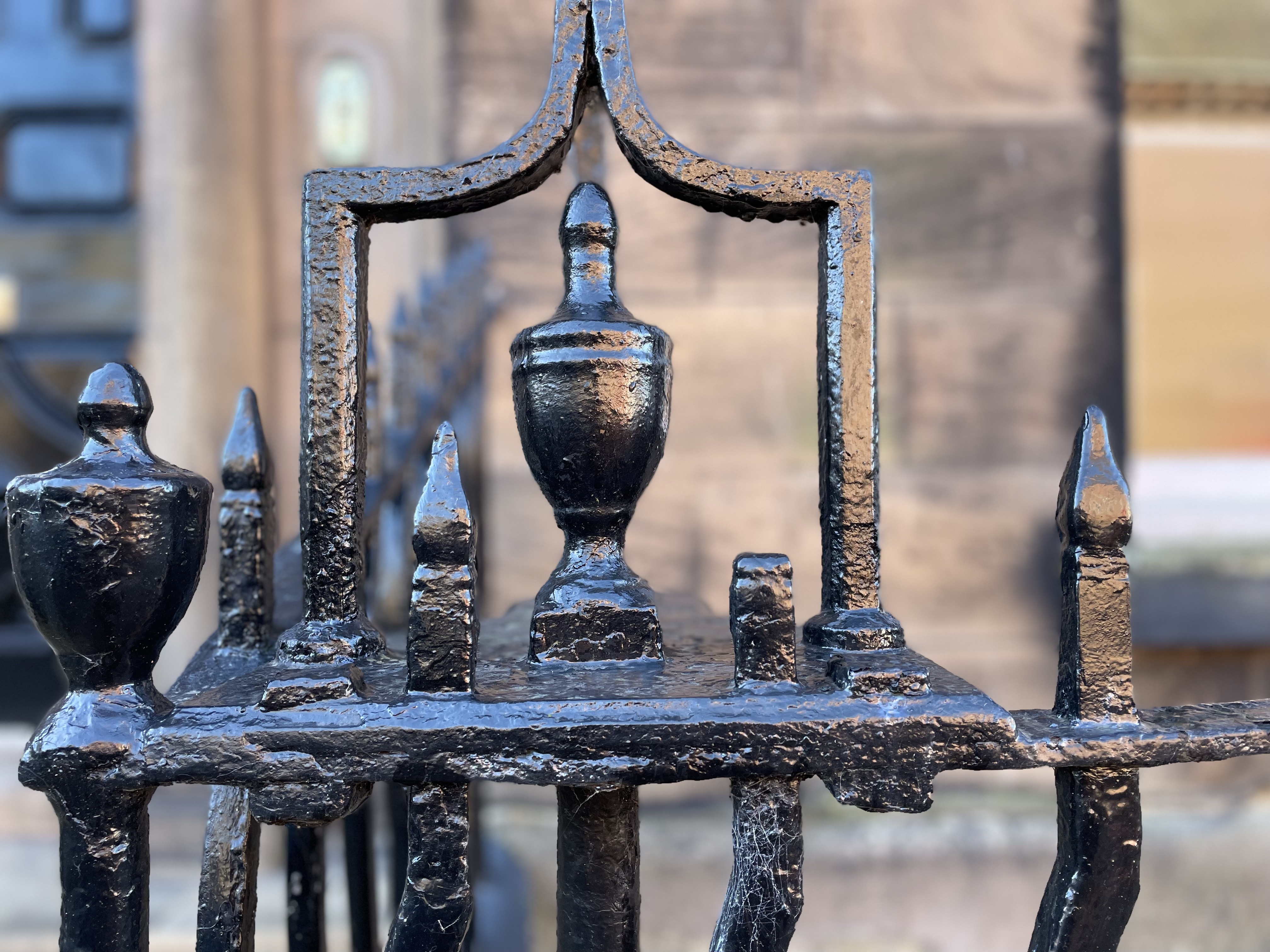
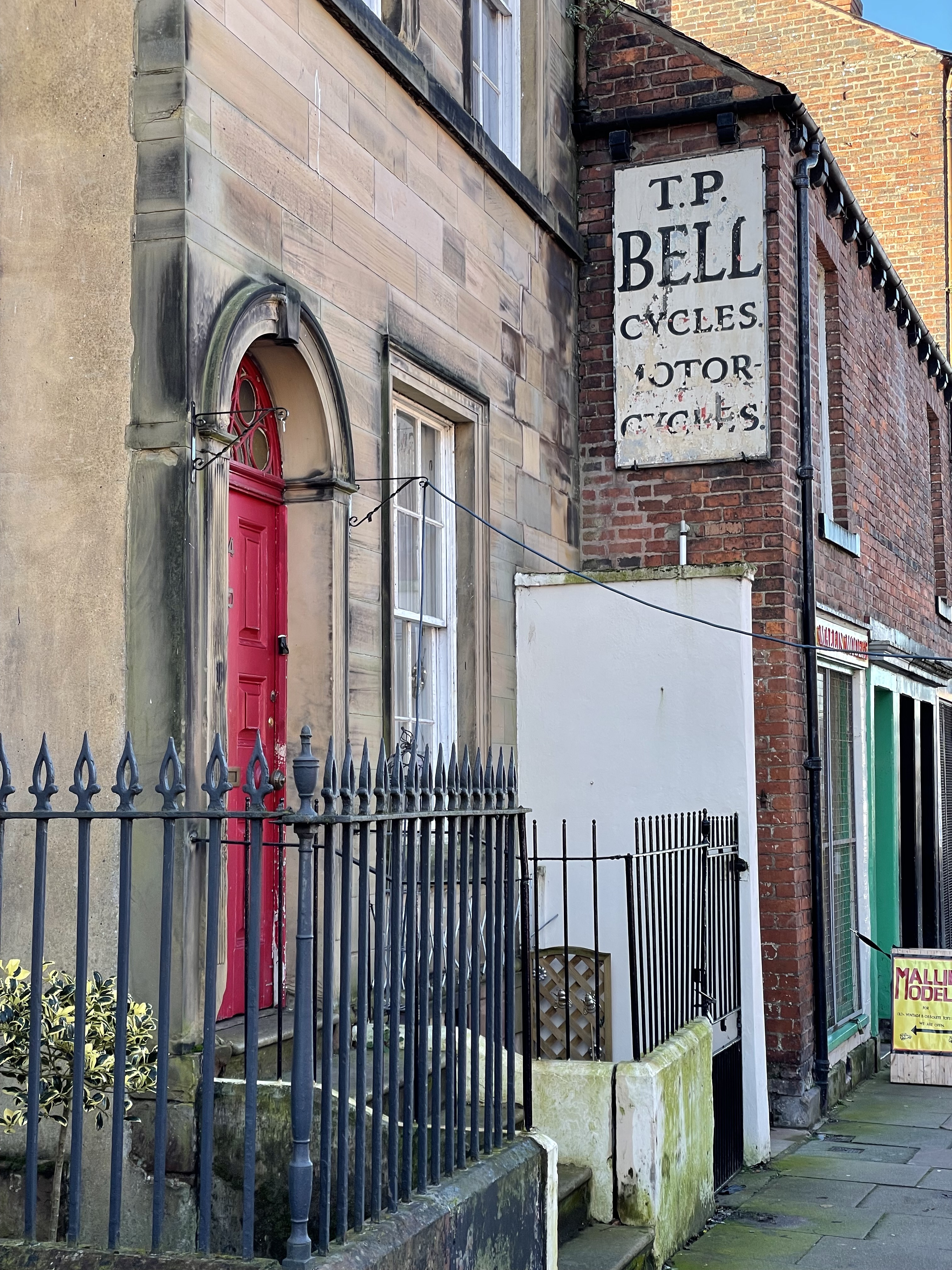
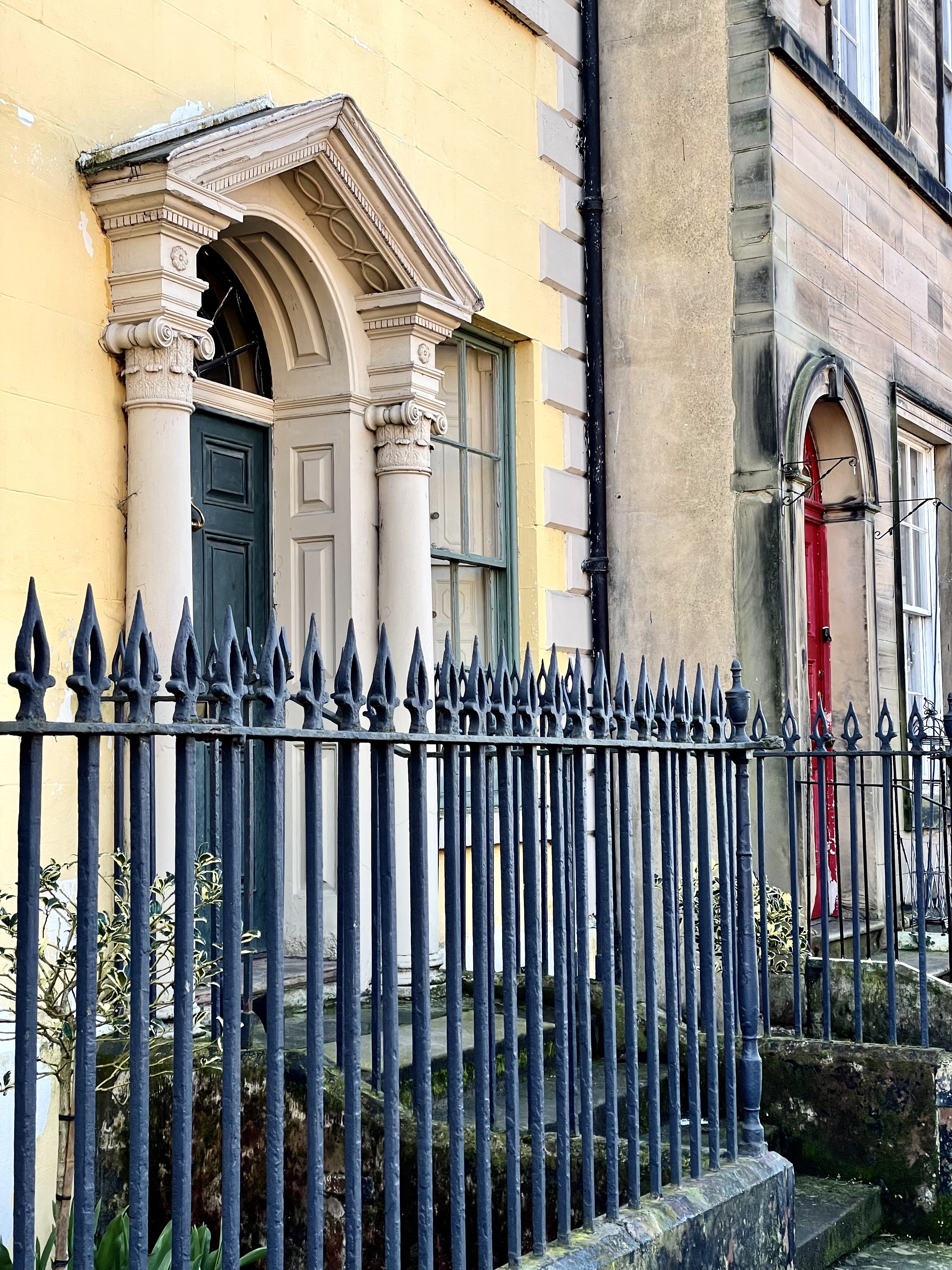
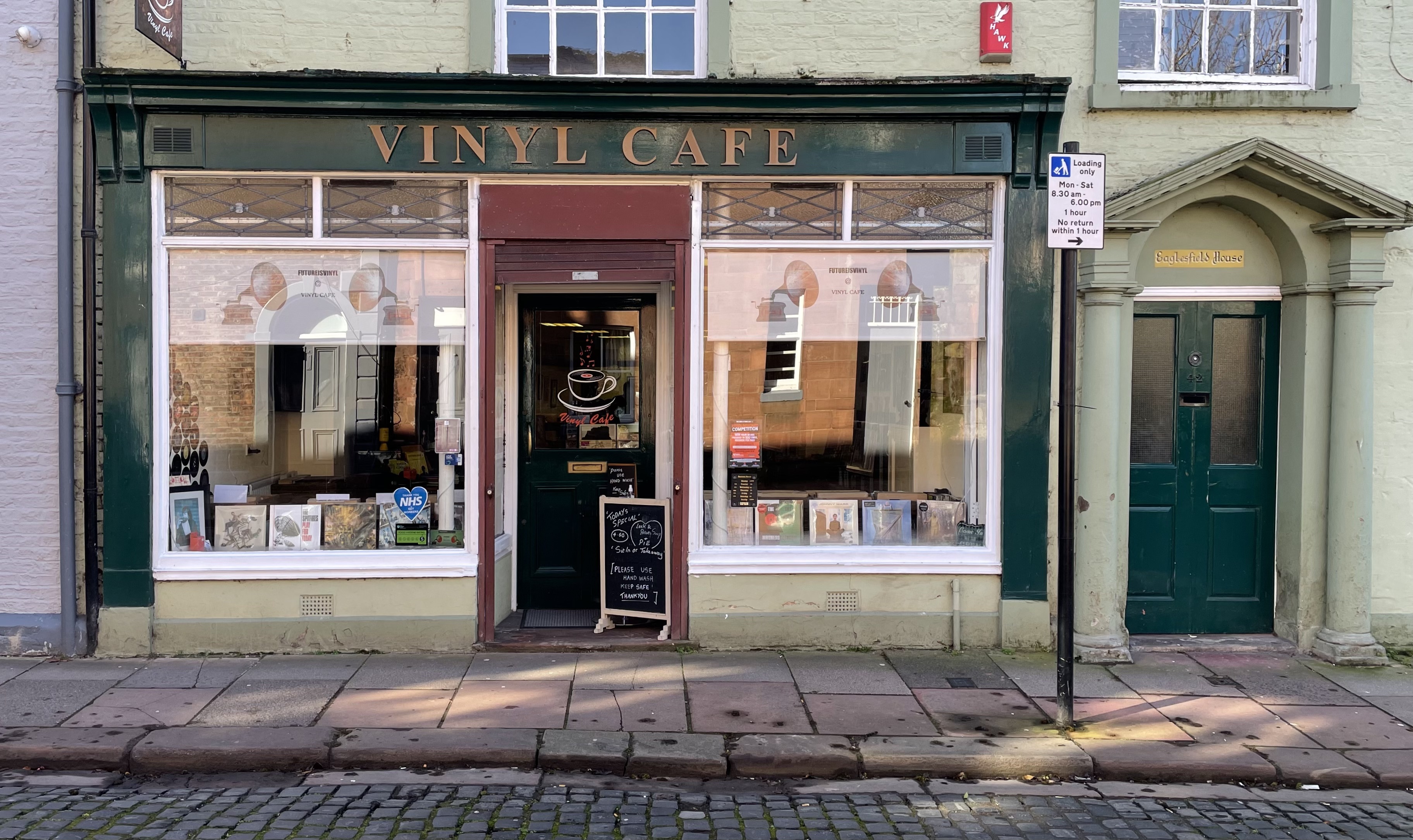
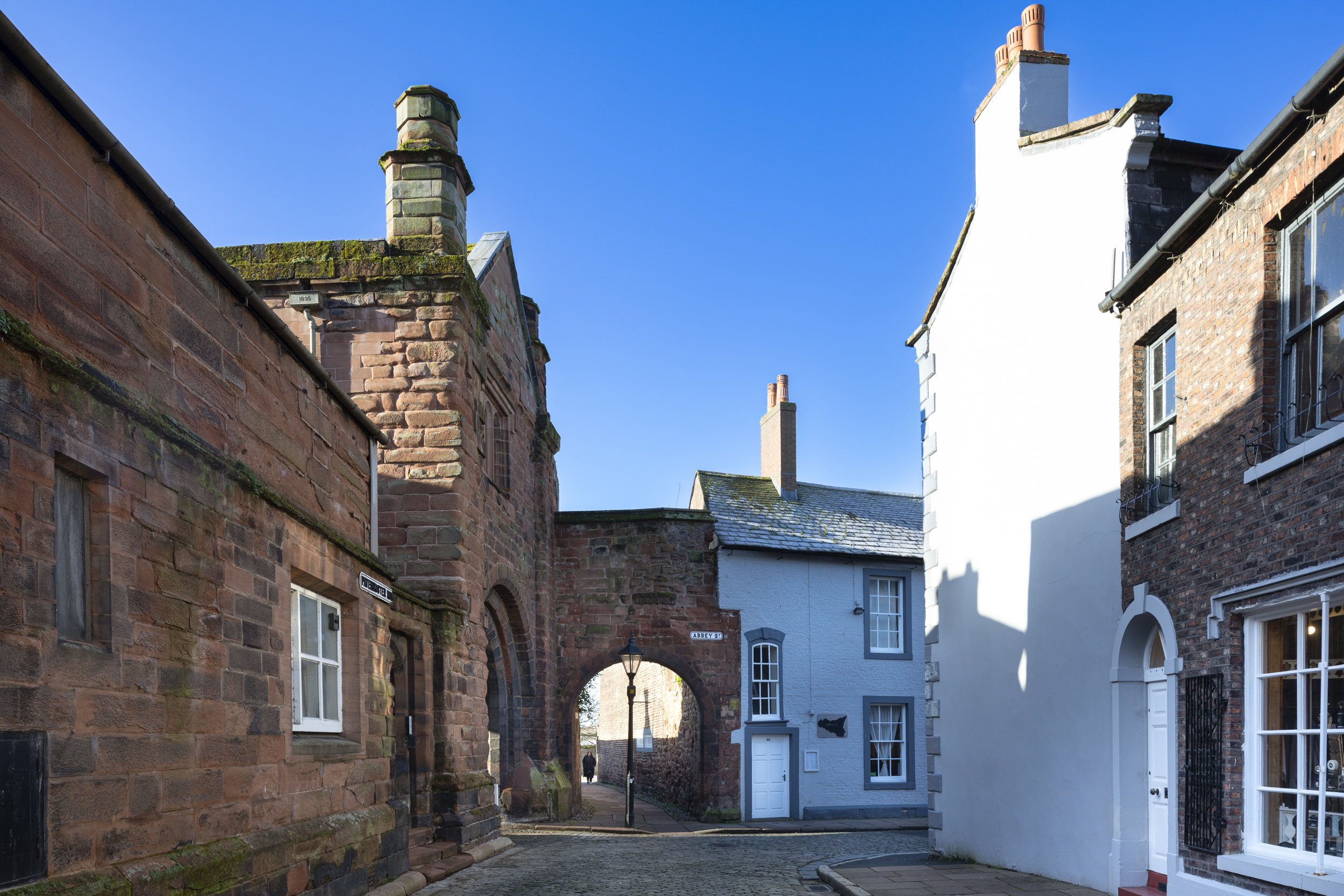
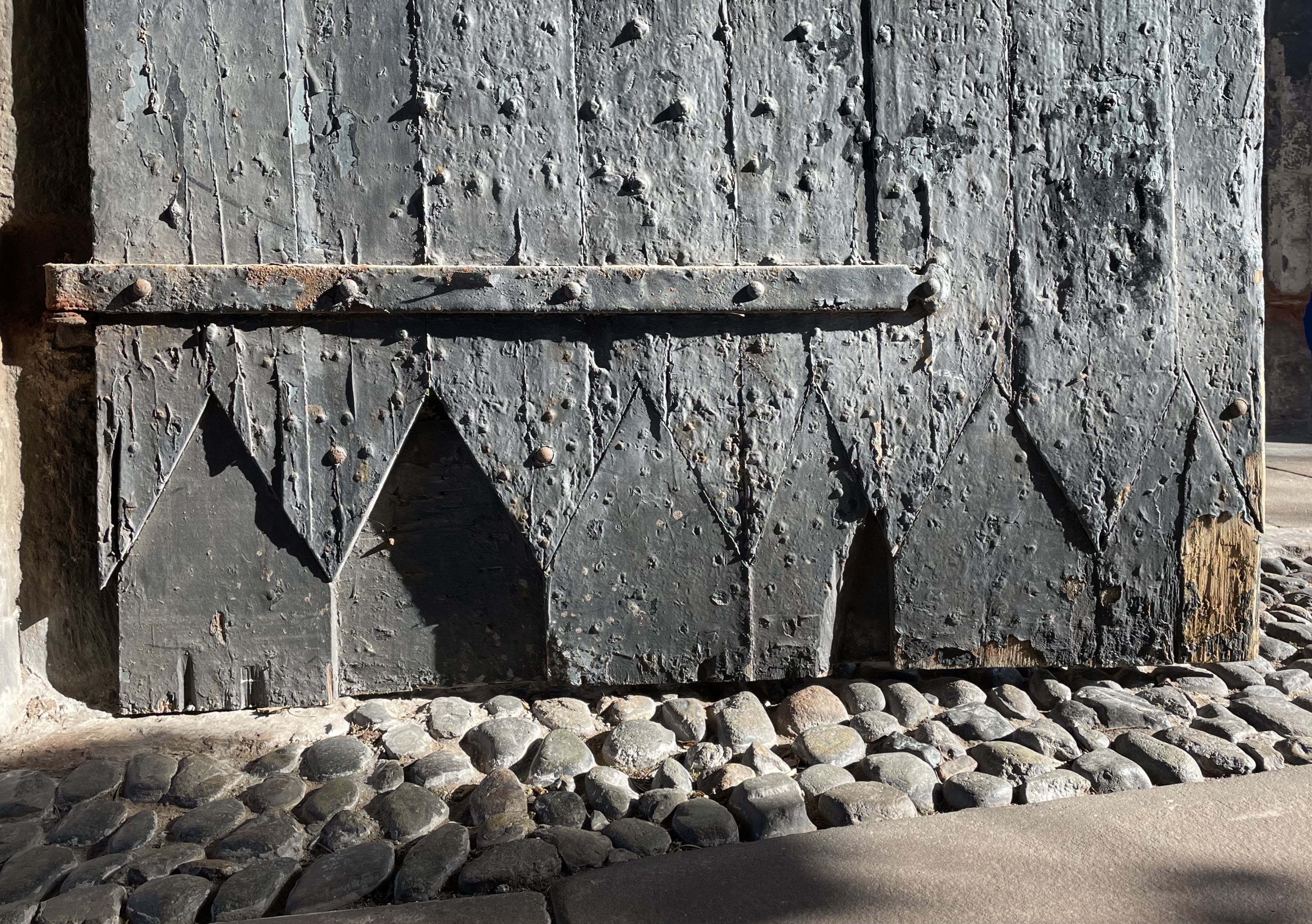
Tullie House
Tullie House is now a museum and art gallery. The core of the building is C16th with a Jacobean facade. Whilst I'm there I can't help but delight in the rainwater goods - some of the finest in the land.
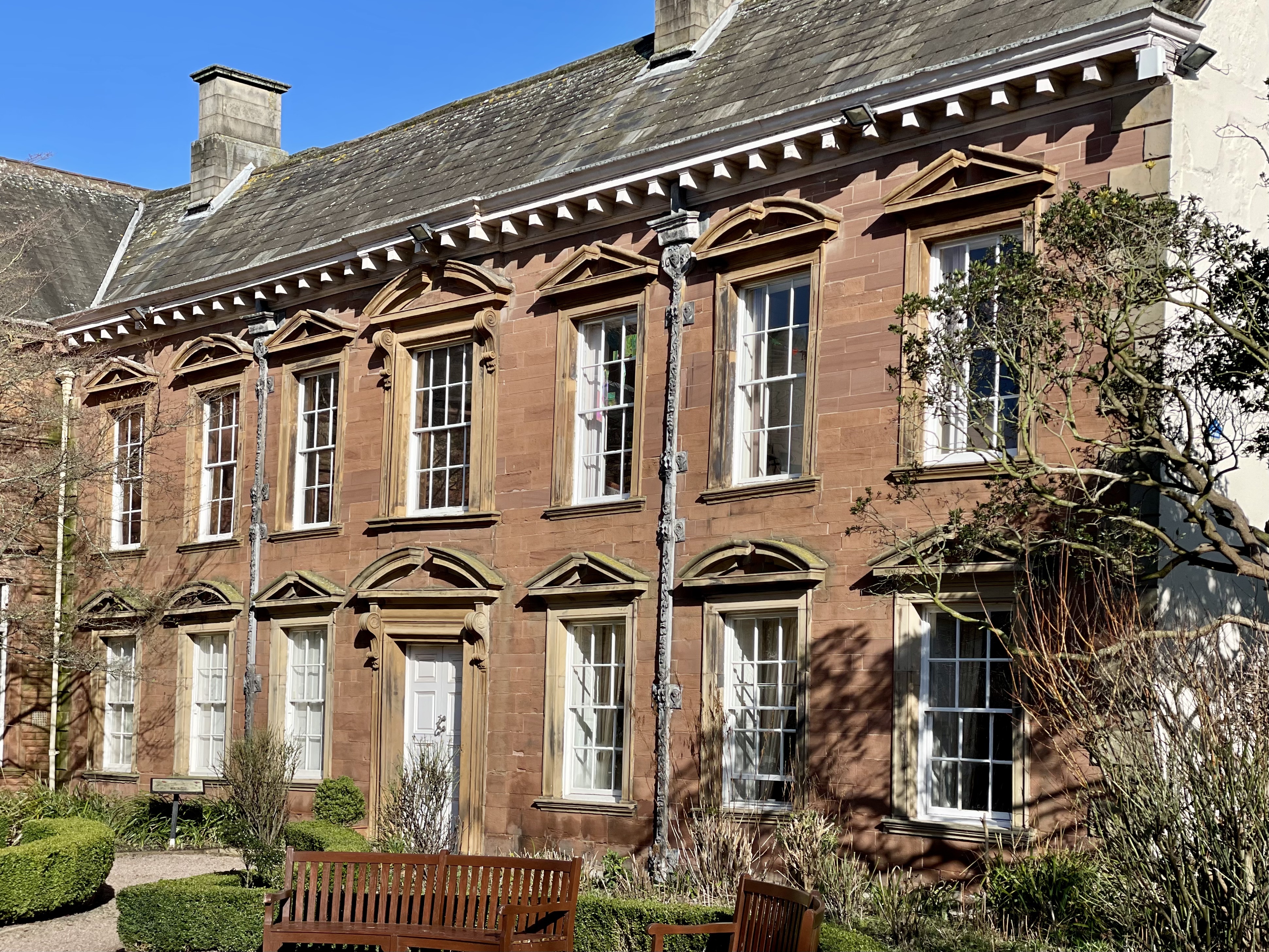
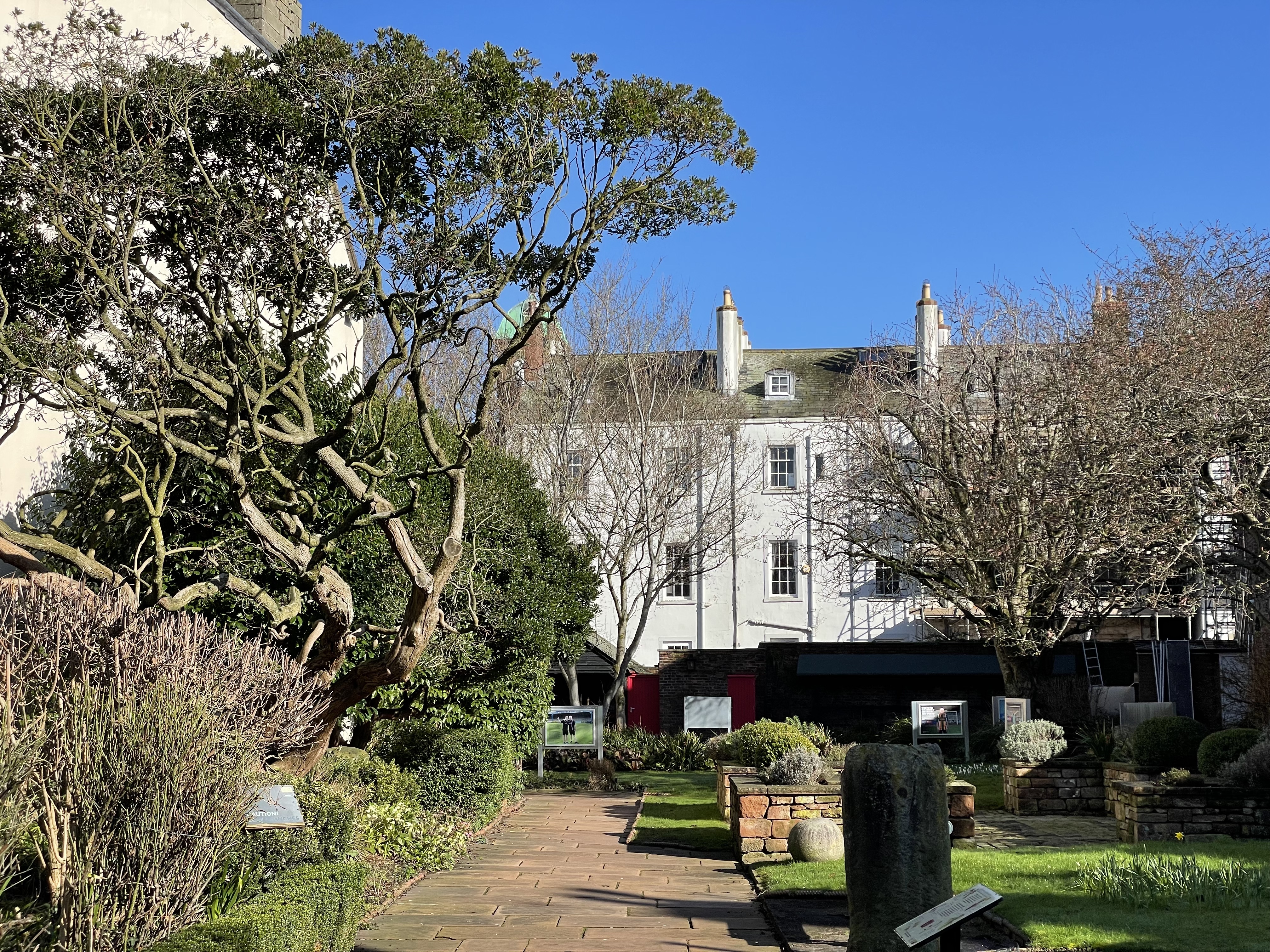
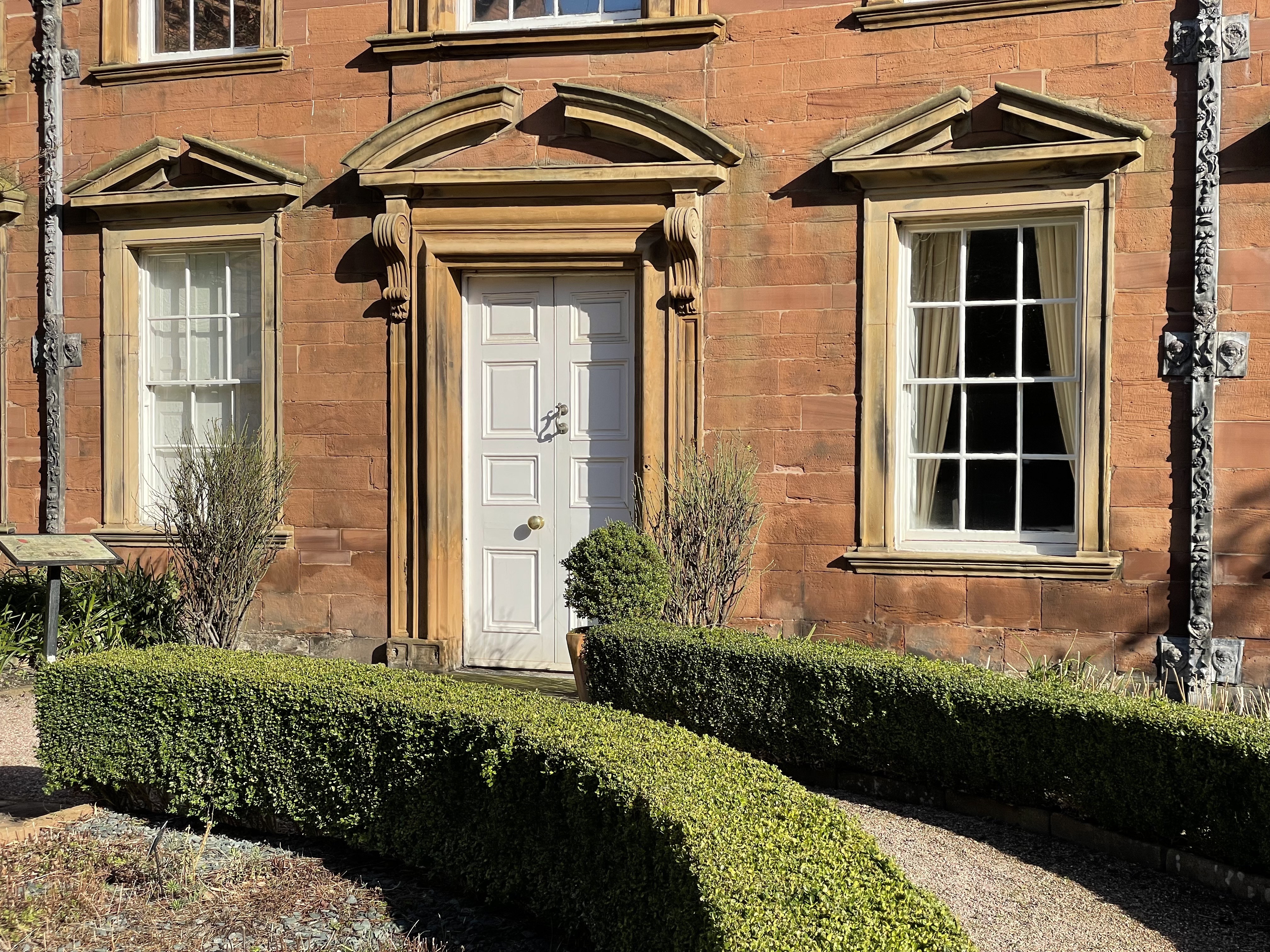
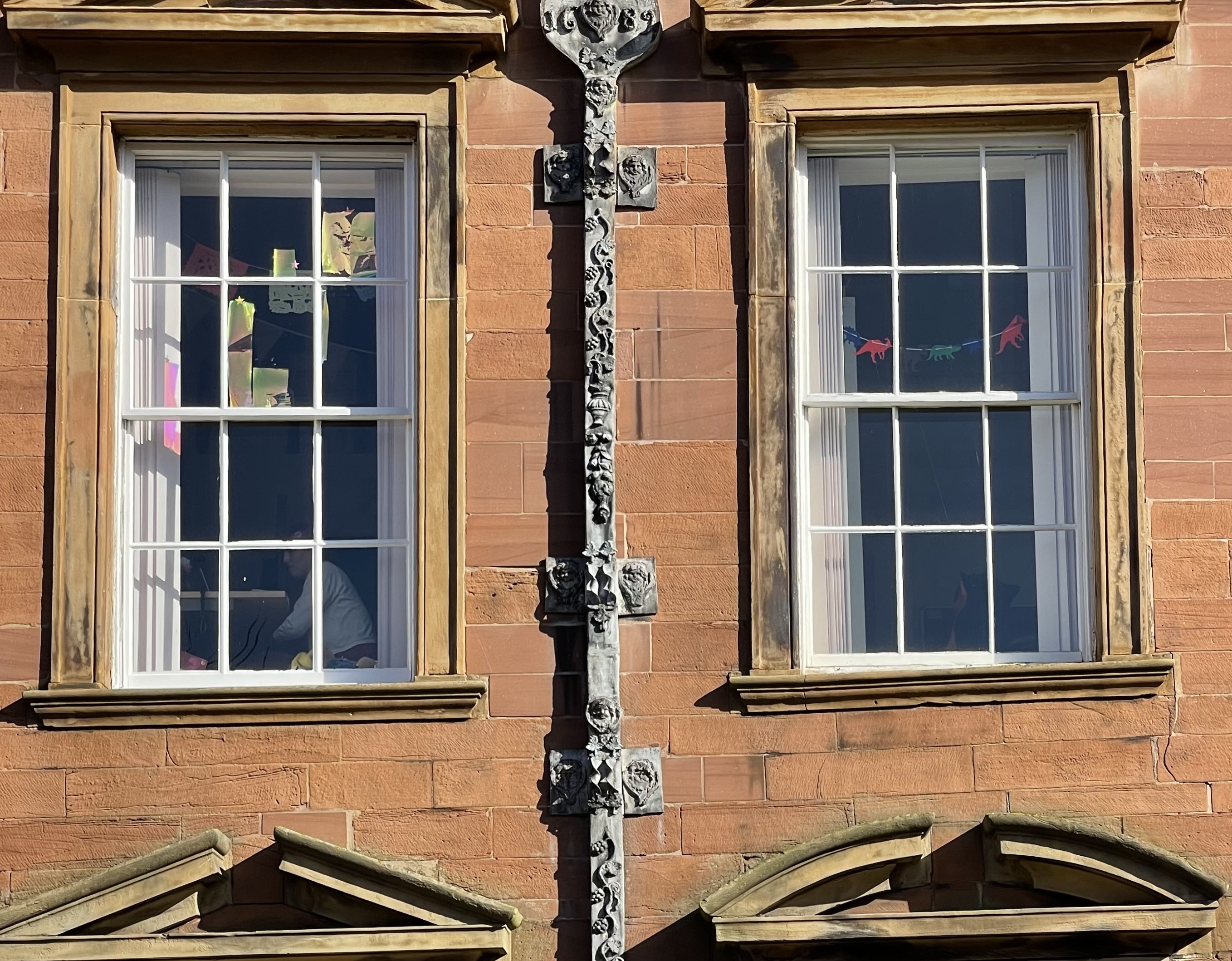
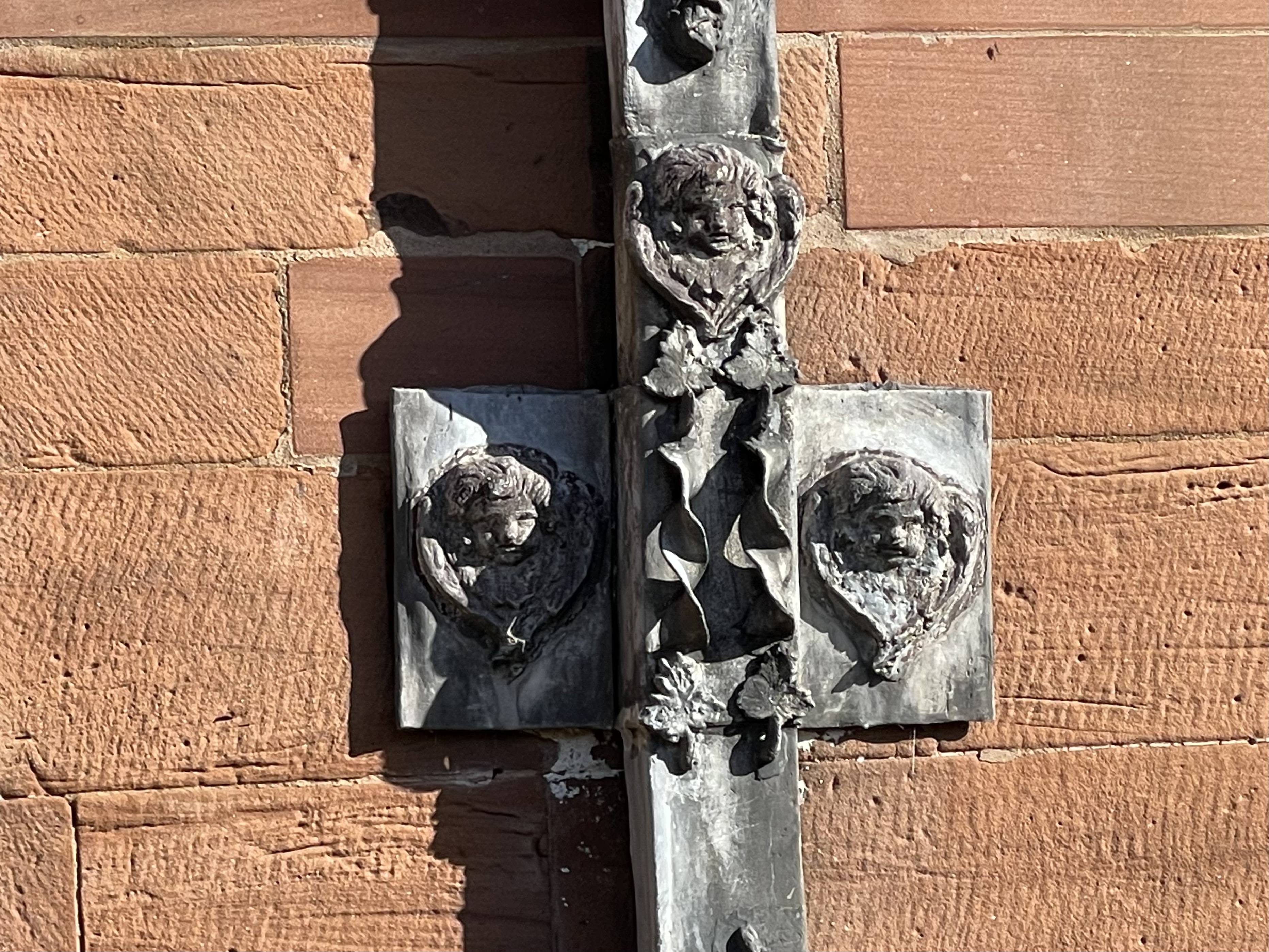
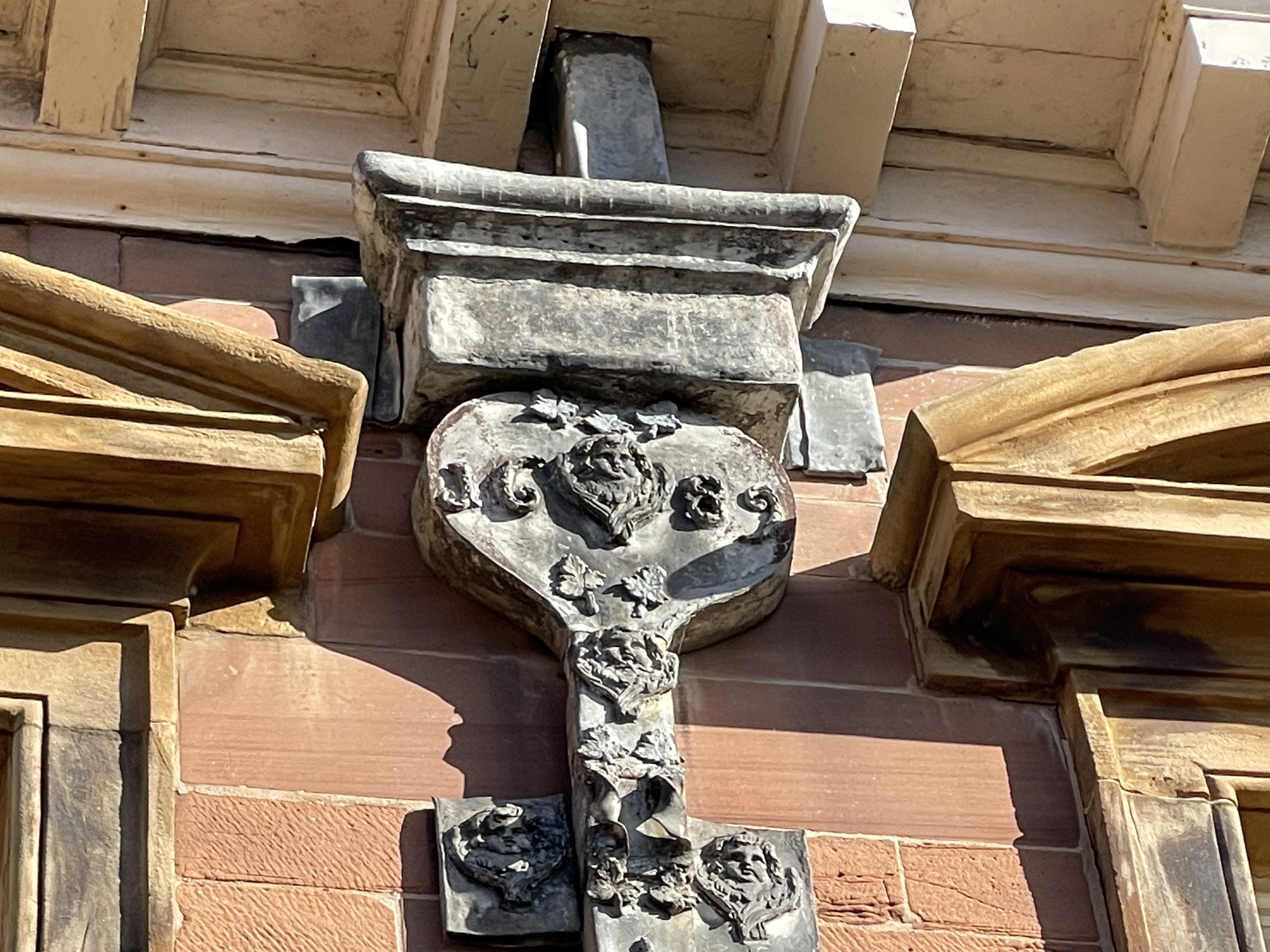
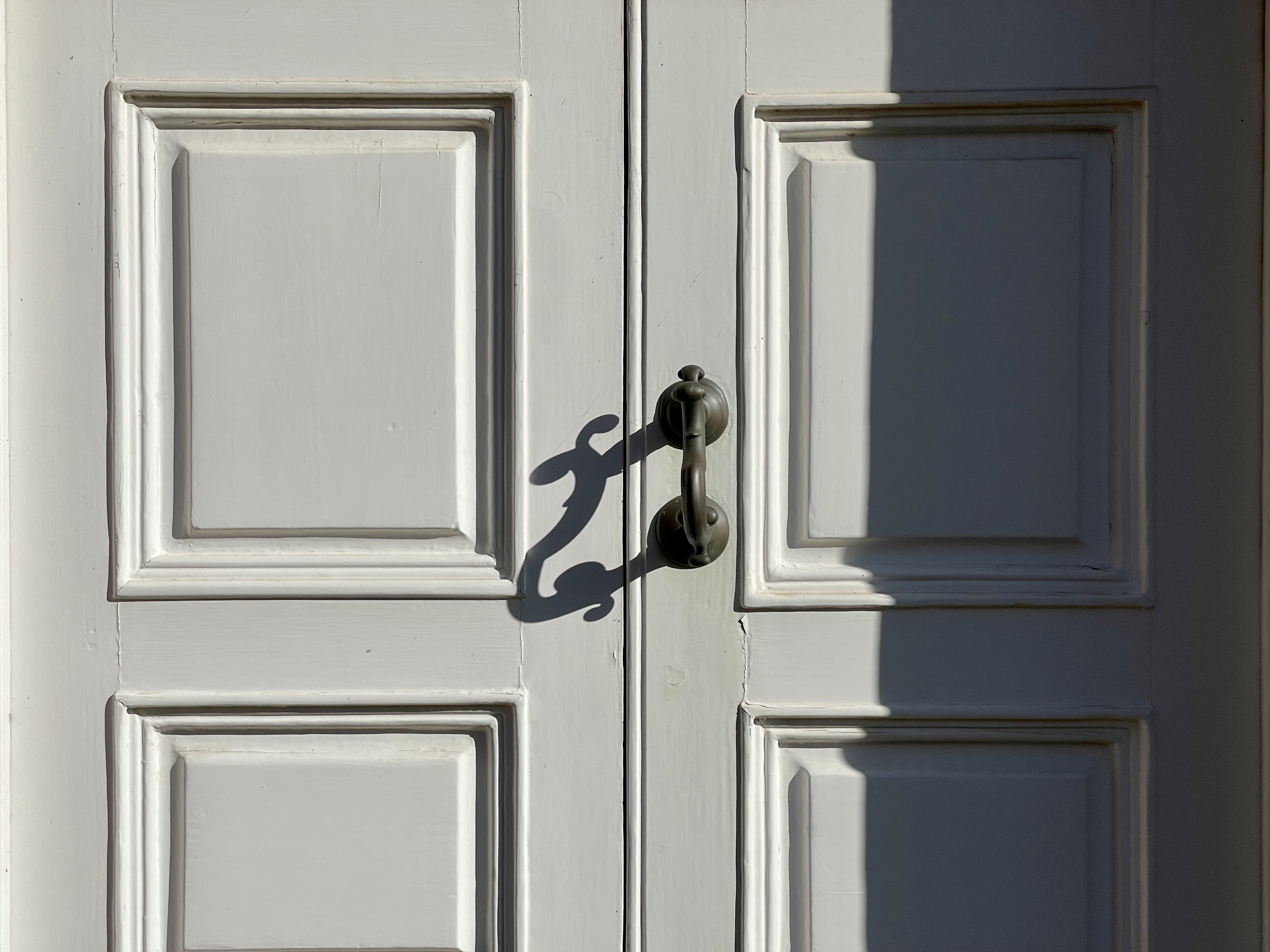
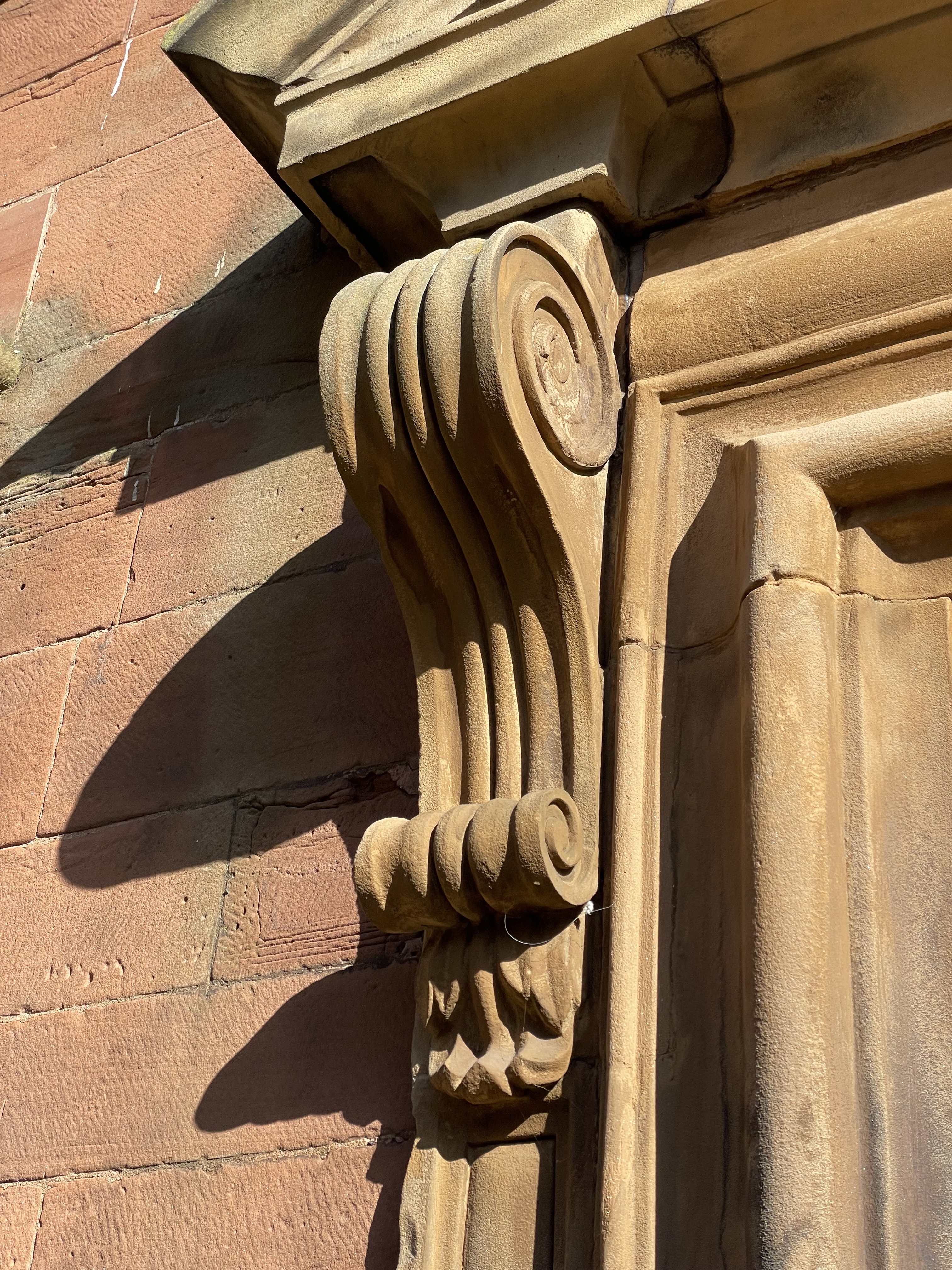
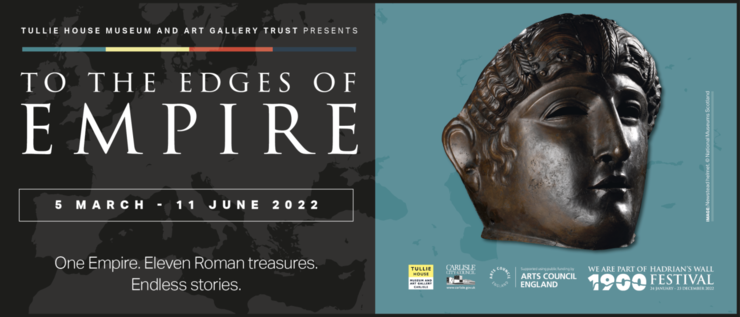
Tullie House Museum & Art Gallery | Art - History - Nature of Carlisle, Cumbria
Art - History - Nature of Carlisle, Cumbria
St Cuthbert's Parish Church
I was taught at school that there are four seasons in England. Life has taught me that it's a little more nuanced than that - crocuses in the churchyard at St. Cuthbert's herald the first thread of the complex weave of spring.
I recommend a visit to Carlisle's Parish church - it is, perhaps, one of a few places where you can get up close to medieval stained glass. So close that you can see the bubbles caught in the glass made by the originators hand.
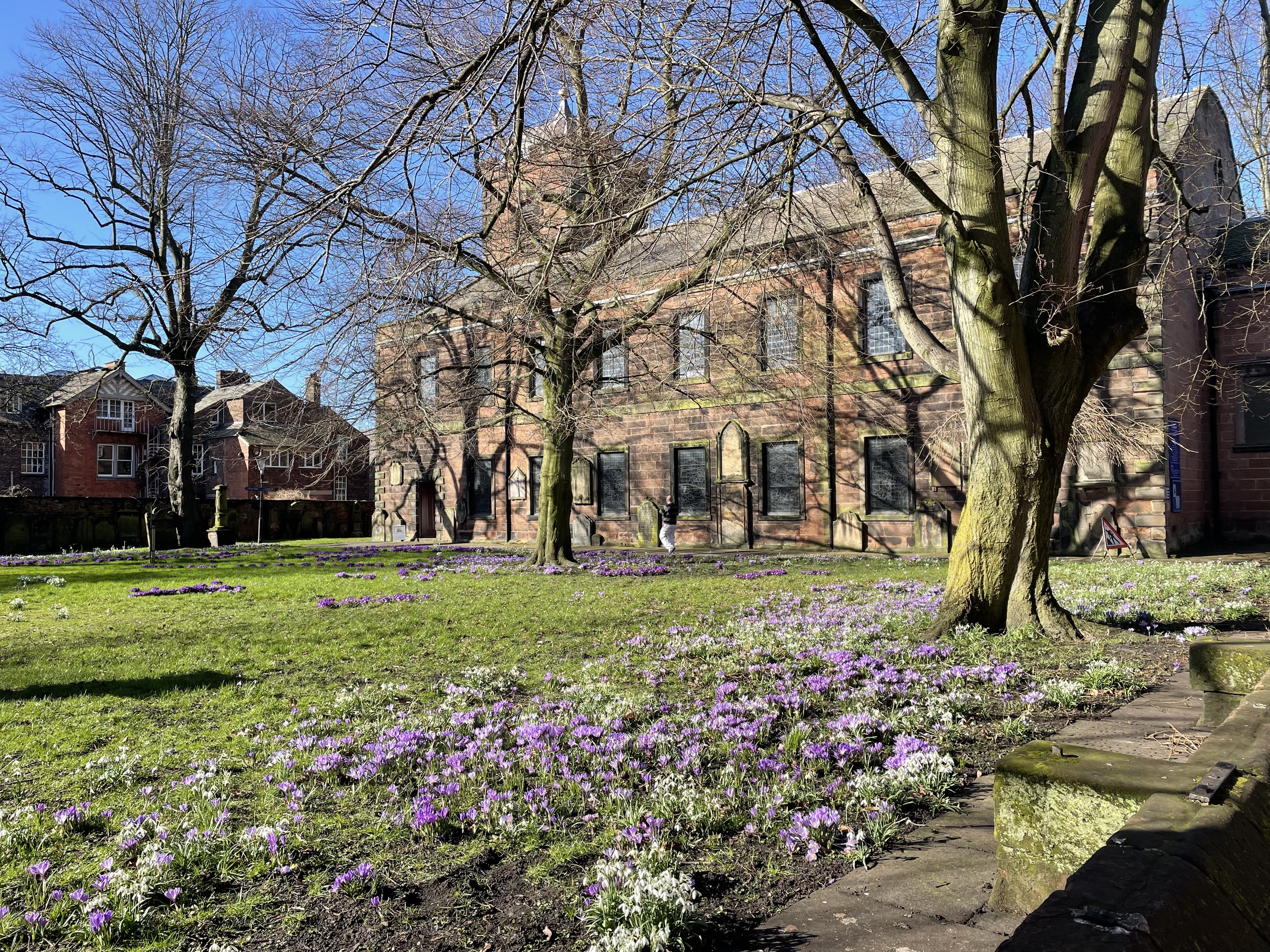
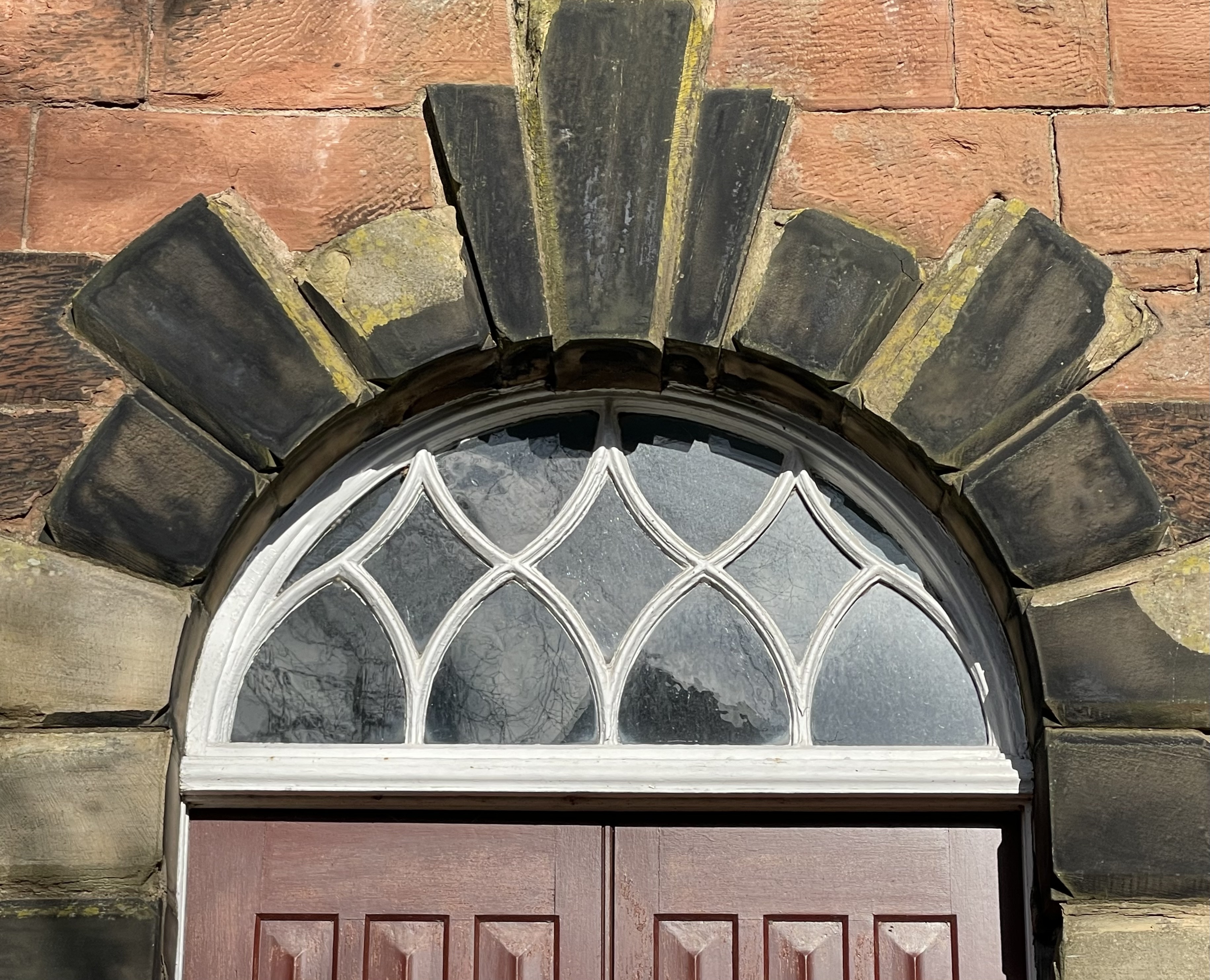
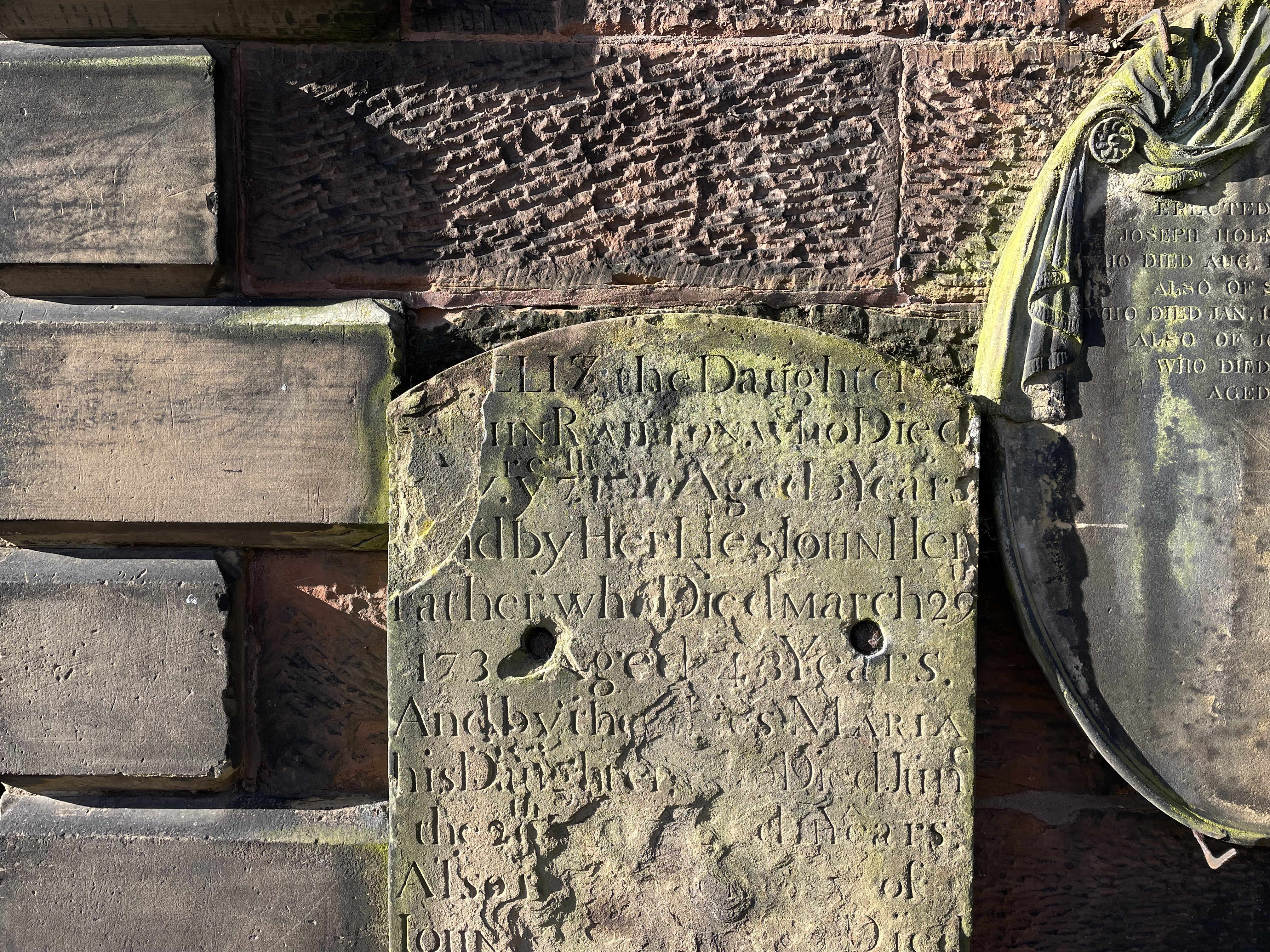
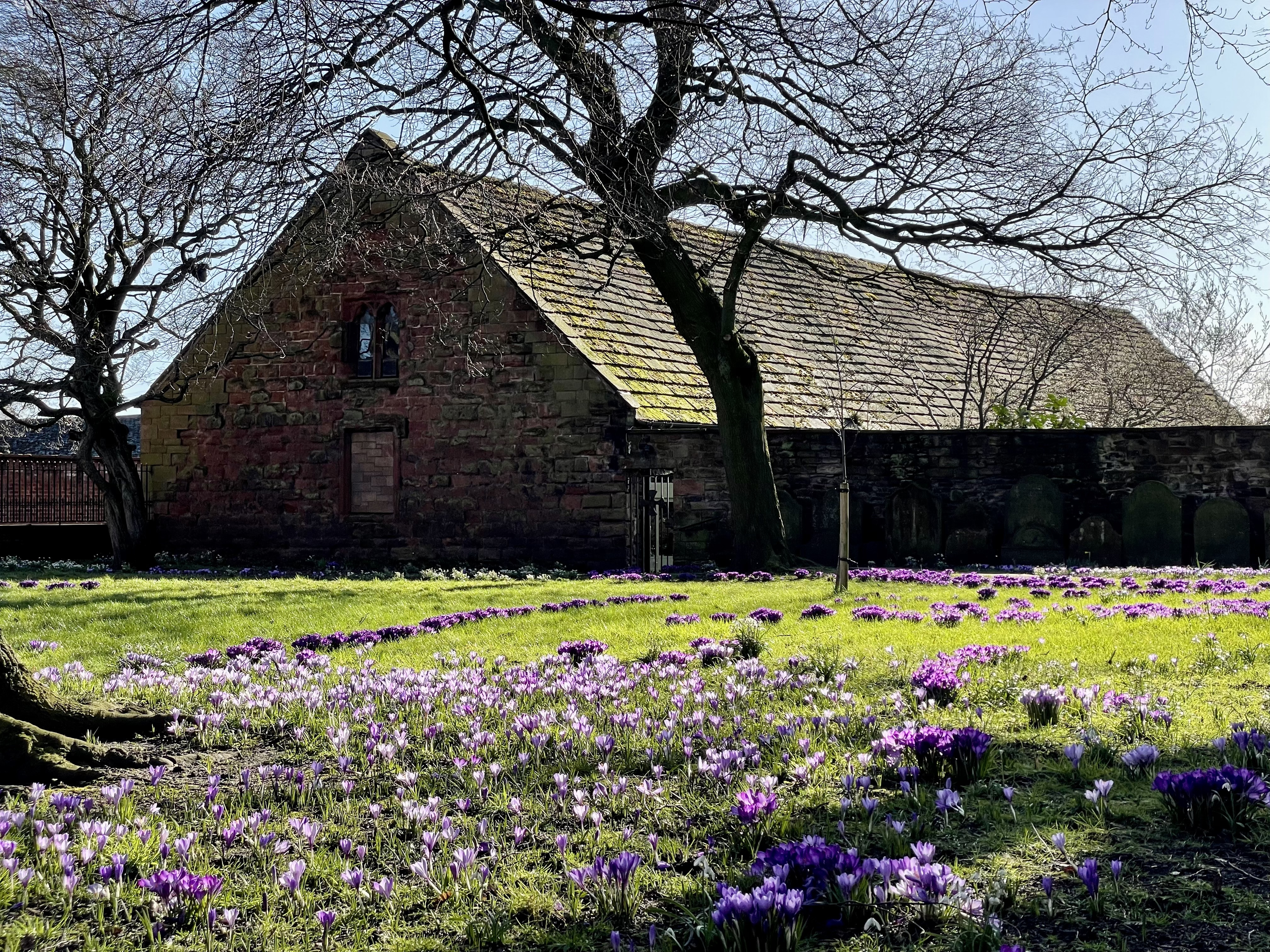
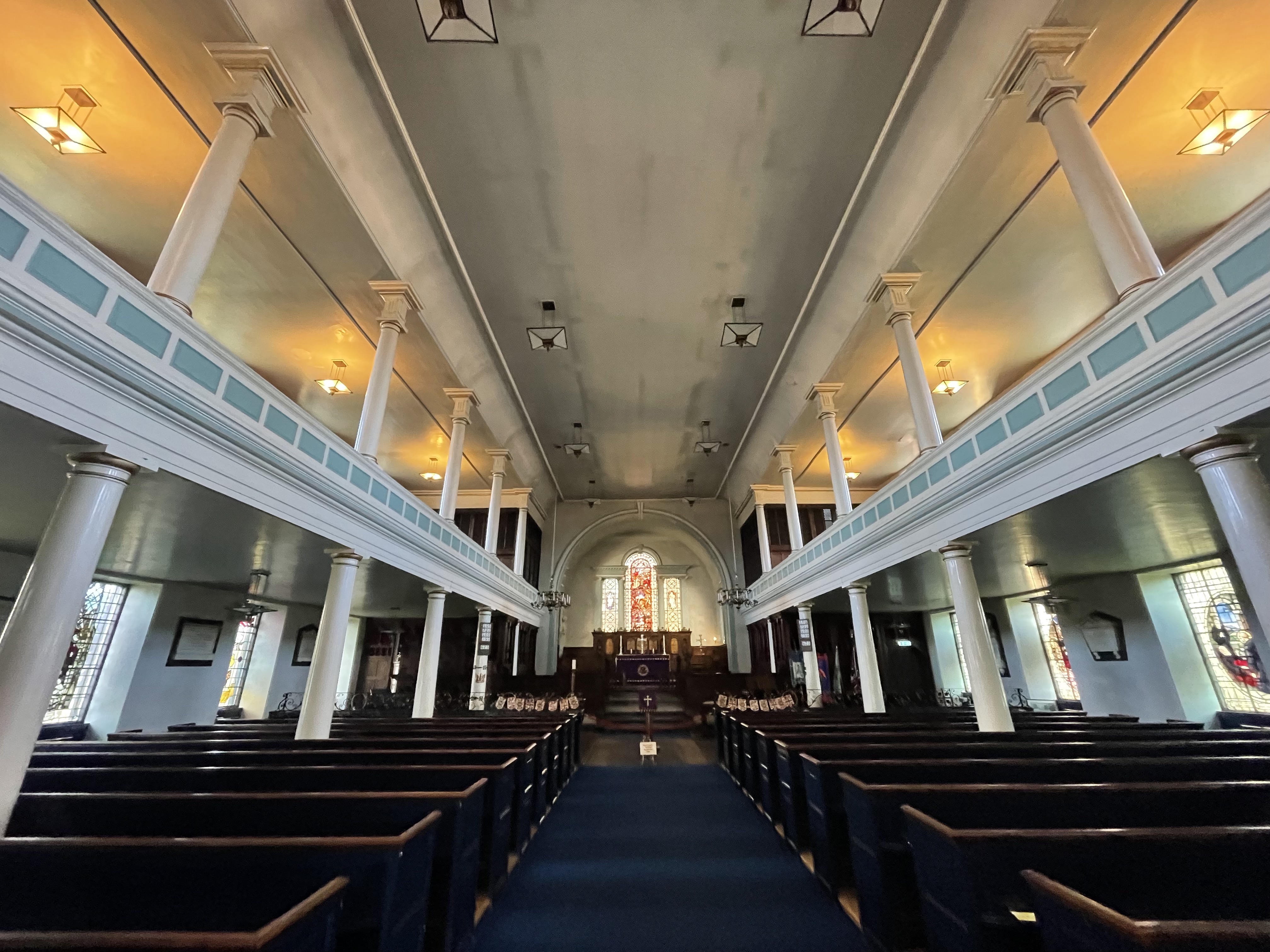
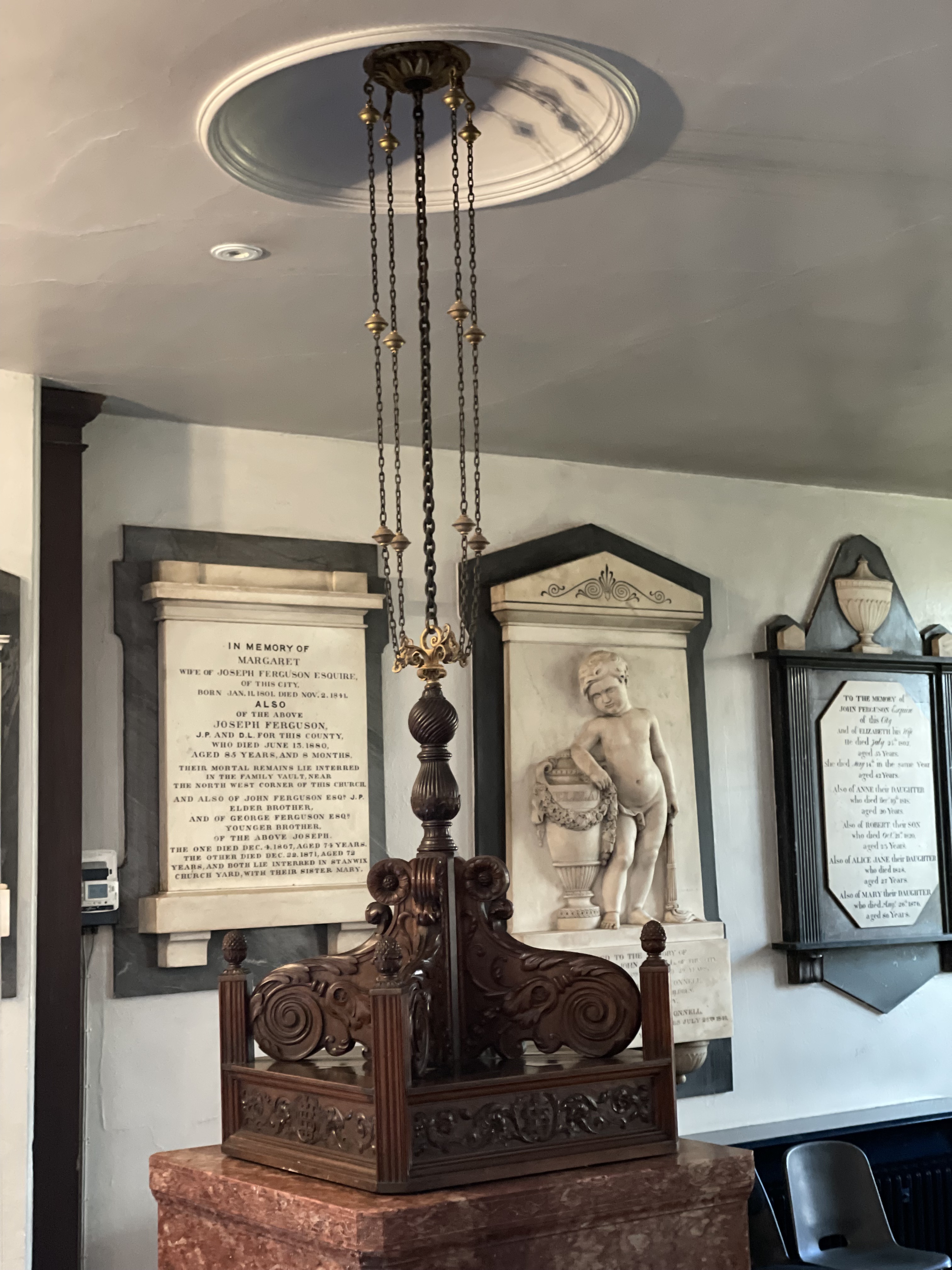
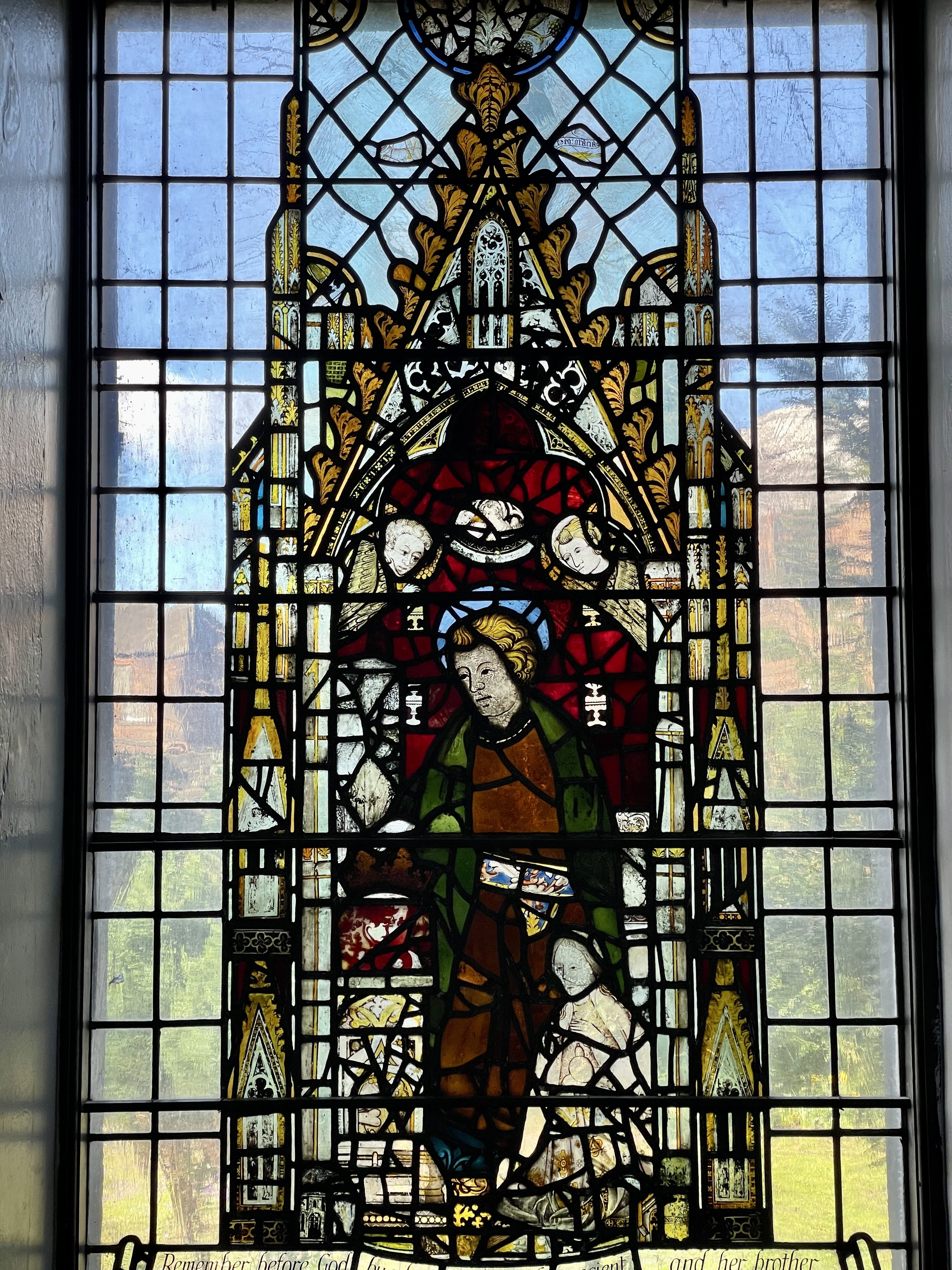
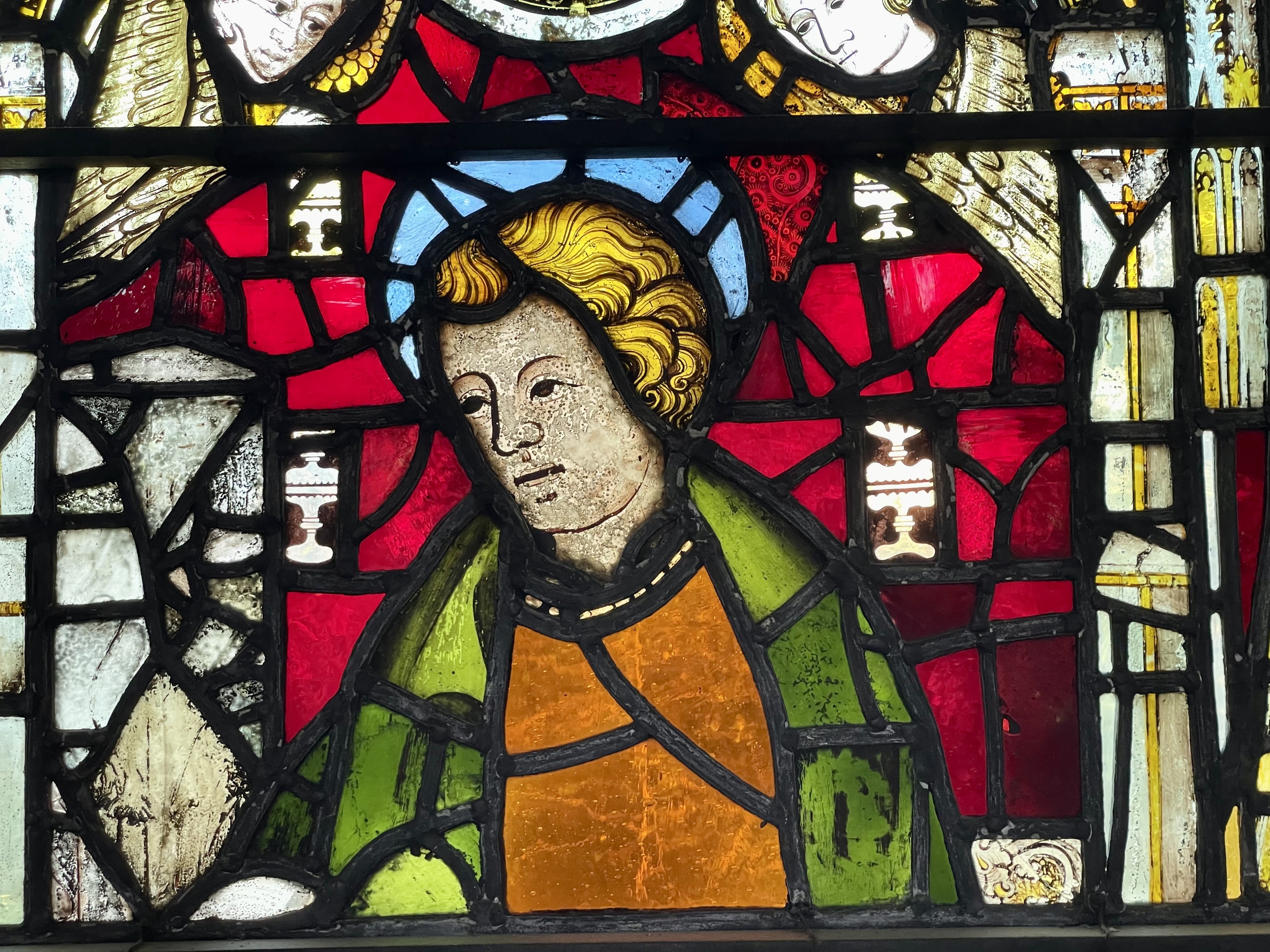
St. Mary's, Wreay, Cumbria
If not for Margaret, the farmer, I would have missed this joy of a building. It's only 5 mins outside of Carlisle by car and parking is easily available - avoid school opening and closing times. There is a pub too (not open every day). The church is full of life and symbolism. Sarah was sent a pinecone by a friend, Major Thain, who later died at the Khbyer Pass. The pinecone symbol is used throughout the church. It was sent as a token of friendship and is a symbol of inner enlightenment.
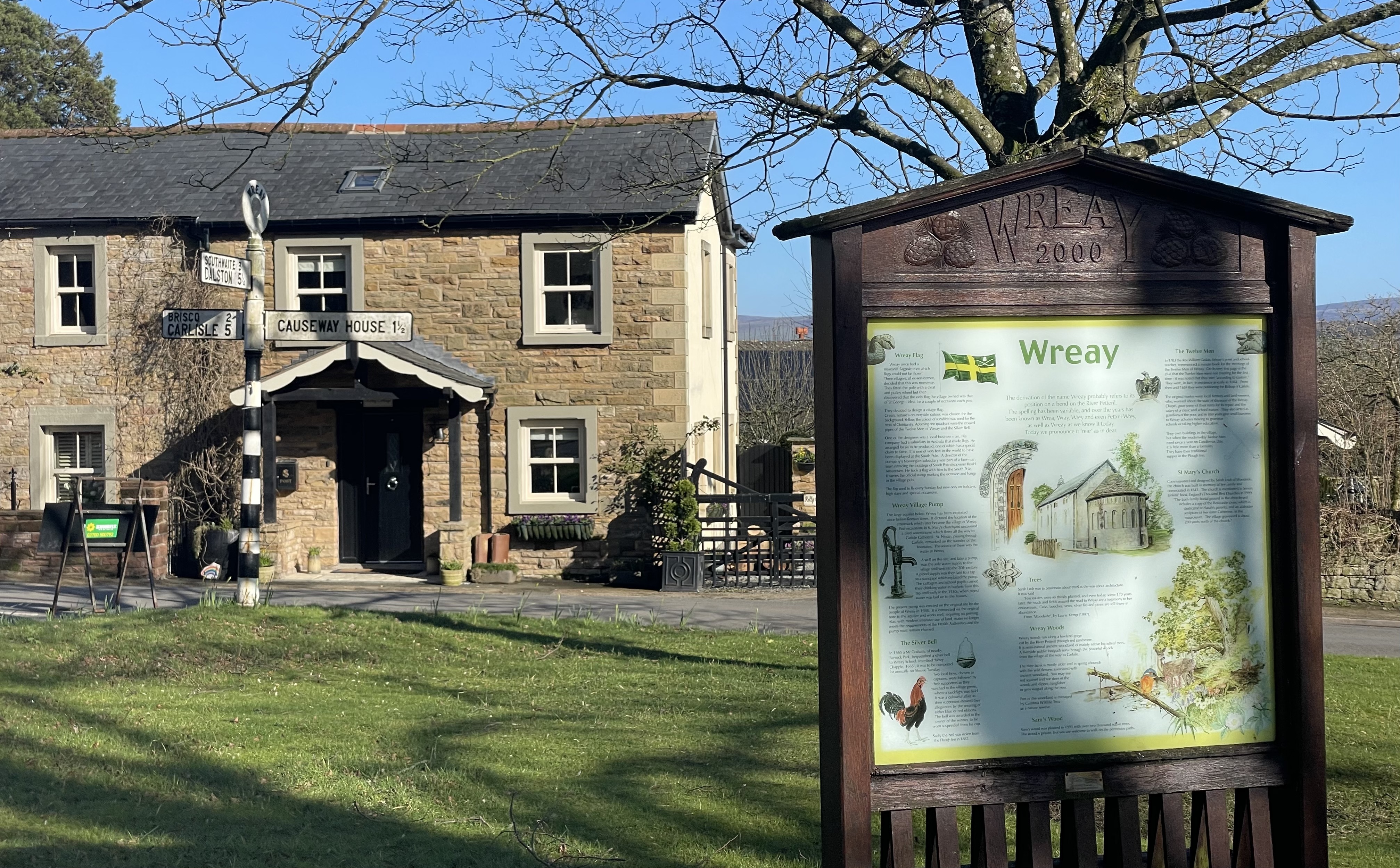
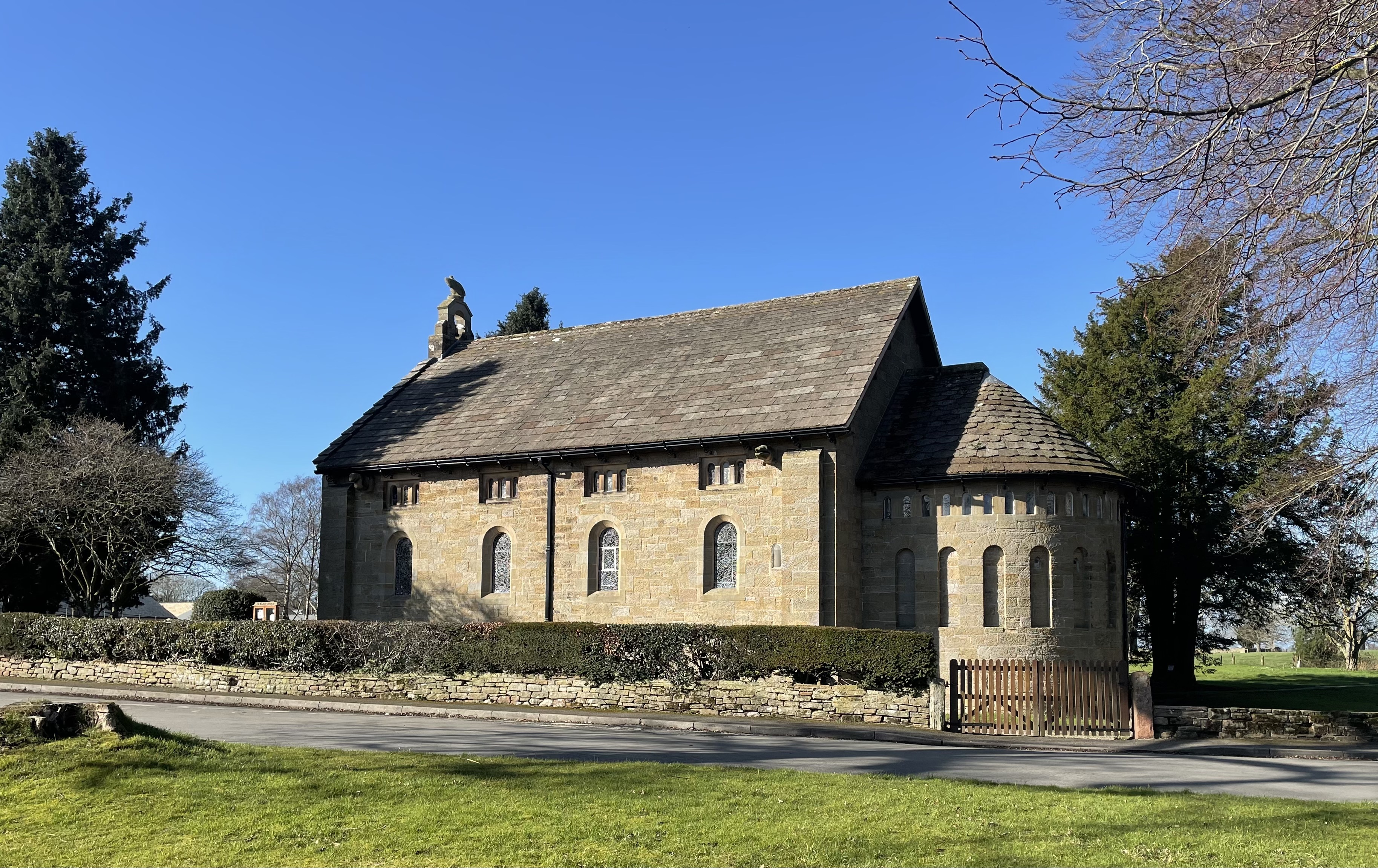
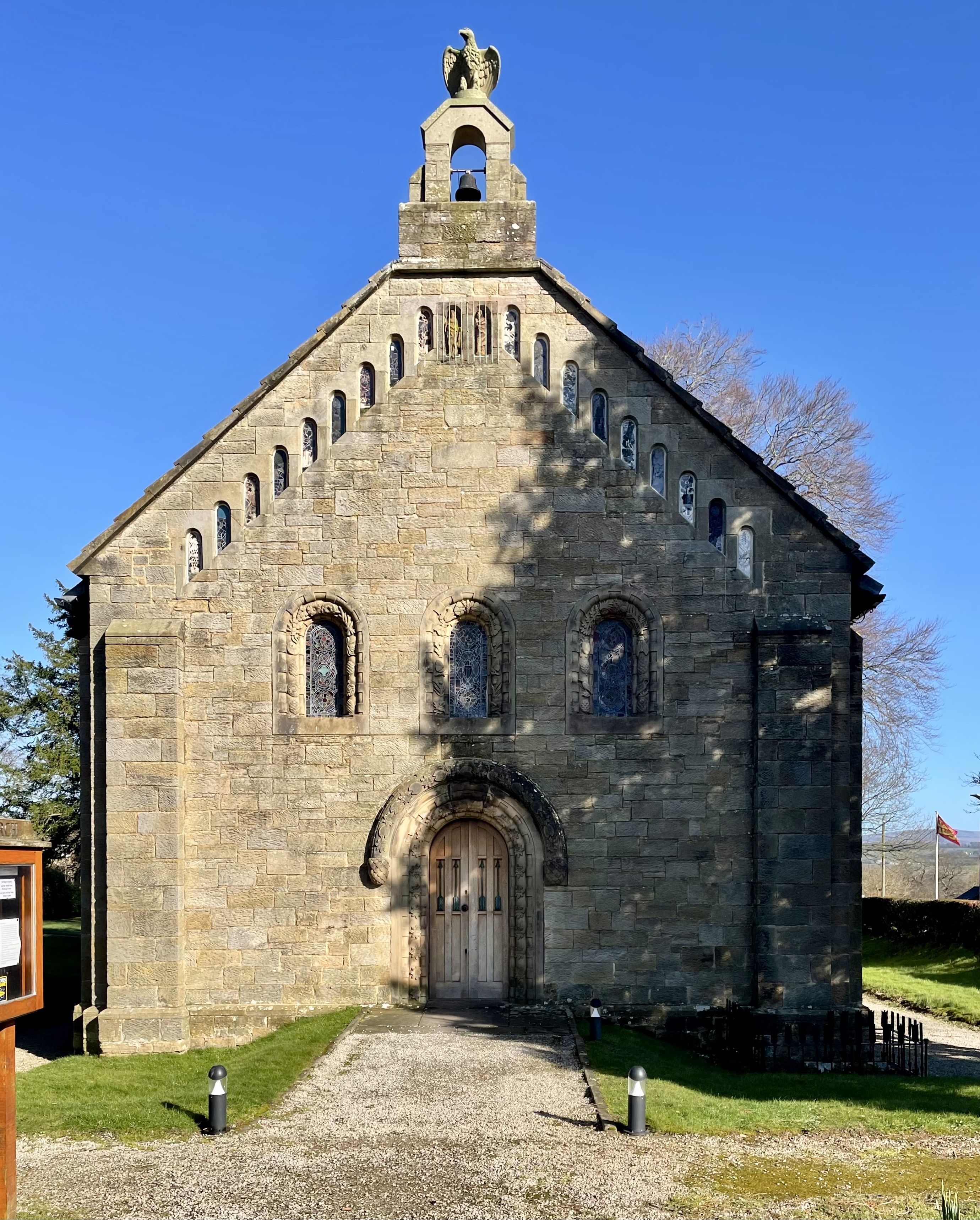
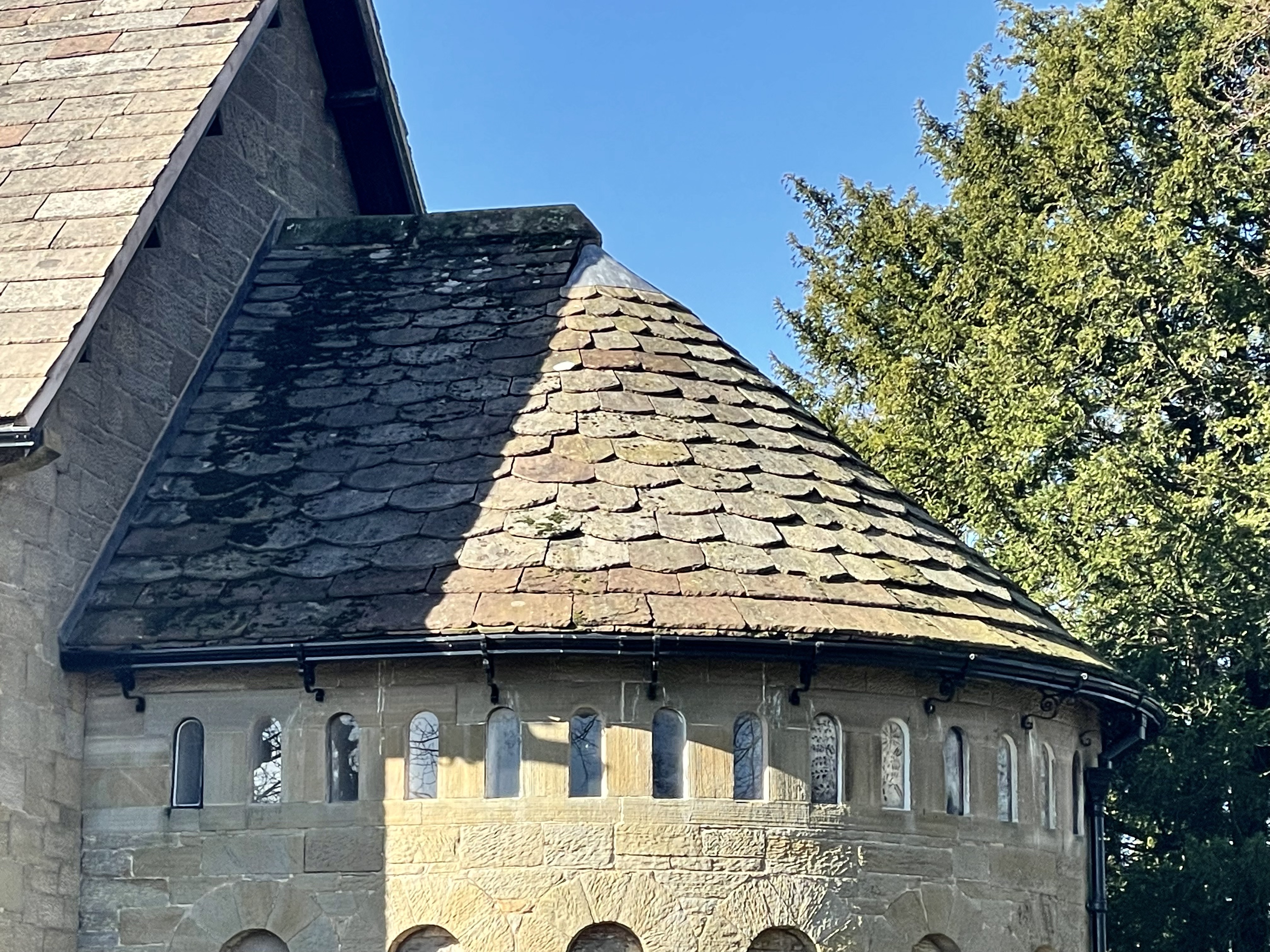
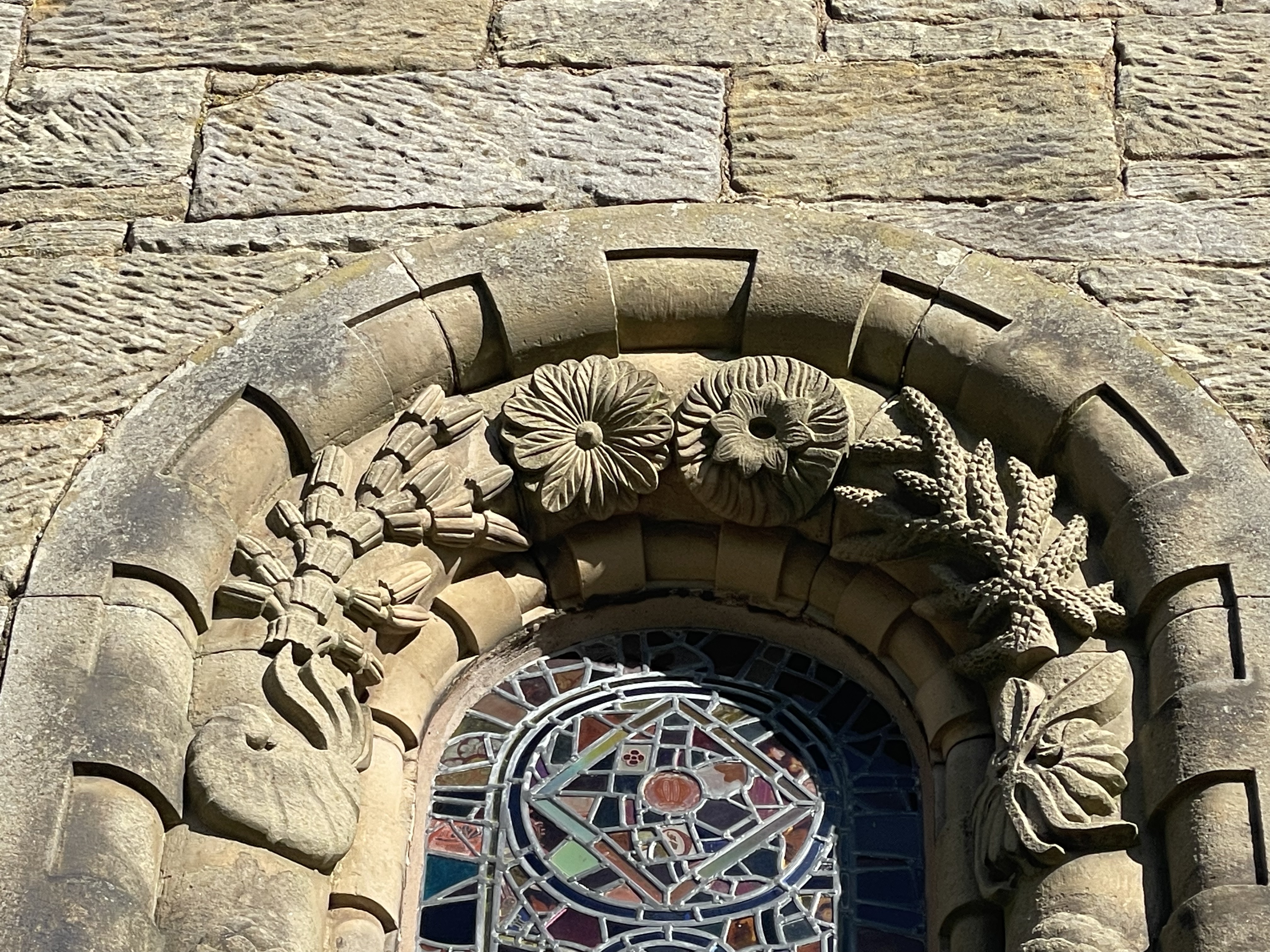
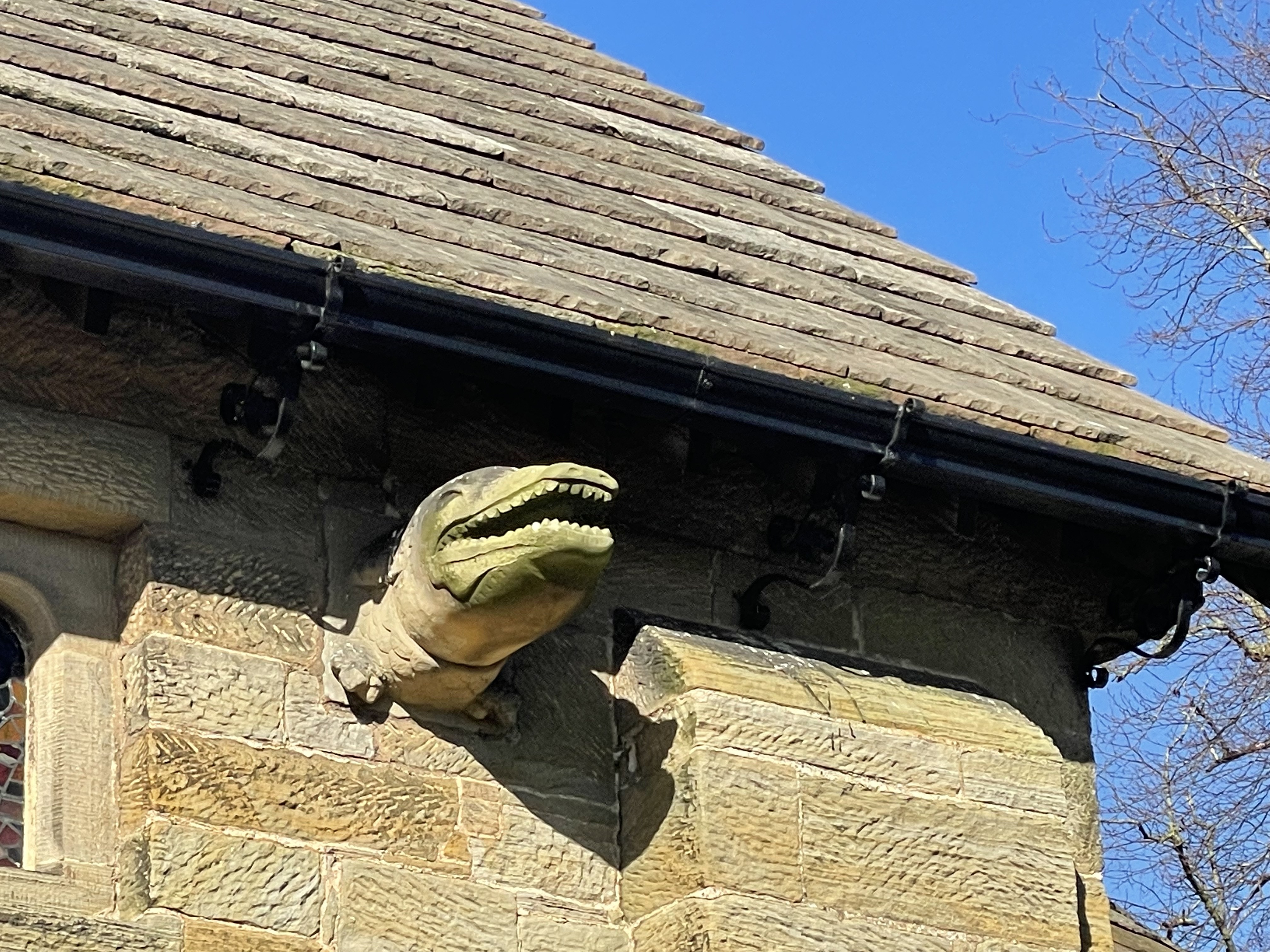
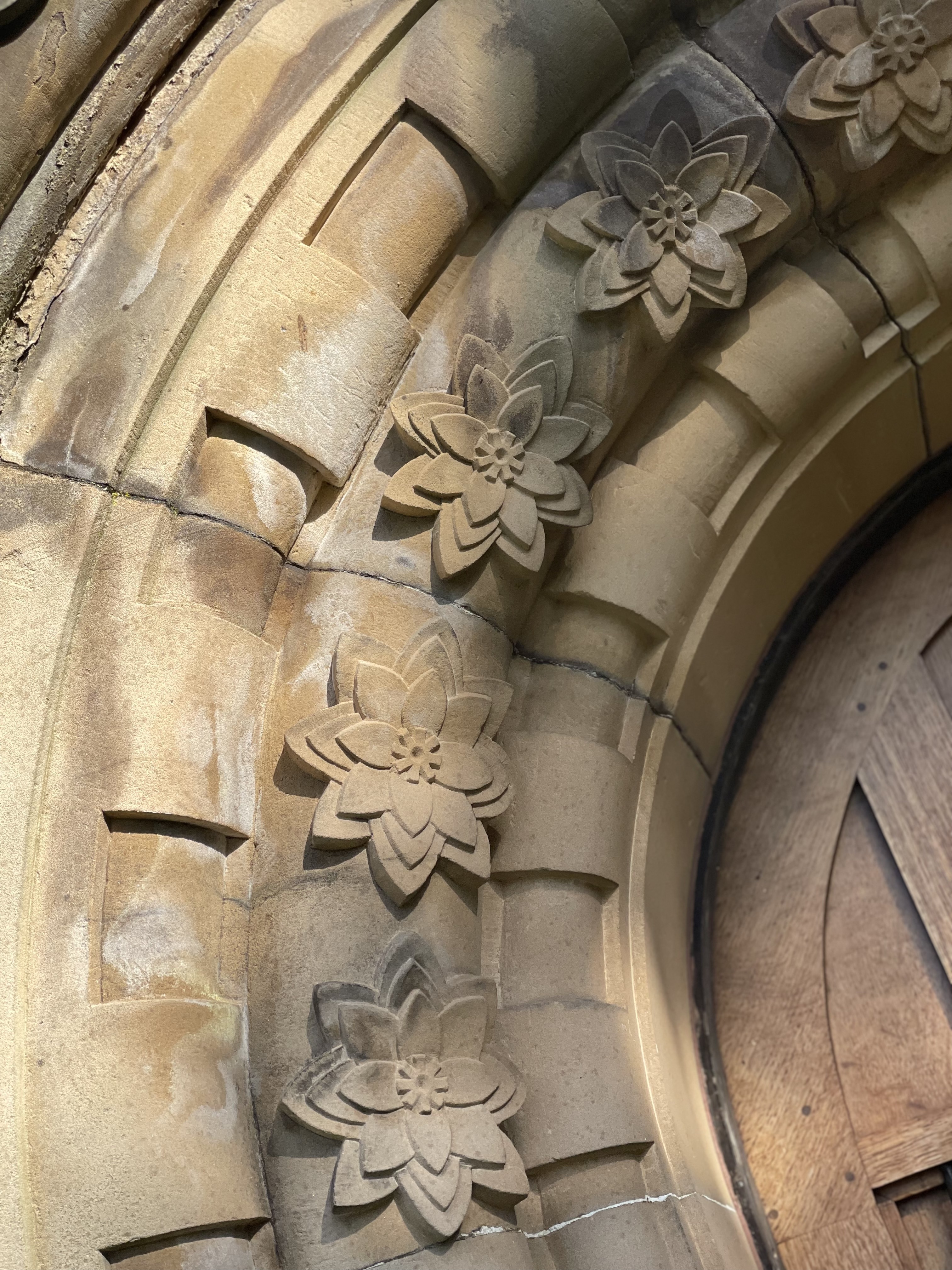
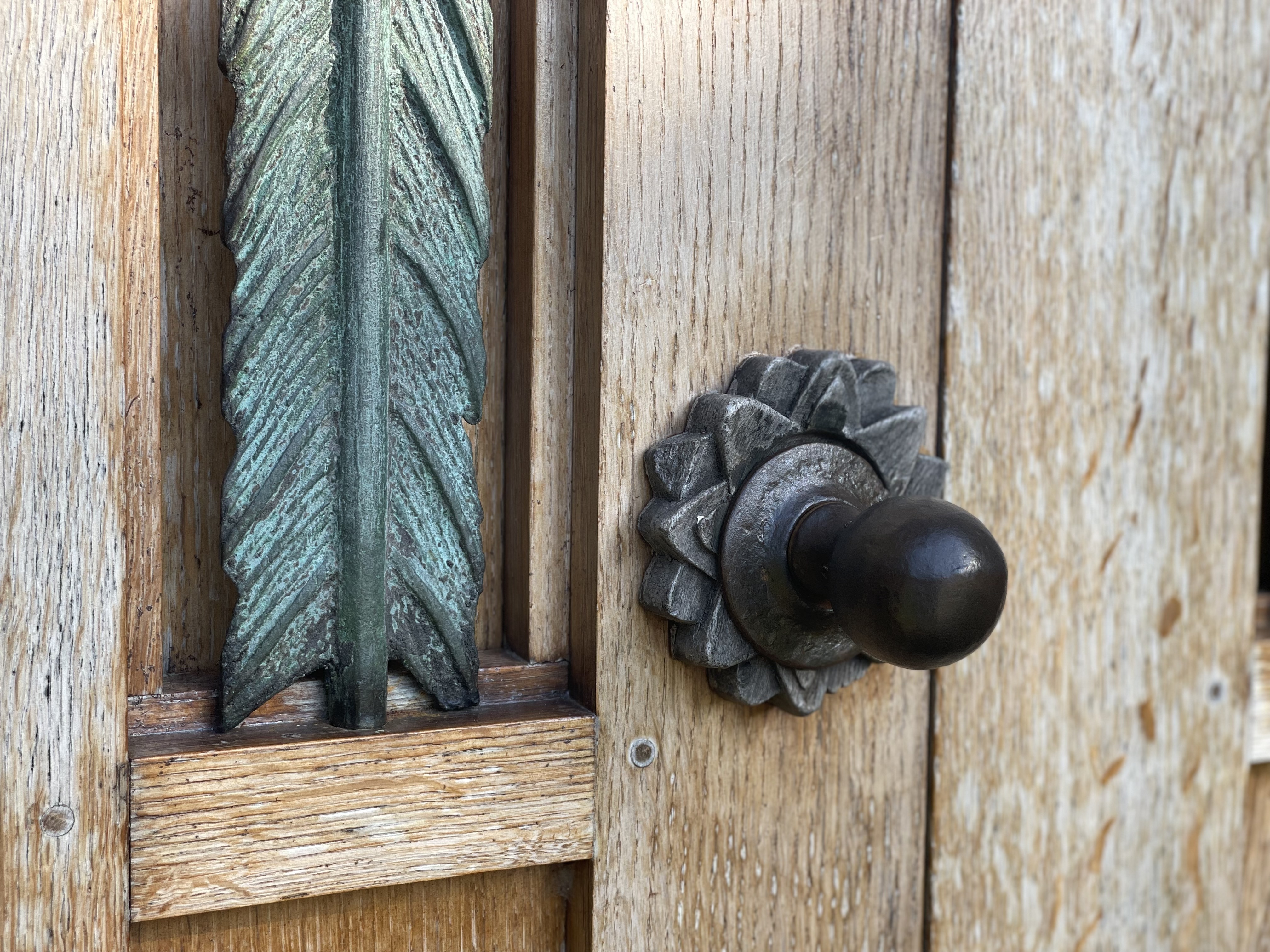
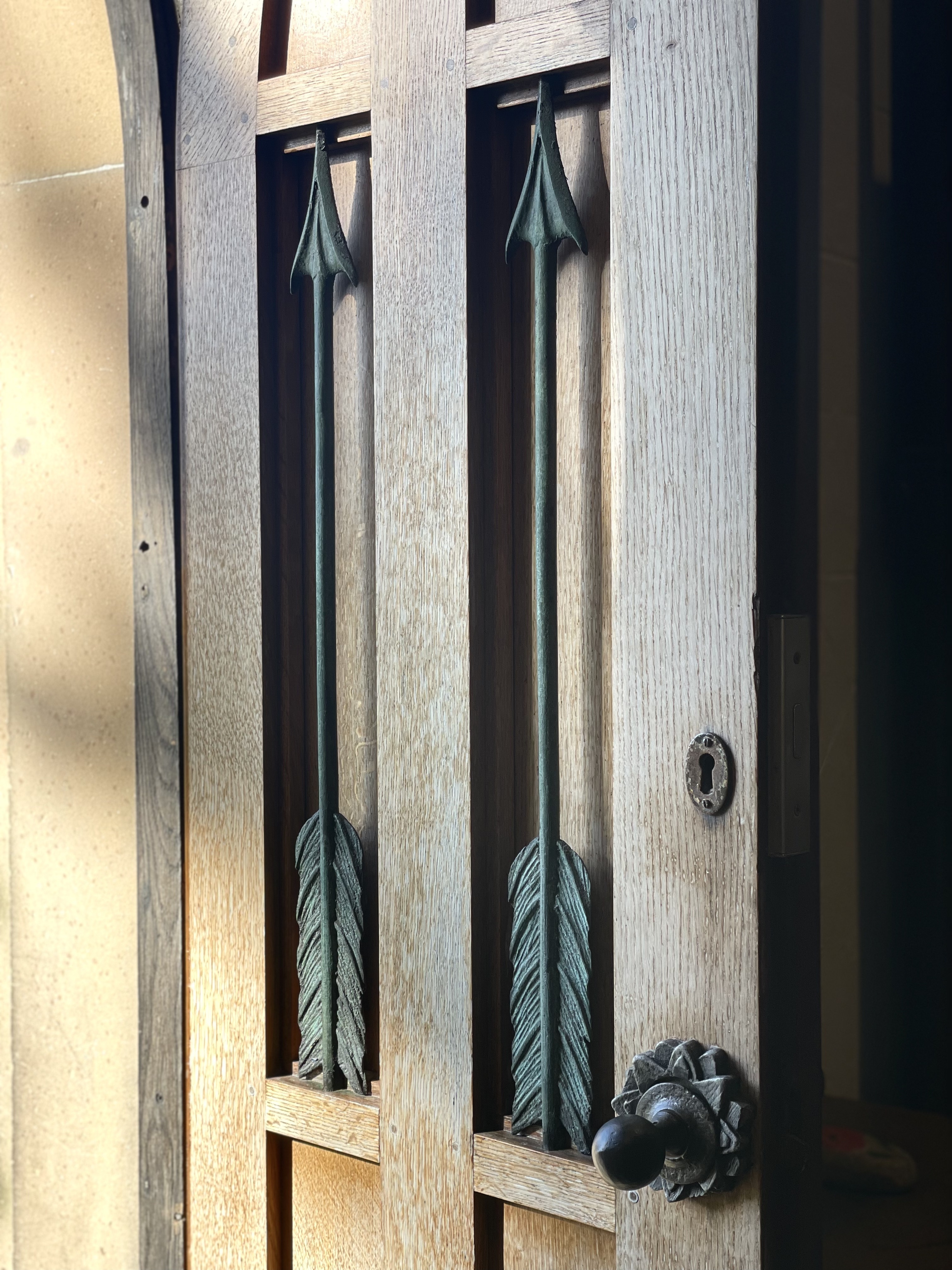
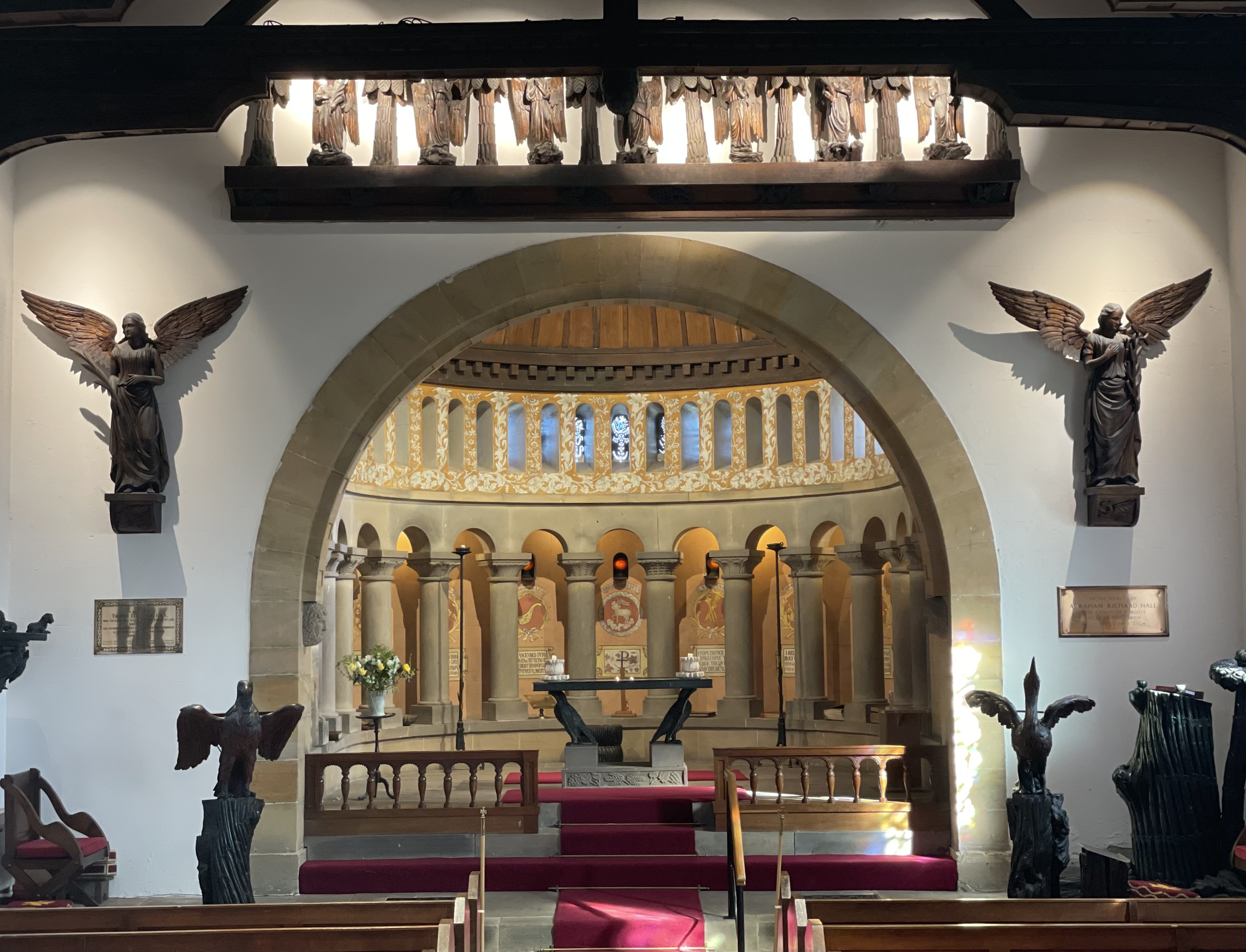
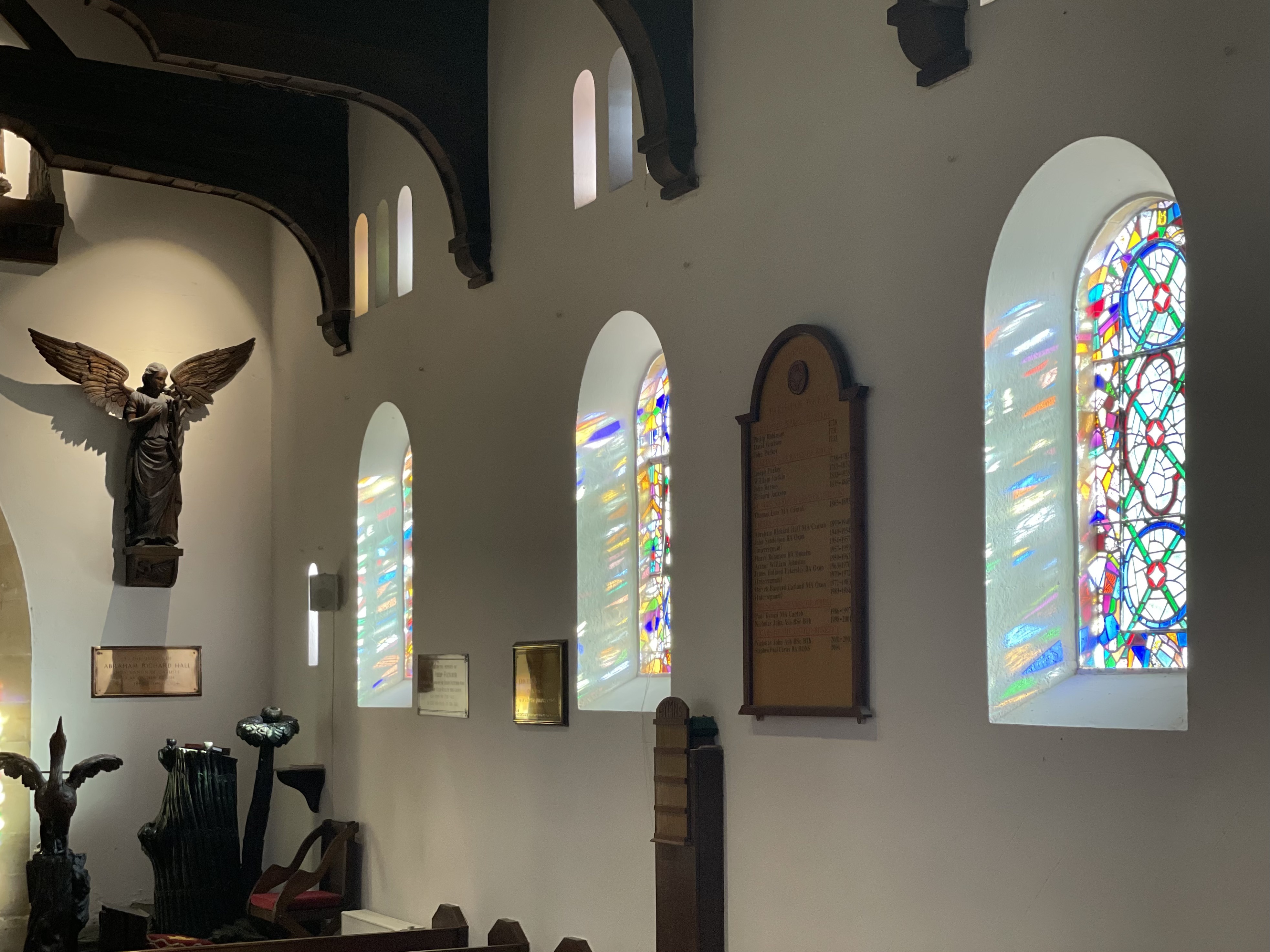
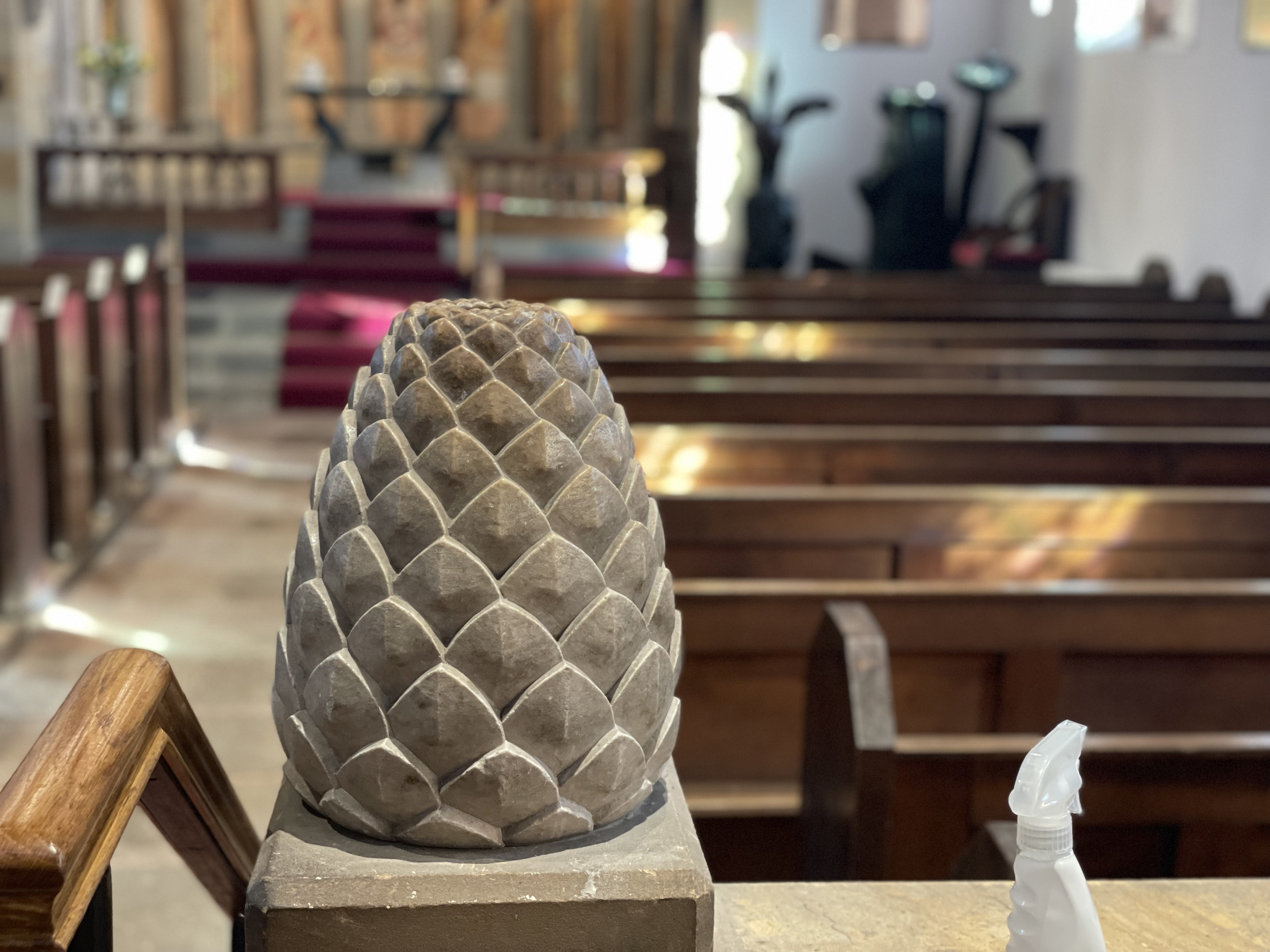
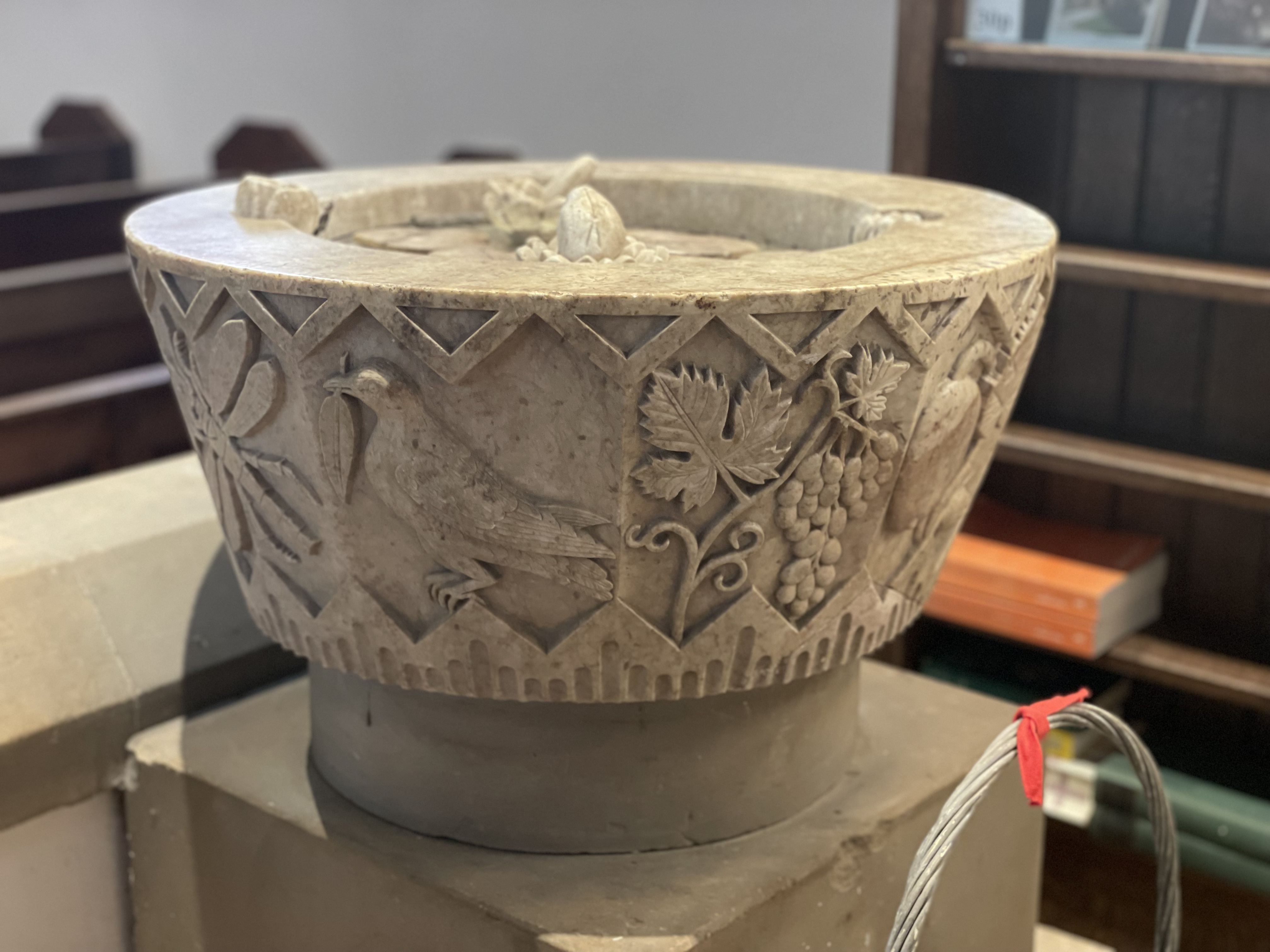
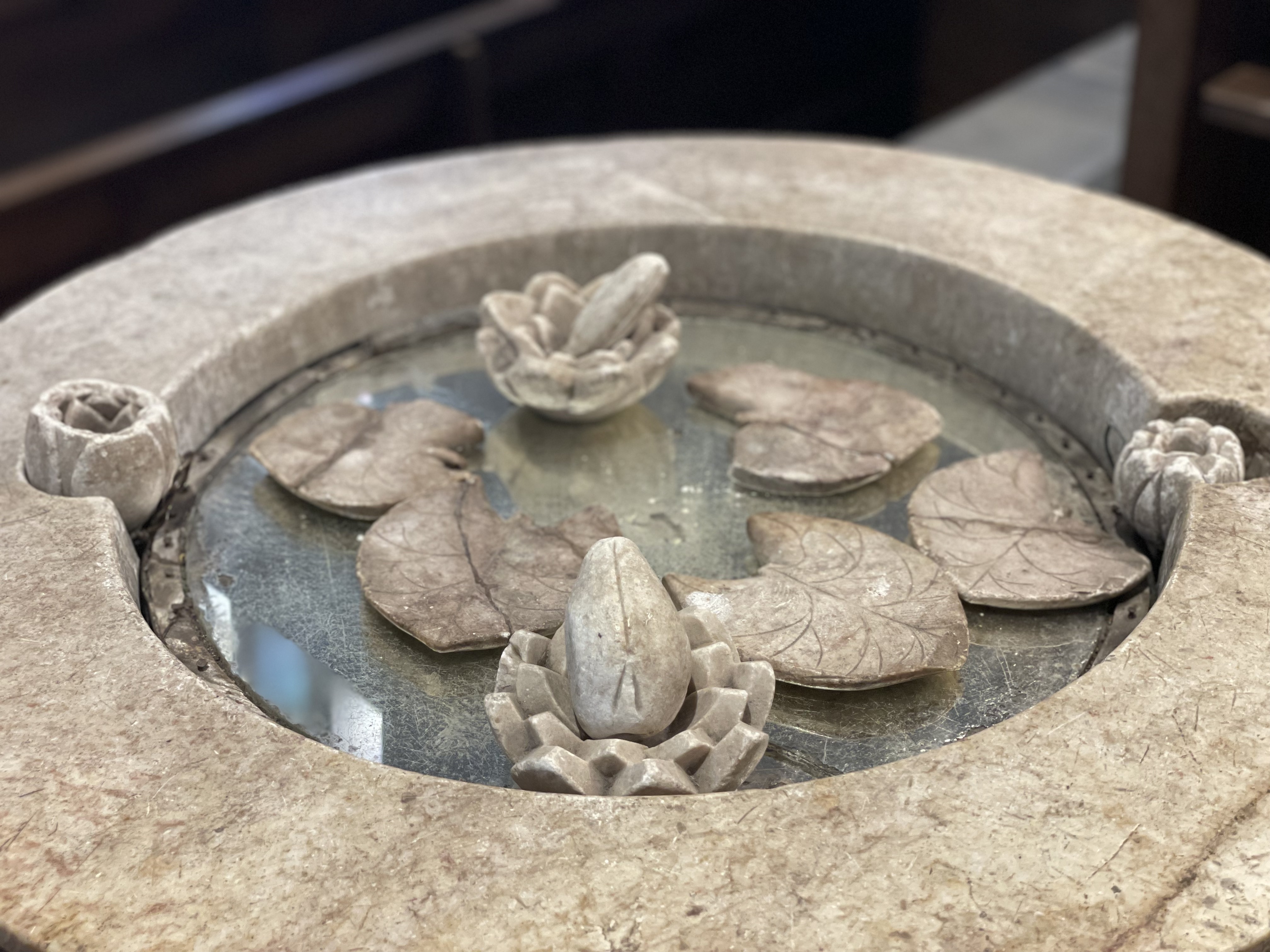
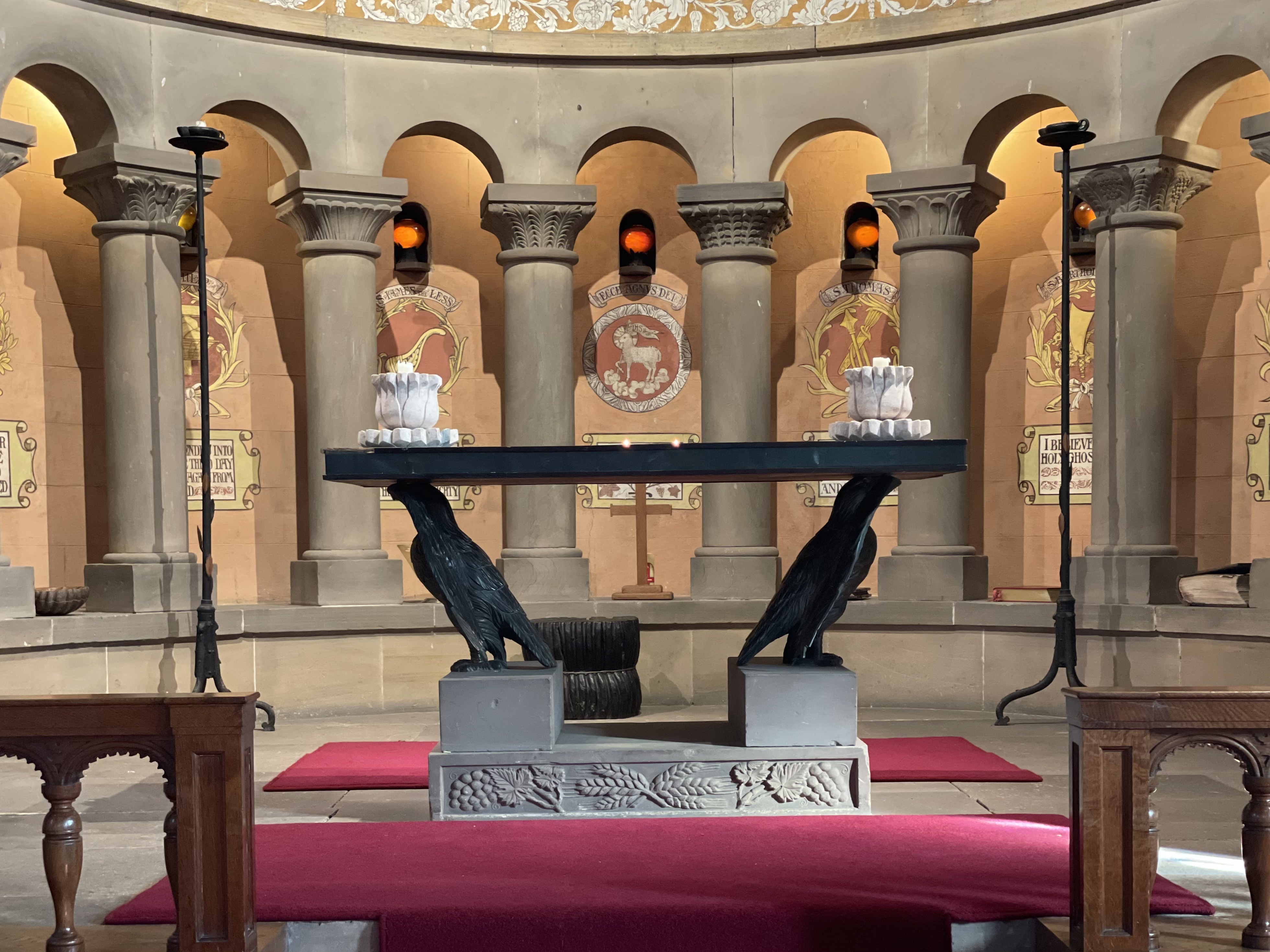
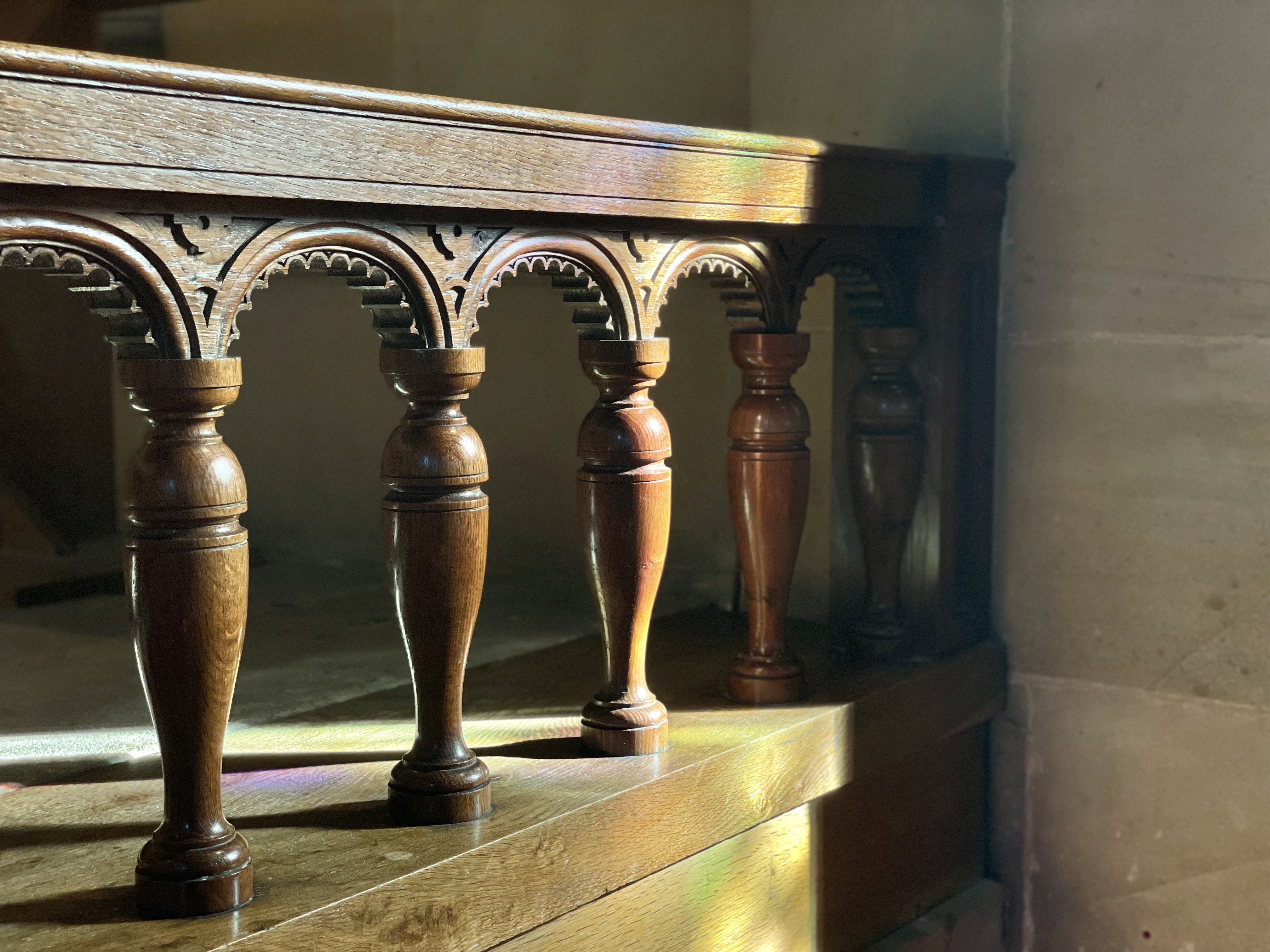
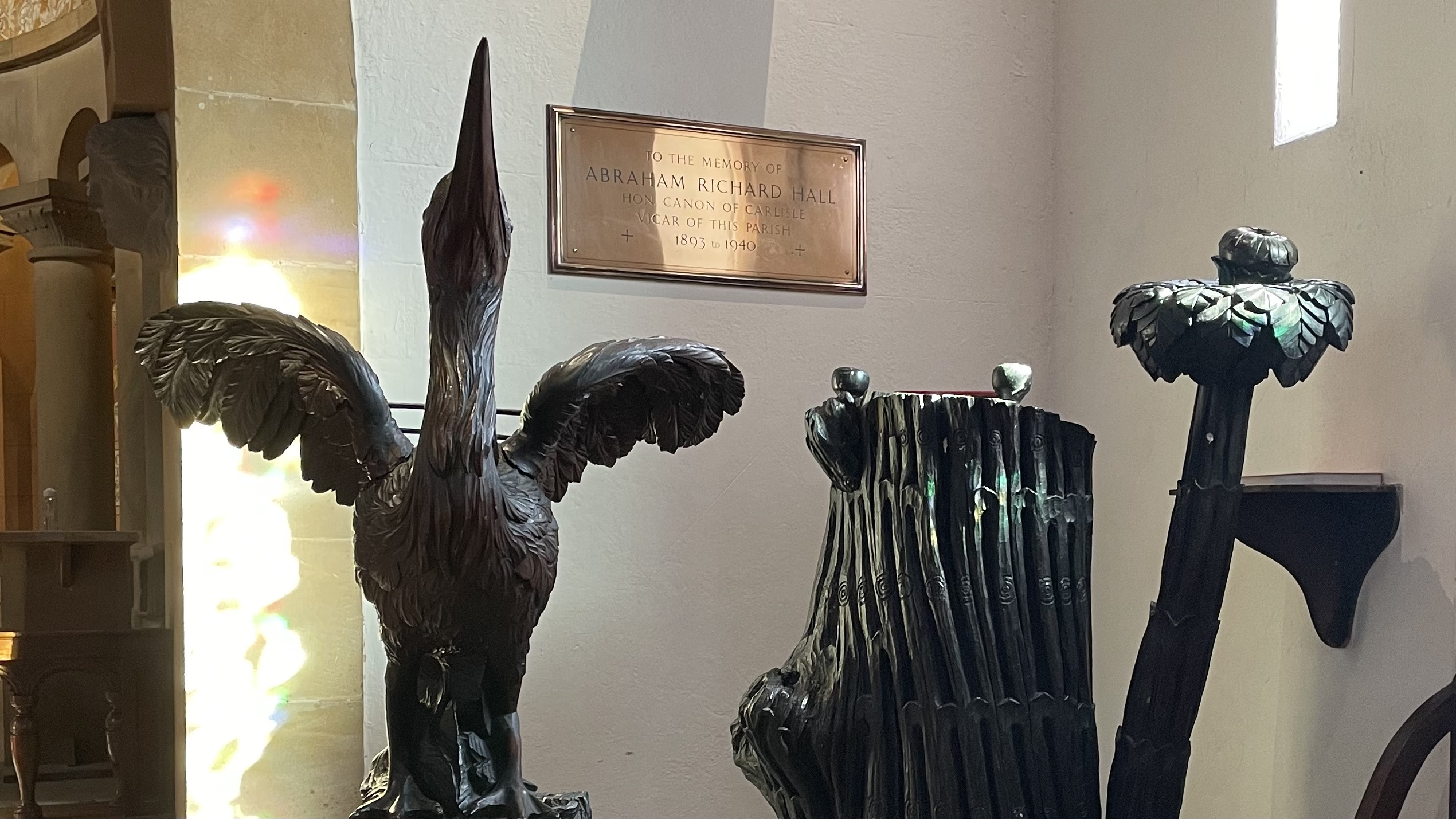
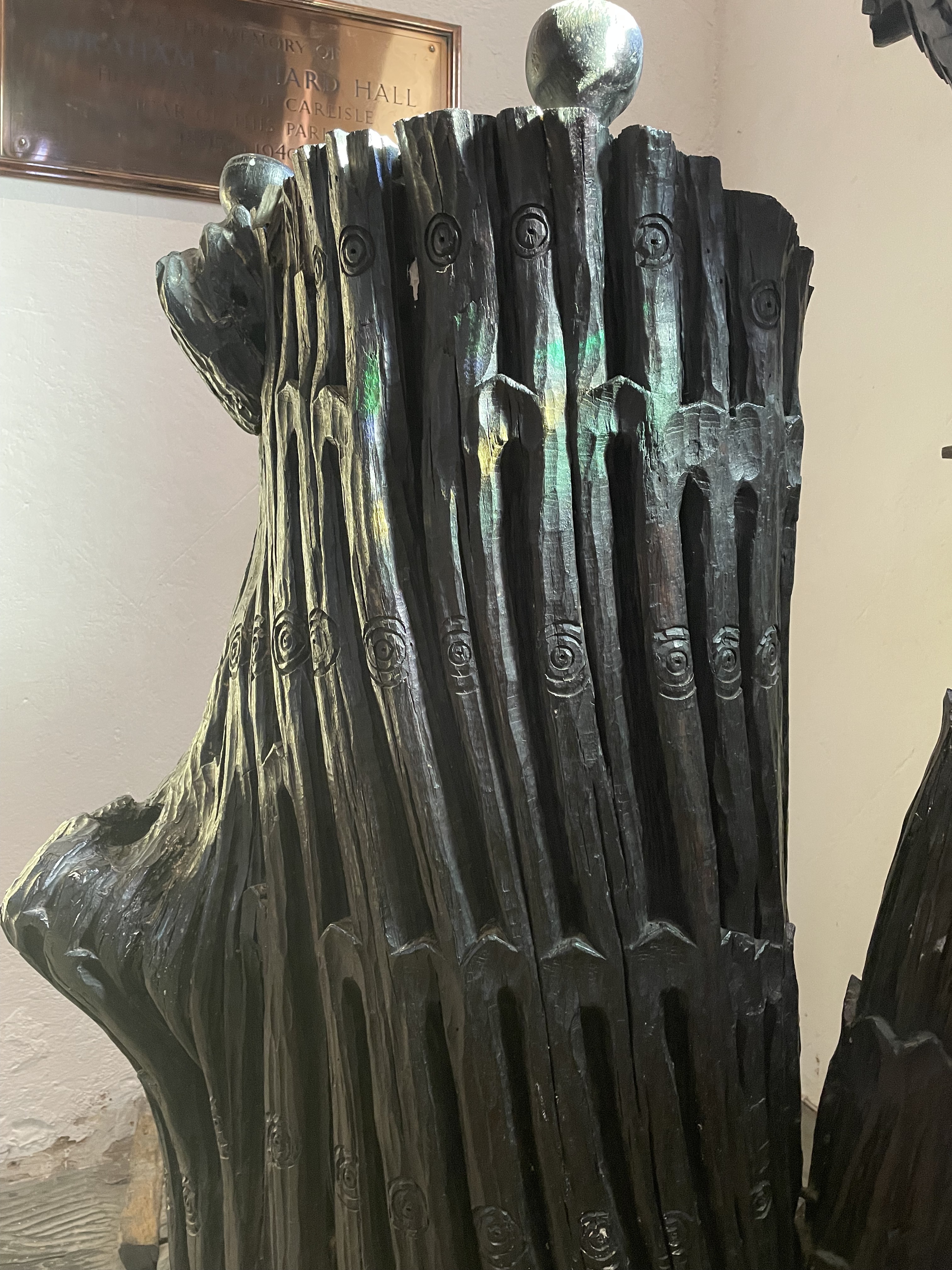
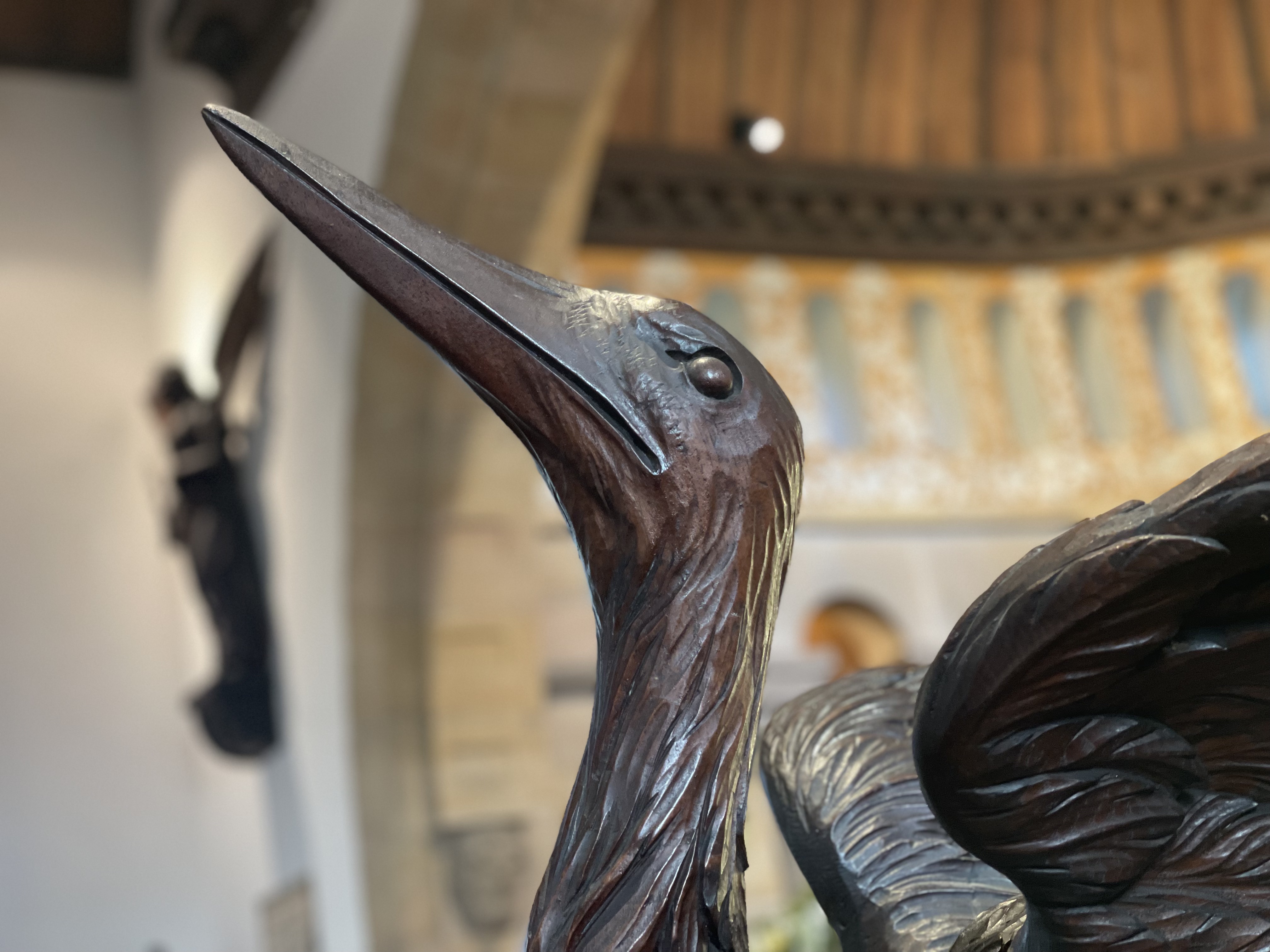
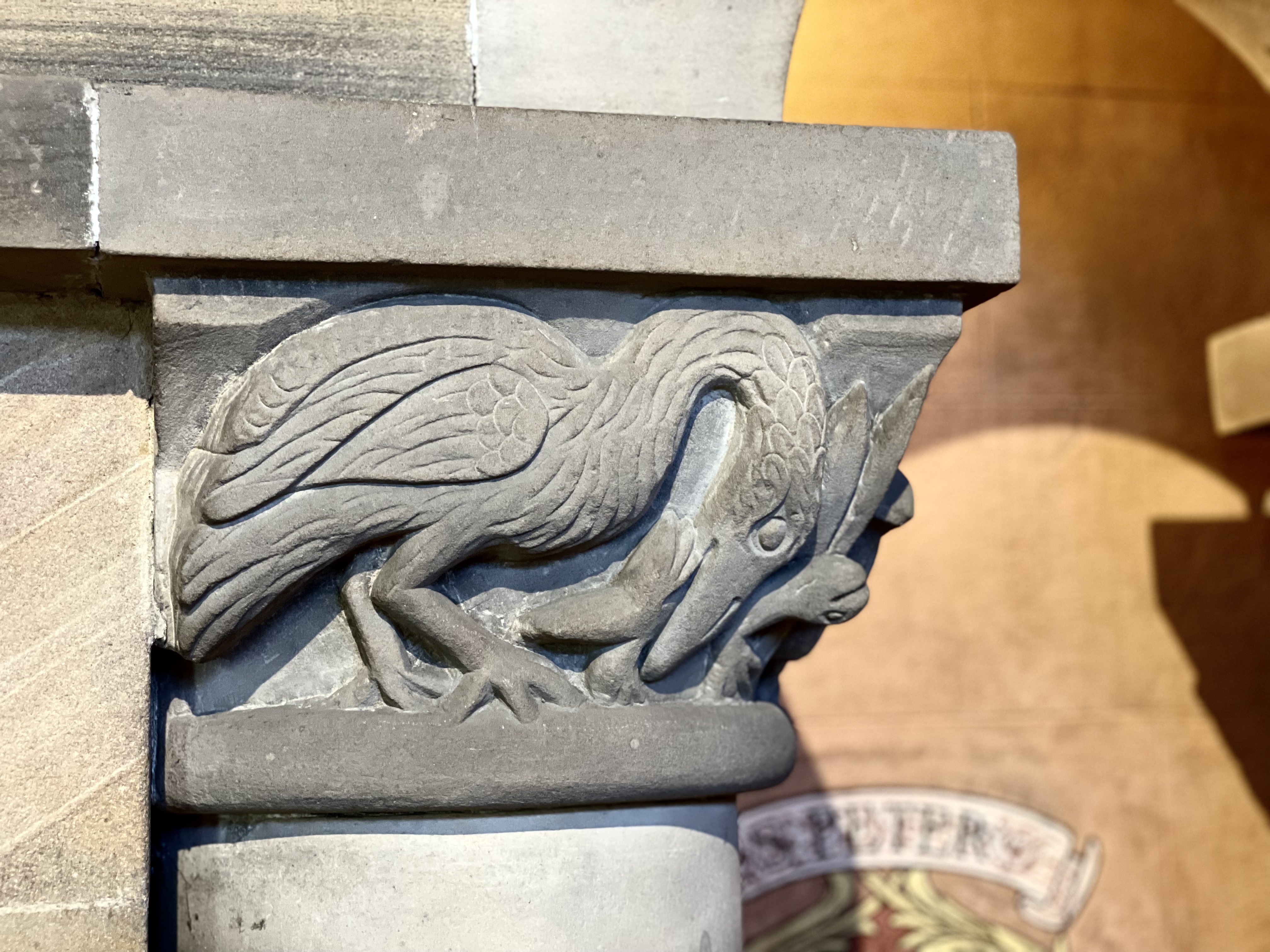
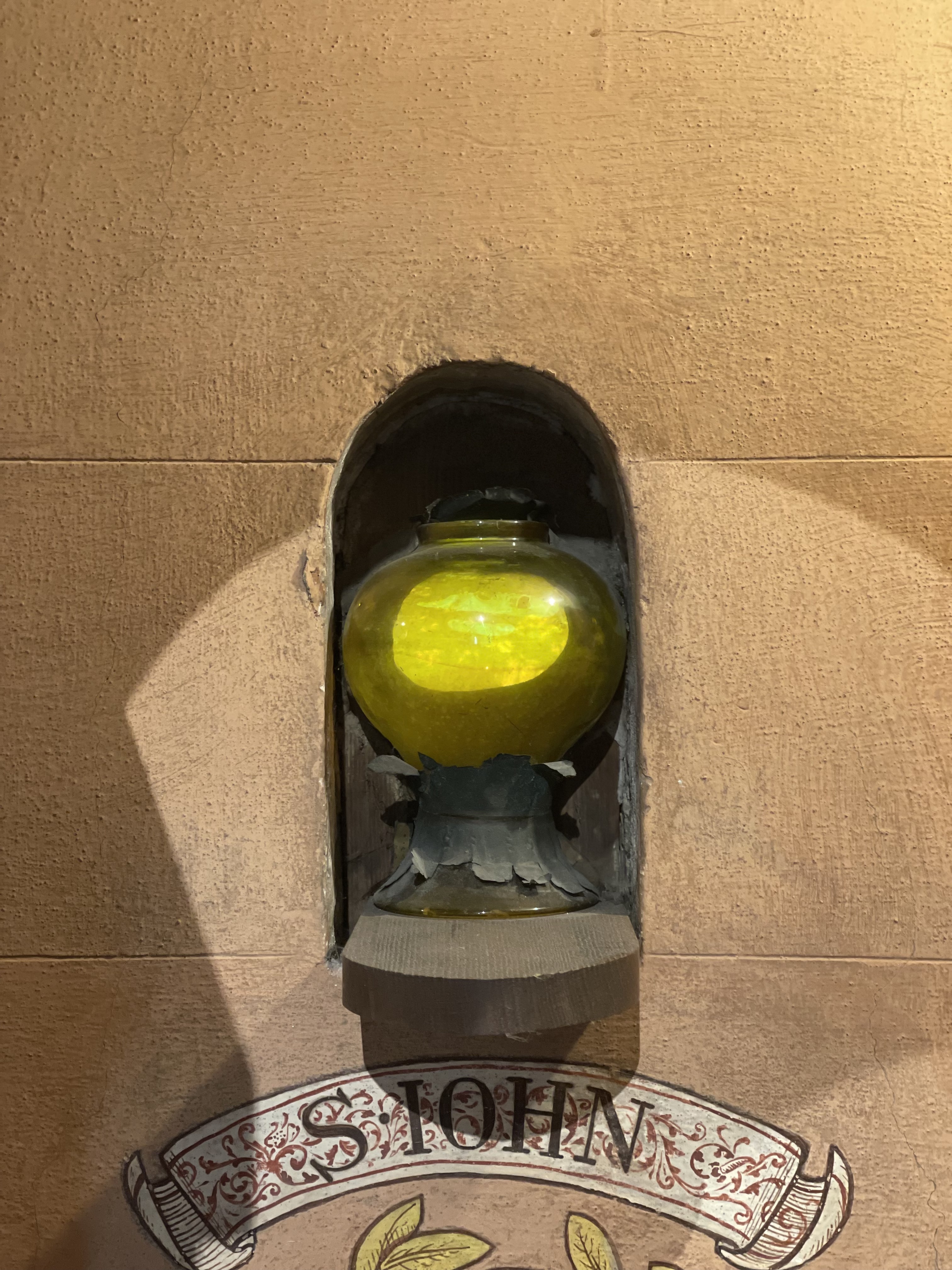
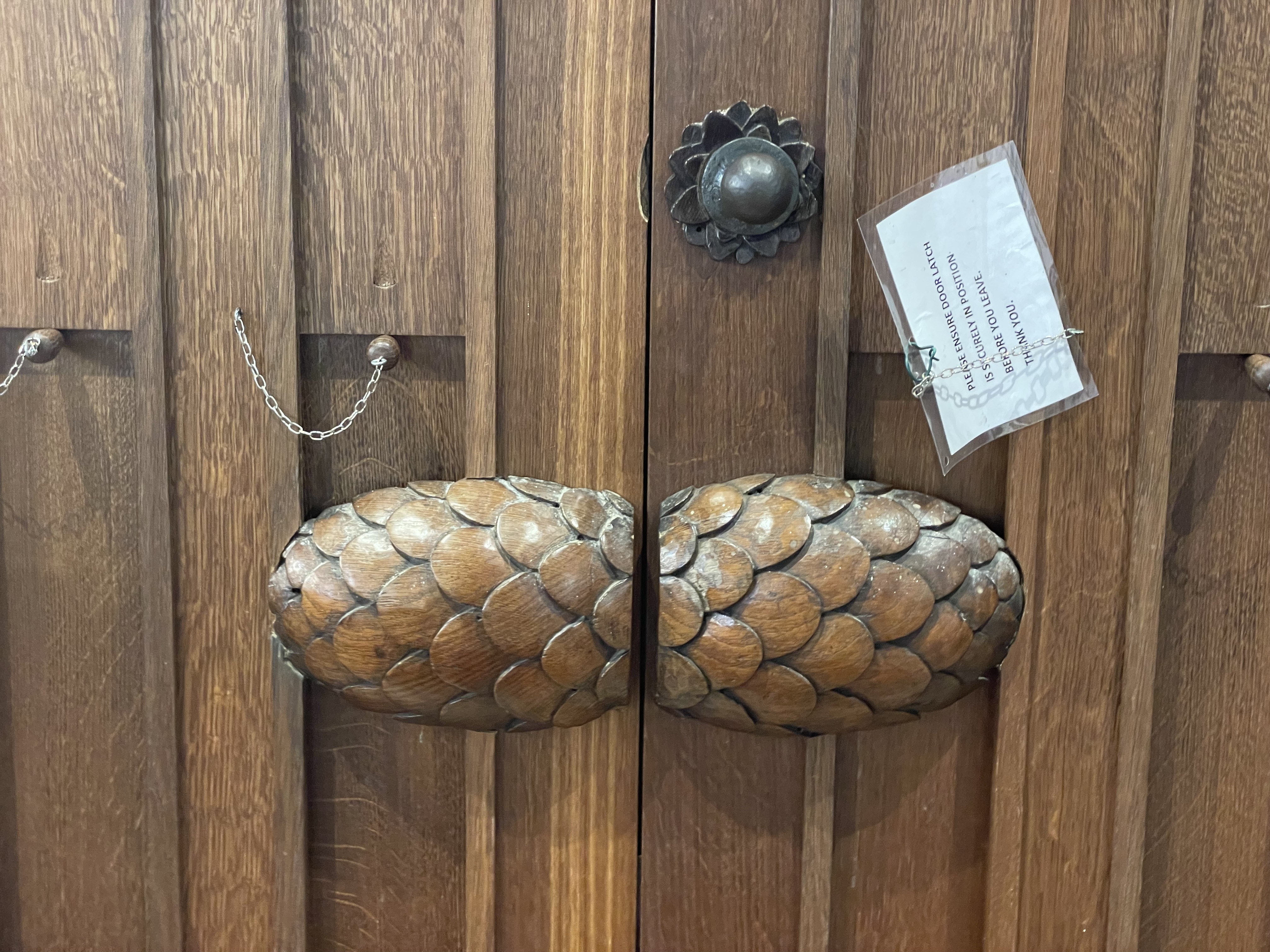
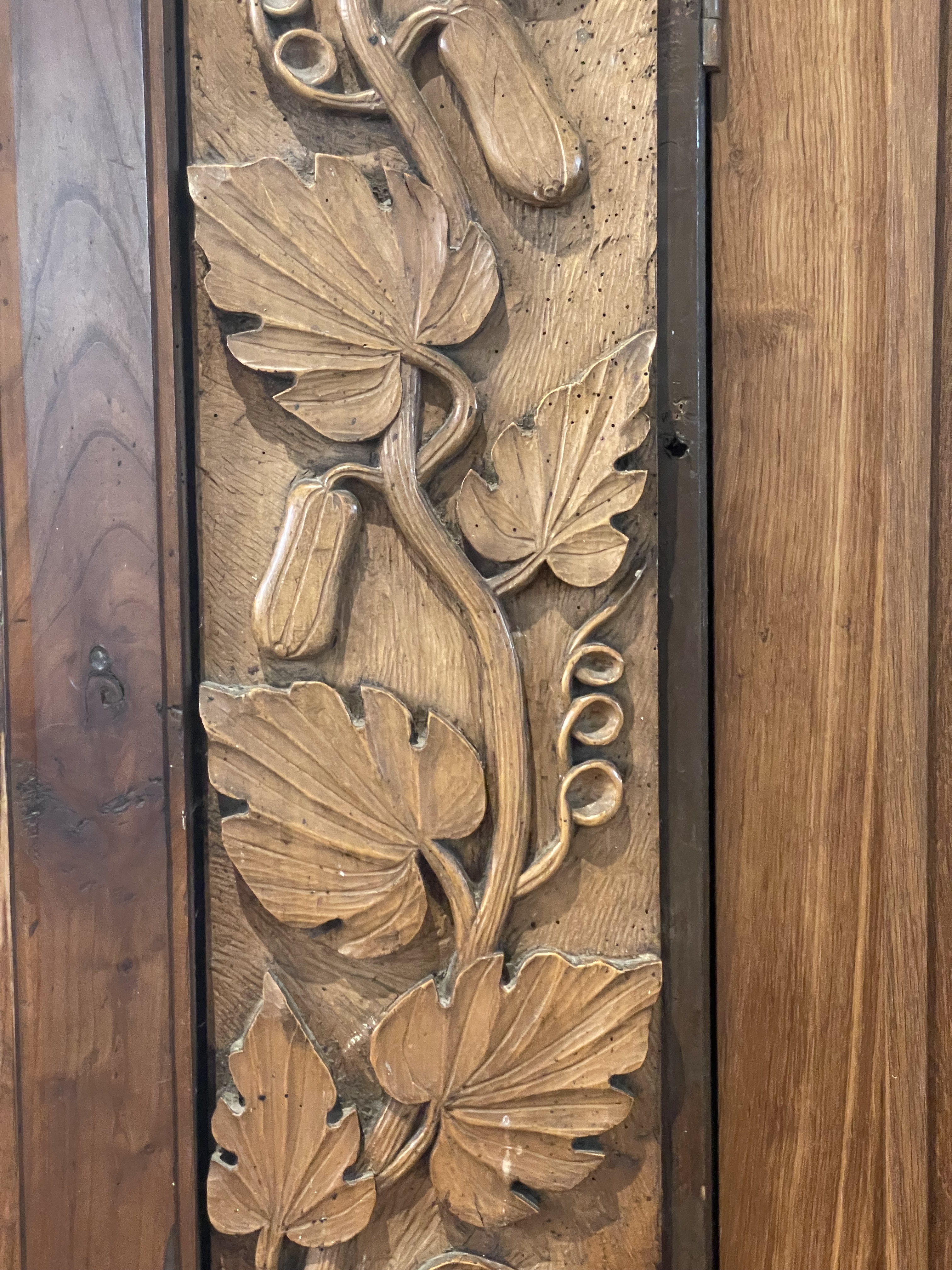
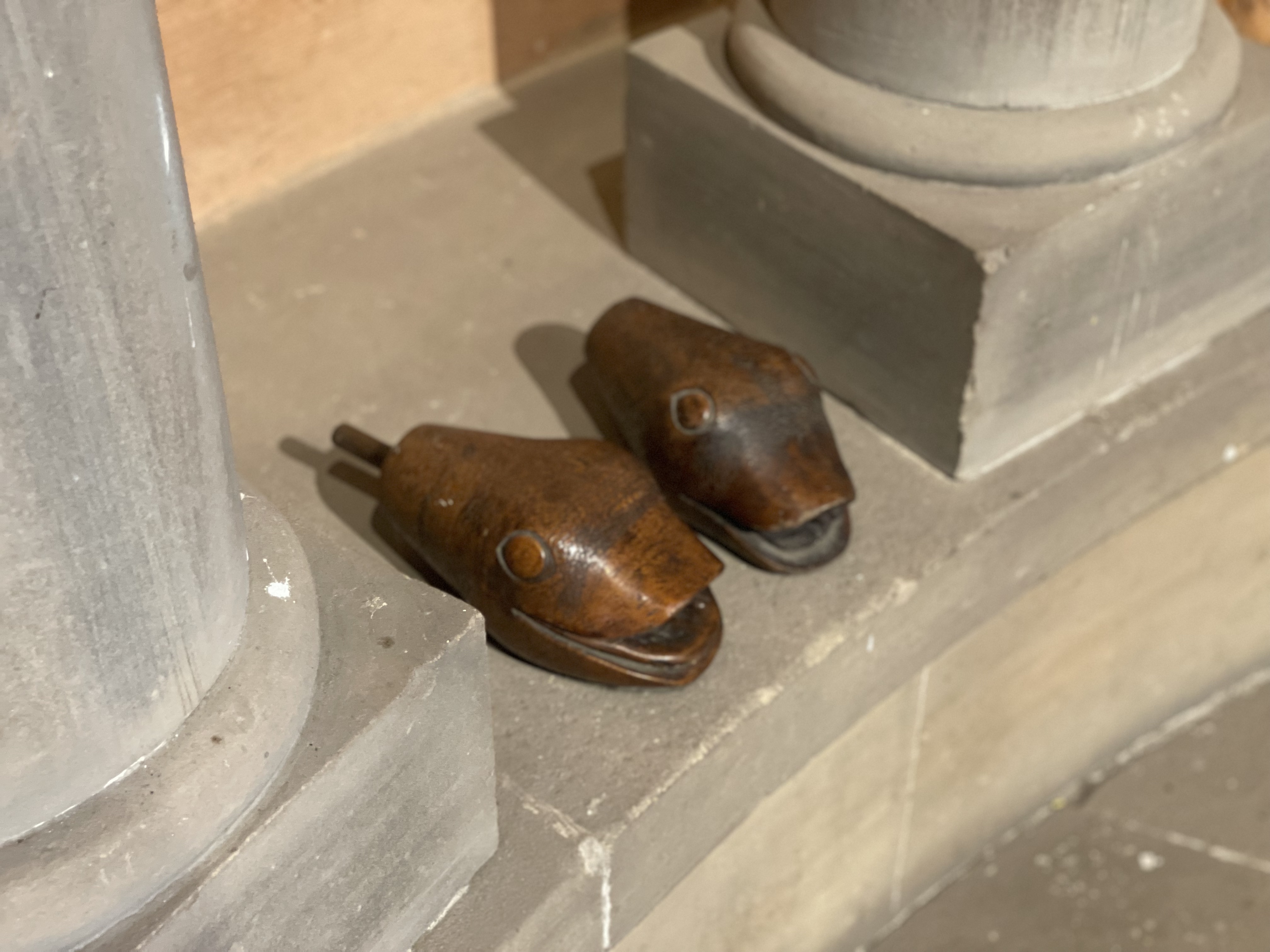
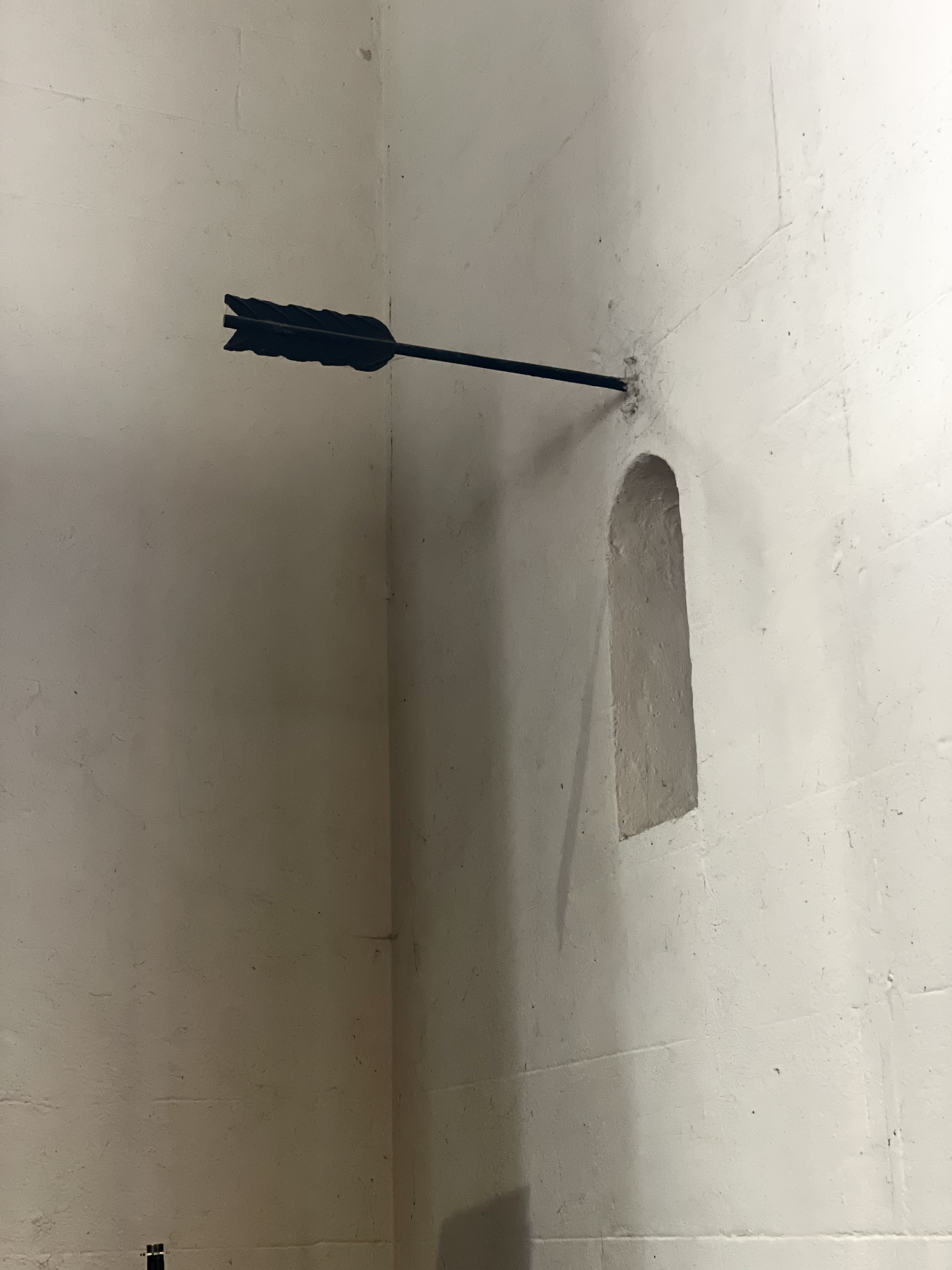
St Mary's Church Wreay |
What is best in church architecture during the years of Queen Victoria? The first building to call out… the church at Wreay – Nikolaus Pevsner, The Buildings of England
Vanlife
The van continues to be a haven whilst out in the sticks - a haven and a time machine - taking me to places full of telling.
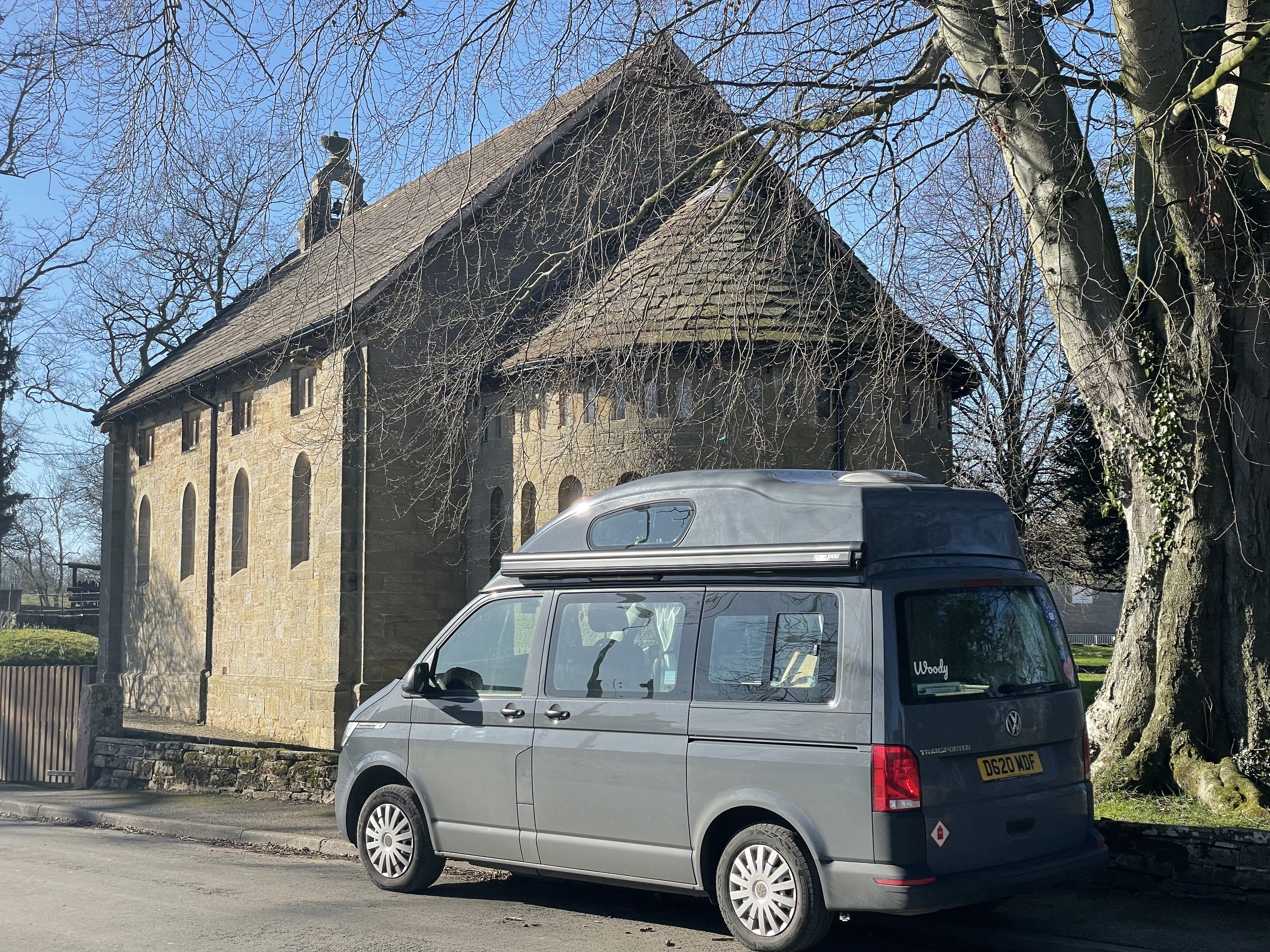
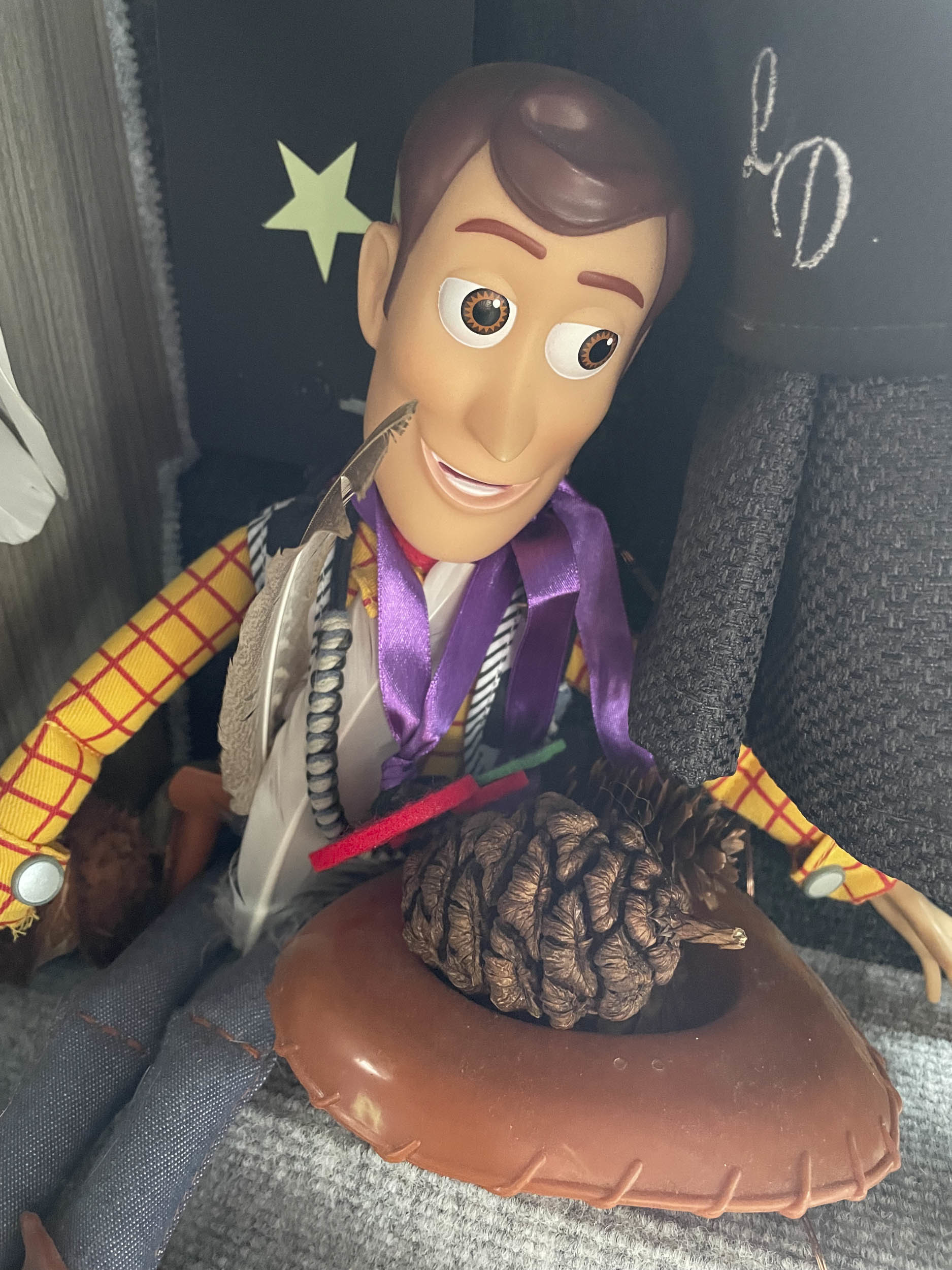
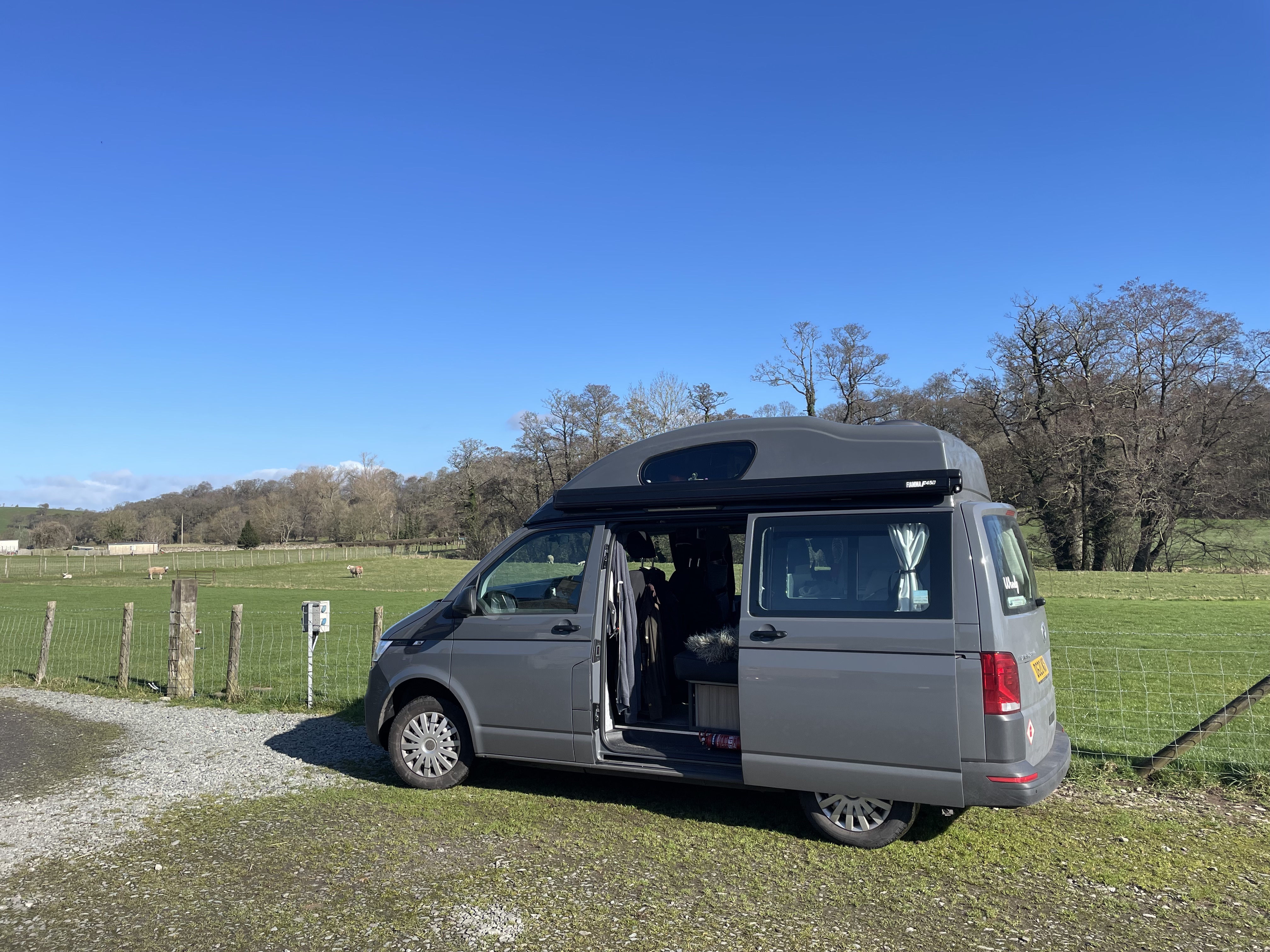
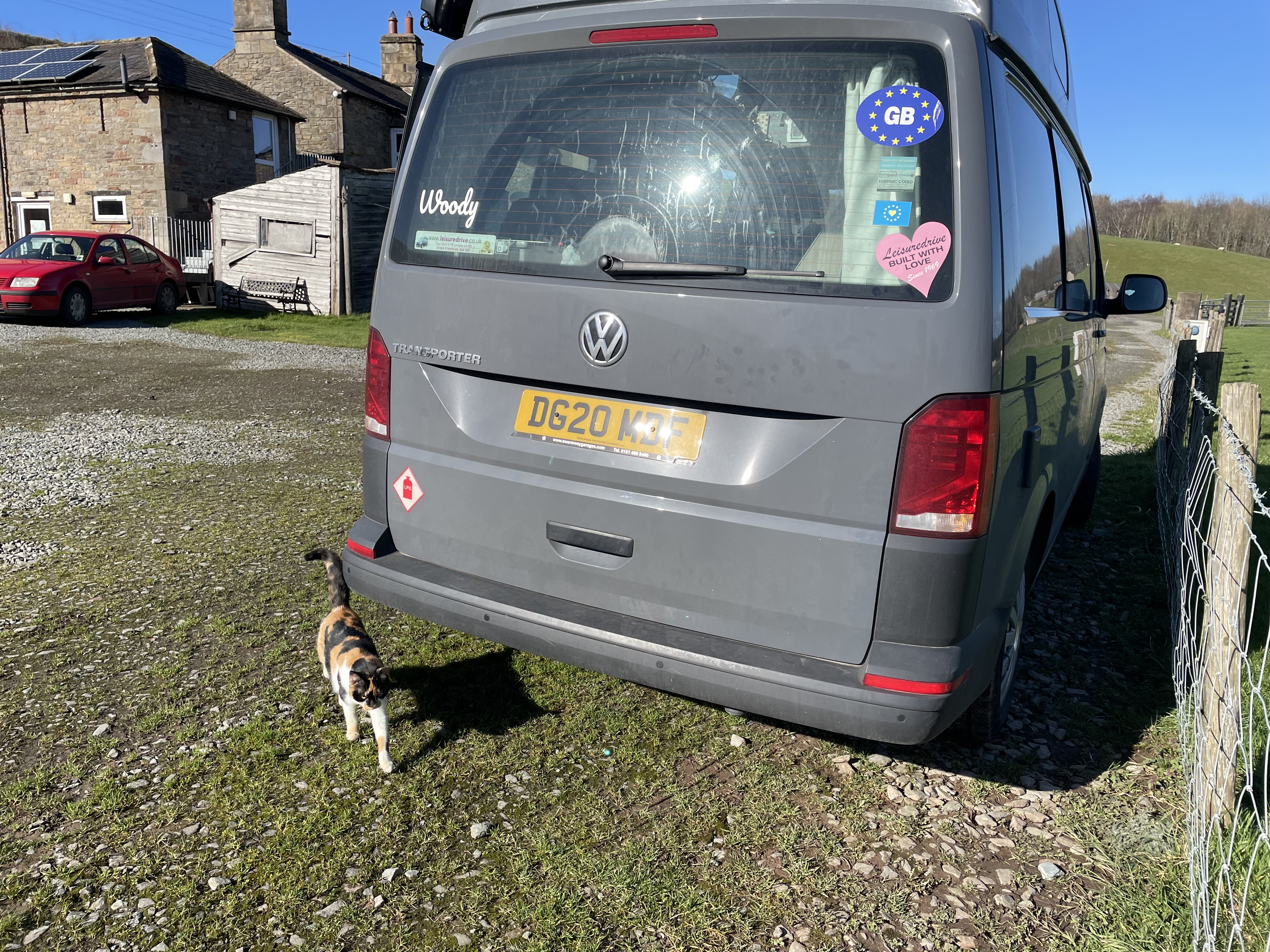
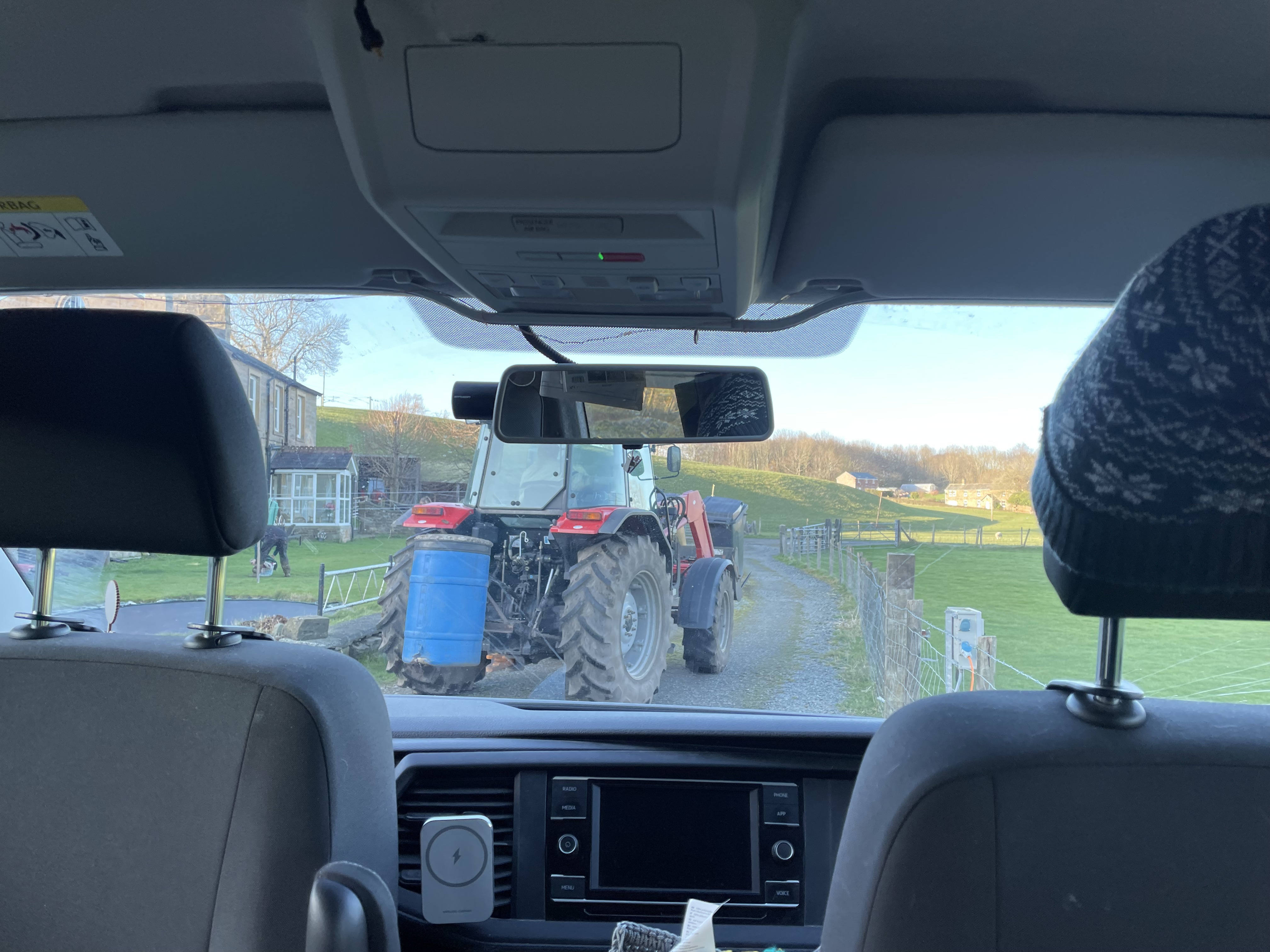
On My Coffee Table
The Pinecone: The story of Sarah Losh, Romantic, heroine, architect and visionary. Jenny Uglow.
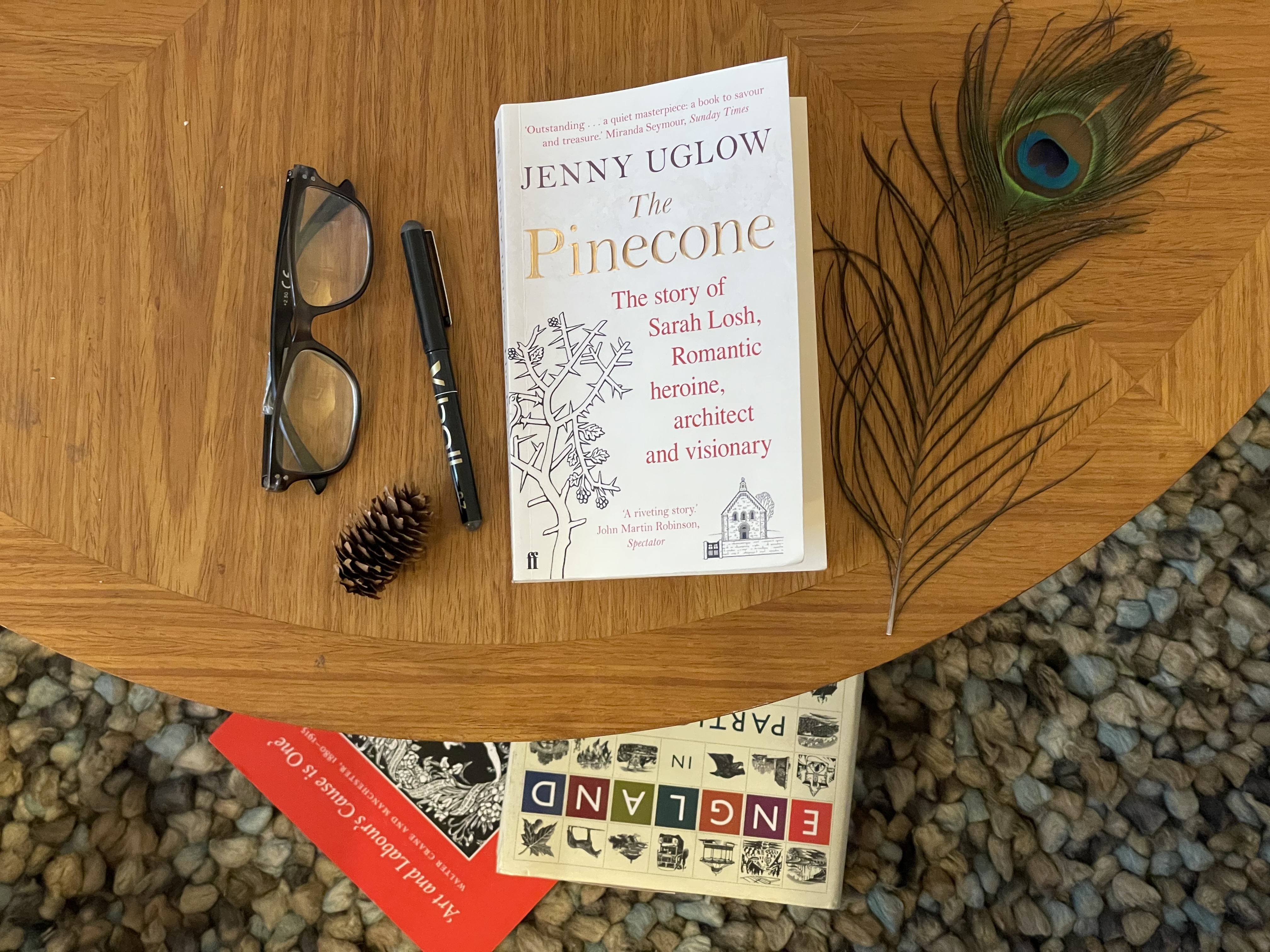
Extract (on the pinecone).
She [Sarah Losh]foreshadowed Ruskin and Morris in her use of local materials and appreciation of local craftsmen, while her style anticipated the Arts and Crafts movement by half a century. If the structure of her church is simple, the symbolic language is rich, drawing on a wealth of sources and cultures. And everywhere among those symbols there are pinecones, carved on the walls, on the roof beams and even the graves in the churchyard. The pinecone is an ancient symbol of regeneration, fertility and inner enlightenment: pinecones, carved in stone, decorated a Roman tombstone found at Gallows Hill near Carlisle in Sarah's day. But the pinecone was also a graphic embodiment of what Sarah, a fine mathematician, would have called the 'Sacred Geometry' of nature. The cone's bracts swirl in opposing directions from the base, following the spiralling Fibonacci sequence, a mathematical wonder since the thirteenth century, a simple sequence that comes from adding to each number the one that came before it - I, 2, 3, 5, 8, 13 - which achieves a unique ratio, the Golden Mean. The pattern is found throughout nature from the seeds of a sunflower to the whirls on a snail shell, and - although Sarah Losh would not have known this - it is there in the twists of DNA and the wheels of galaxies. It is the geometry of life.
From The Charo's
In honour of Margaret the farmer at Wreay.
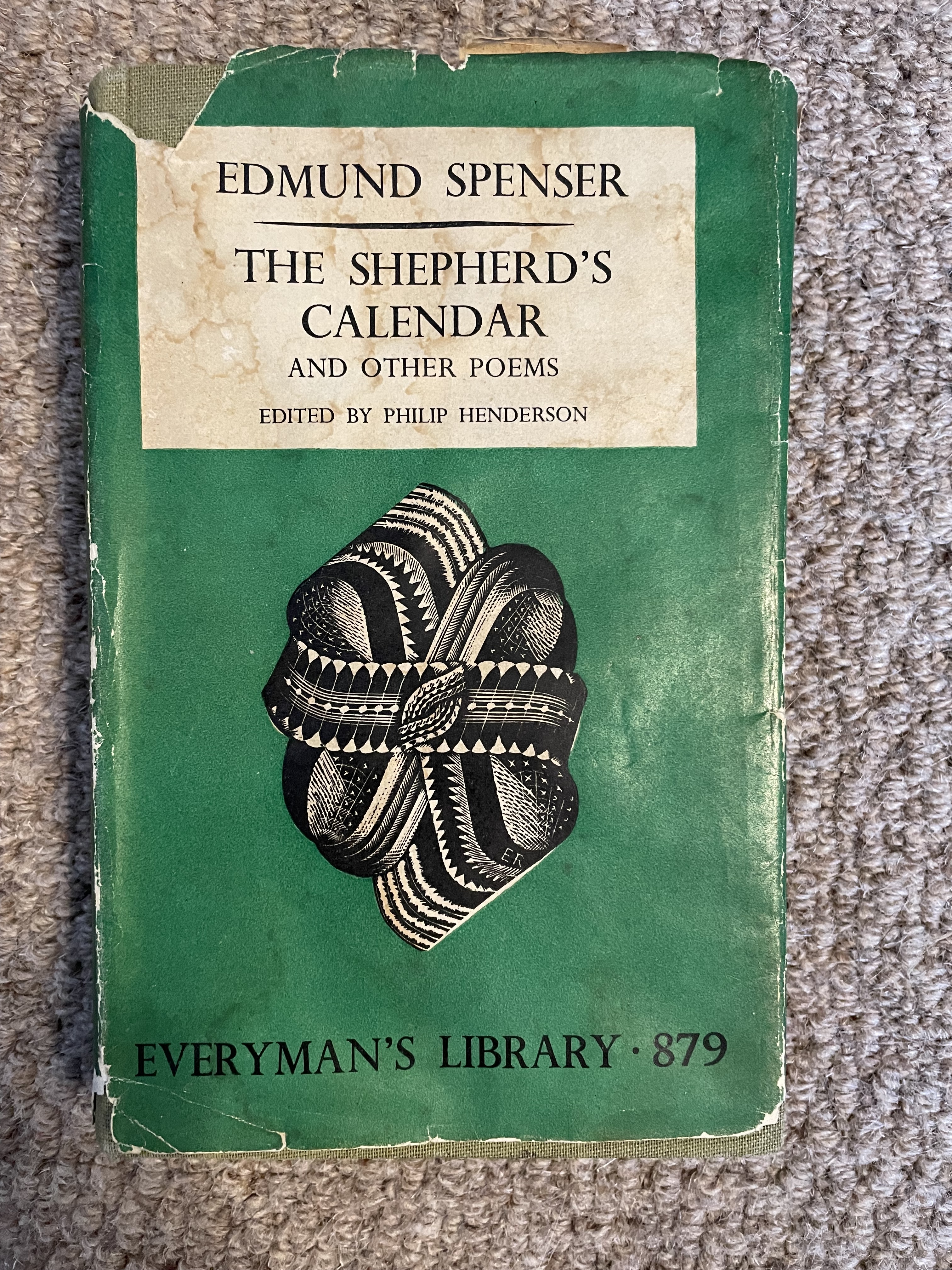
March
For winter's wrath begins to quell,
And pleasant spring appeareth:
The grass now gins to be refresht,
The swallow peeps out of her nest,
And cloudy welkin cleareth.
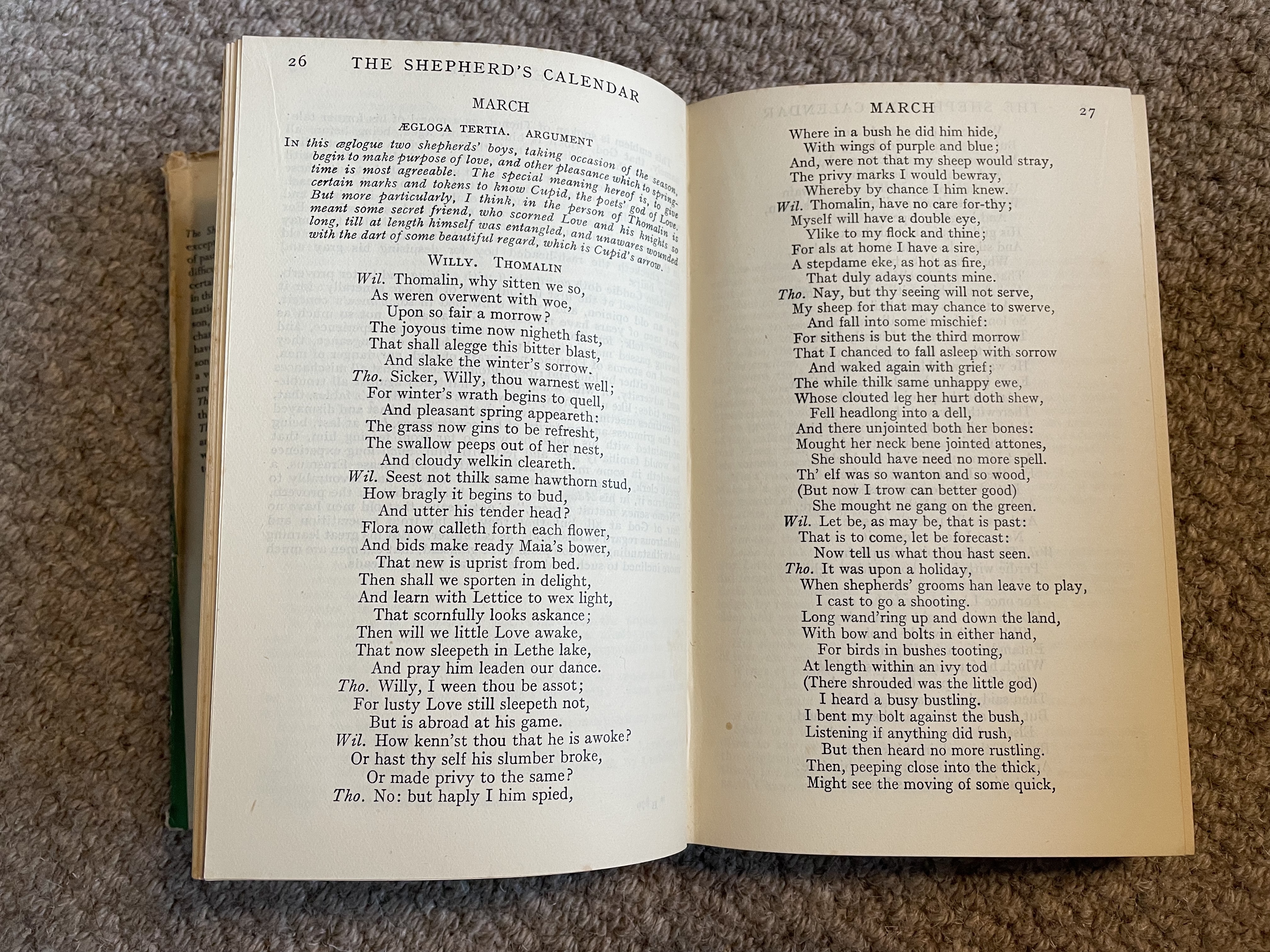
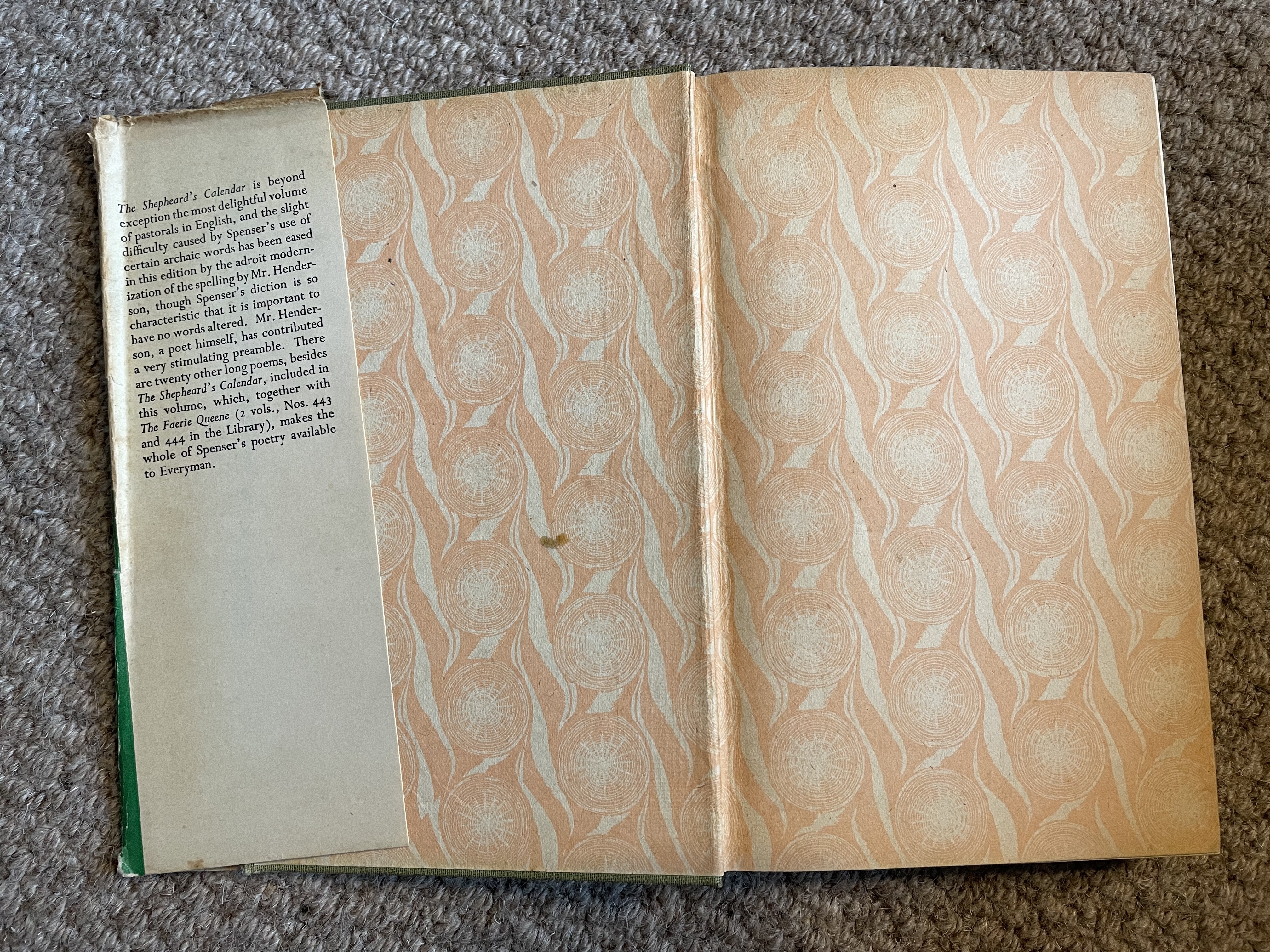
Bookmarked
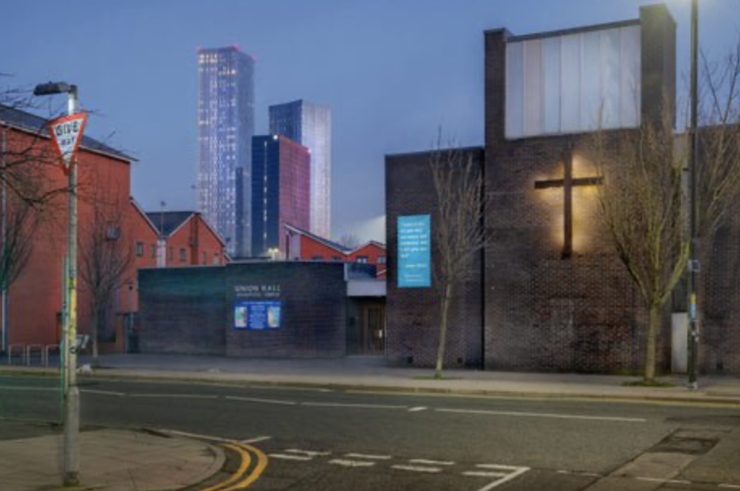
Time Will Tell: Not Quite Light
The photographs in this exhibition are the most recent from the ongoing Not Quite Light project, exploring the evolving areas either side of the inner ring road that encircles Manchester city centre and parts of Salford. Along this connecting artery there is great change.
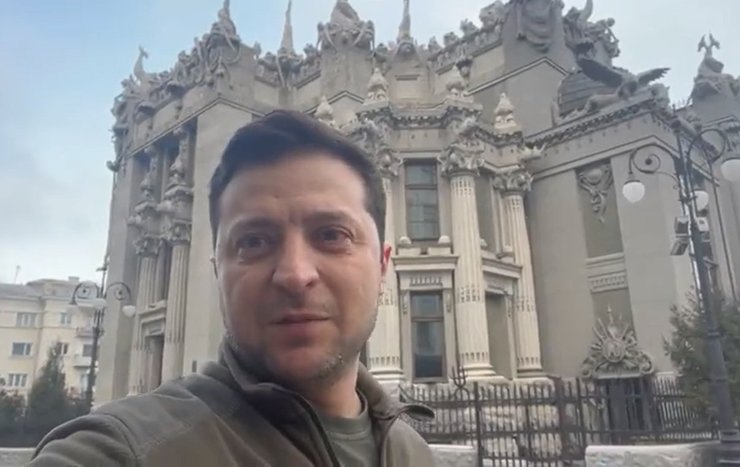
House with Chimaeras: Facts and Legends About an Unusual Art Nouveau Building in Kyiv
The House with Chimaeras (or The Horodecki House) is one of the most extraordinary buildings in Ukraine from the Modernist era.
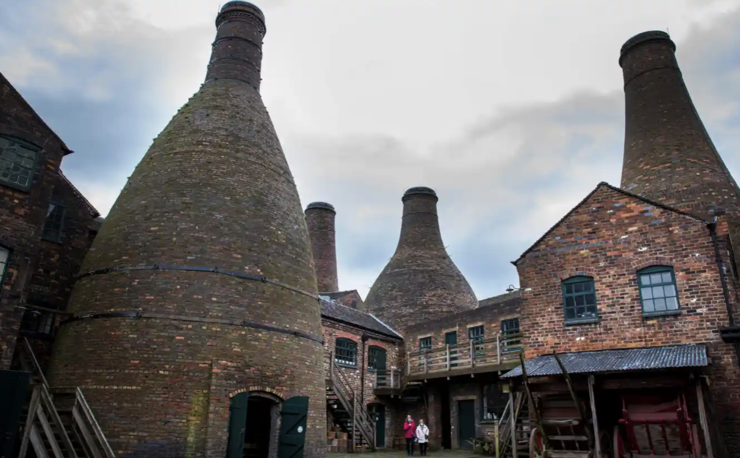
Stoke has missed chance to capitalise on its pottery heritage, says V&A boss | Heritage | The Guardian
The museum’s director says the city should be building on the booming interest in ceramics fuelled by TV and film, not slashing heritage funds
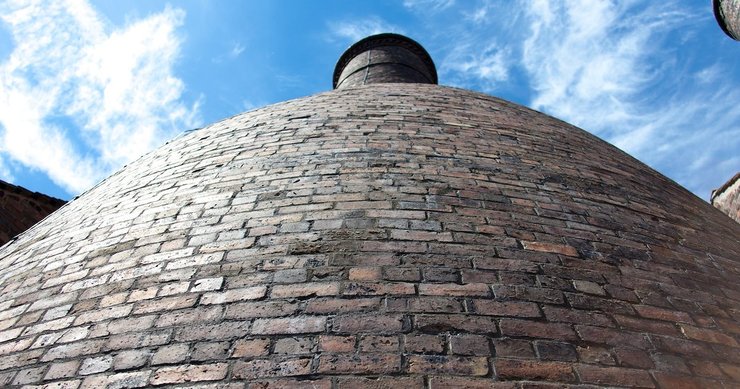
BLOATED by Andy Marshall
They rise from the earth like soft ochre termite hills.
Film and Sound
📸 Our meeting was completely accidental - whilst on a shoot over in Stoke I walk past an industrial tableau framed by a classic Midlands bottle kiln.
Tucked awkwardly into the corner was Tony's workshop.
The compact workspace was stacked from the crown to the toe top full of every shape and form of mould; and in the midst was Tony Ogen patiently working away on creating what is essentially a form to encompass nothing - making the "space between" - the space upon which the utility of the vessels we use depends.
[embed https://vimeo.com/37594703]

BBC Sounds - Things Fell Apart - Available Episodes
📸 Have been listening to this podcast this week. Jon Ronson provides an historical insight into the polarised behaviour of our present times. Eye opening.
From the Twittersphere
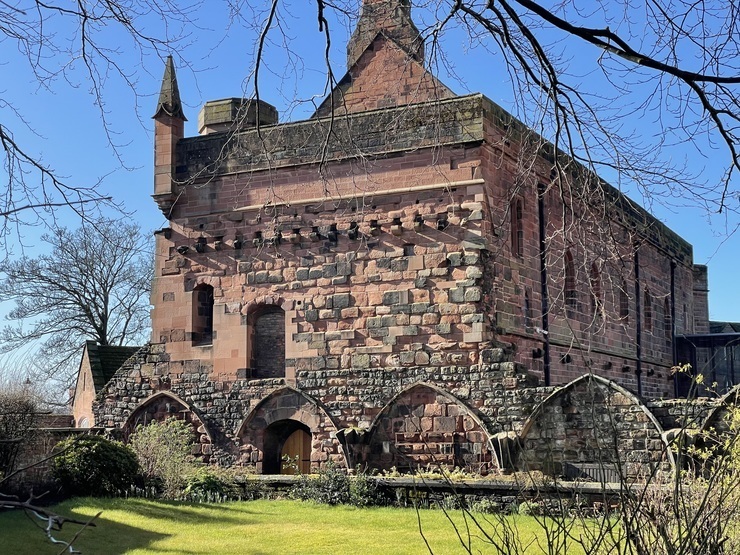
Andy Marshall 📸 on Twitter: "Every building has its time in the light. Here, in the raking light, the arches of the former cloister at Carlisle Cathedral are alive - bouncing along like a skimming stones.… https://t.co/4vtzIp2B0K"
Responses
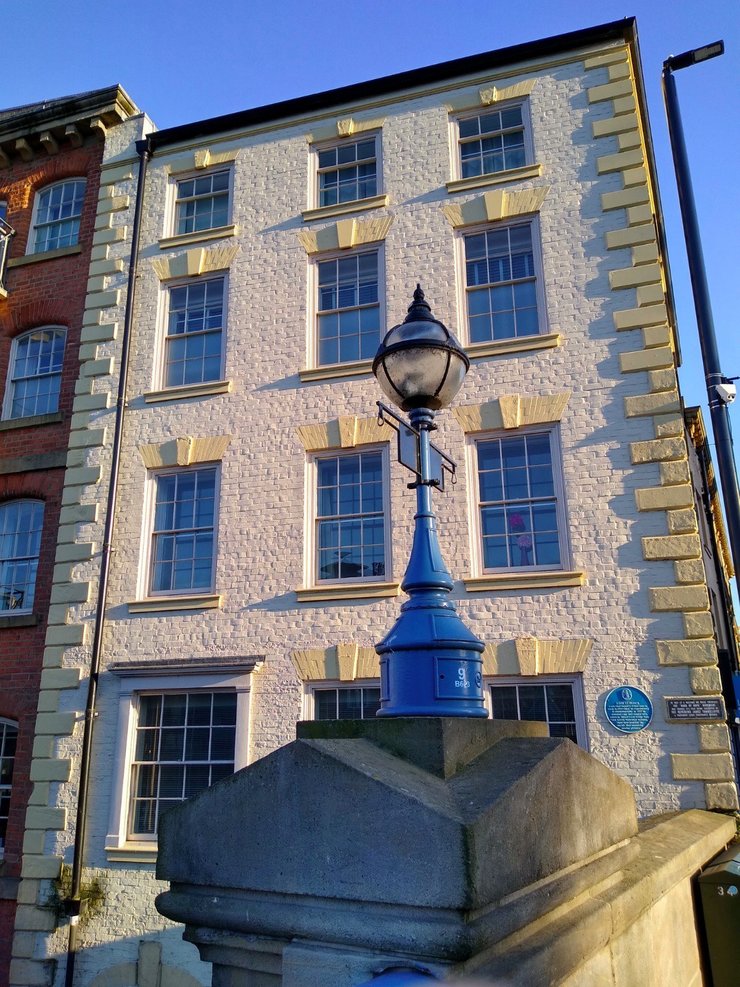
Rachael Unsworth on Twitter: "A very different example. I love catching a building at that moment when the surface is brought into relief. 1 Dock St, south end of #Leeds Bridge. Blue plaque records Louis Le Prince's capture of moving images from this building in 1988. I suppose my pic is the opposite?… https://t.co/S0MDkm9xng"
IFAW_Camino on Twitter: "Bloody hell, that's wonderful! I've been to Carlisle and don't remember that. 😲… "
NannyIs on Twitter: "That’s a wow from me.… "
Andrew Keith Aitken 💙 on Twitter: "Beautiful and apt description of the arches.… "
Become A Member
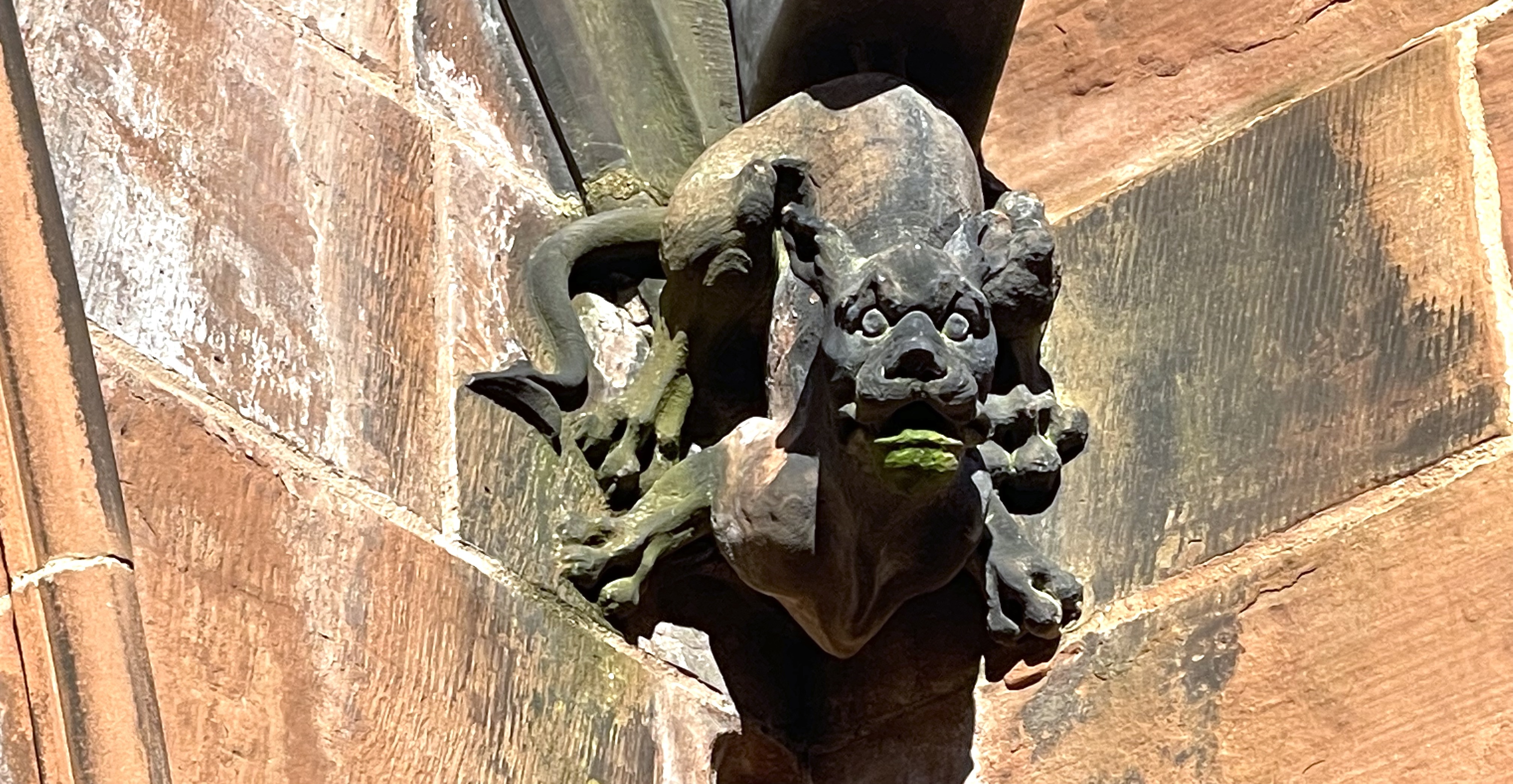
I love creating this digest - it’s a labour of love - and it remains free to all - posted out on a weekly basis, more often than not, from my travels in my van. It documents my engagement with our increasingly threatened historic built environment (heritage). I help others form attachments, ties and obligations to place.
From a Victorian trading shack in Oregon, USA to a medieval church in Stratford, England, our heritage is a vital part of our wellbeing - it nourishes us and contributes to a sense of identity. The aim of this digest is to underpin the significance of our heritage and share it with others to confront creeping baseline syndrome and help others develop new ways of seeing and interacting with the historic environment.
It takes a day every week to produce this digest and you can opt in to support my work by becoming a member. There are some juicy member benefits too - become a member here.
Thank You. 📸🚐🏛
Thank You!
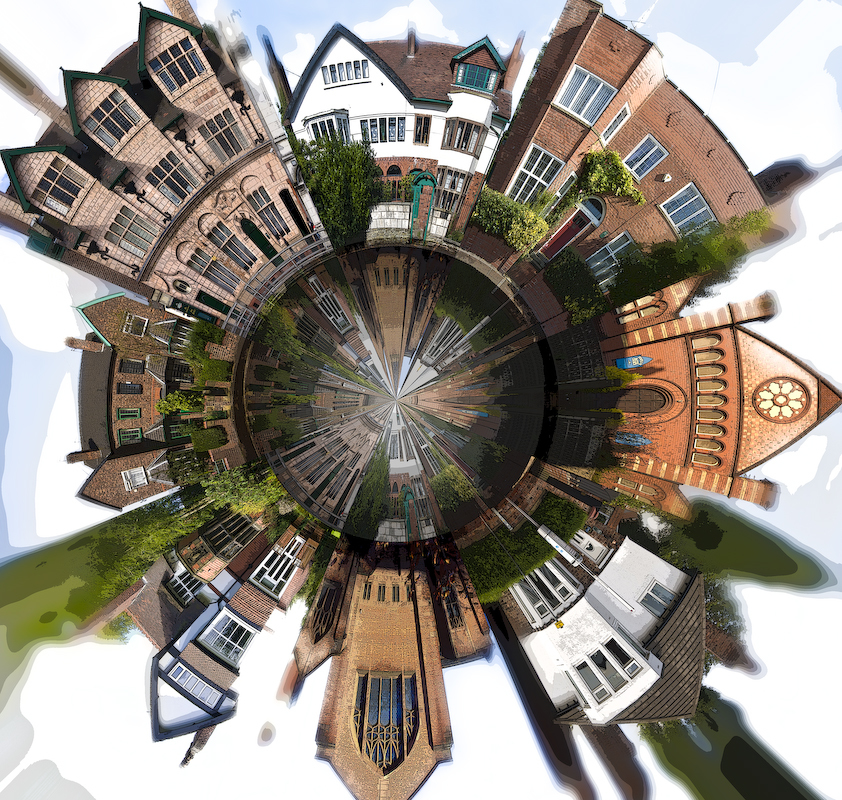
A huge thanks to those that have signed up for membership.
As well as the weekly Digests, you’ll also receive an exclusive ‘Patina’ monthly digest at the end of every month. Here you’ll be able to glimpse insights into how my book is developing (with extracts) and also get a link to your free digital download.
New Members
New members can access the other Patina digests here. Click on the relevant Patina issue and follow the instructions to read. This is the best way to read my book excerpts from the start.
And Finally...
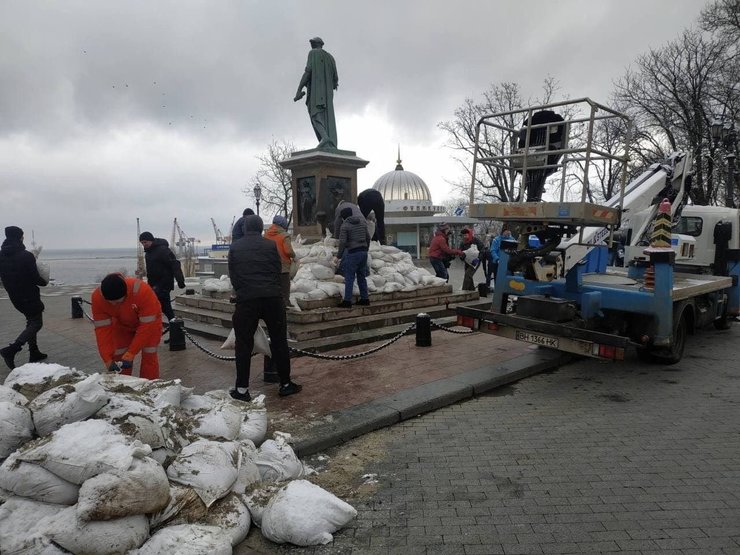
The Kyiv Independent on Twitter: "Volunteers place sandbags around one of Odesa’s landmarks, the monument to Duke of Richelieu, to protect it from potential Russian bombardment. 📸: Odesa City Council… https://t.co/eC4BKesjA9"
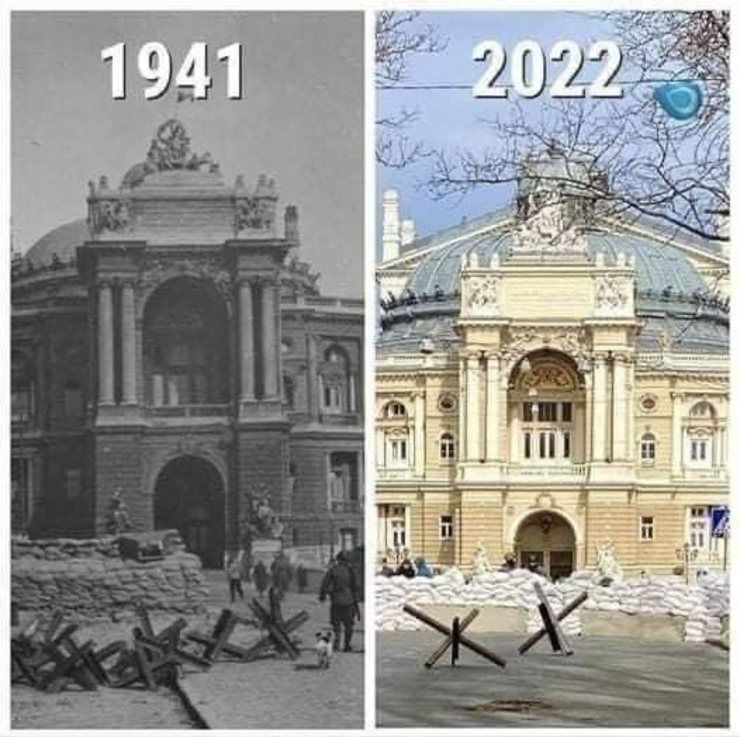
Opera magazine on Twitter: "From Odessa to Odesa: the opera house.… "
My Linktree



Member discussion